The big picture – EU Indirect Tax harmonization efforts: where are we now?
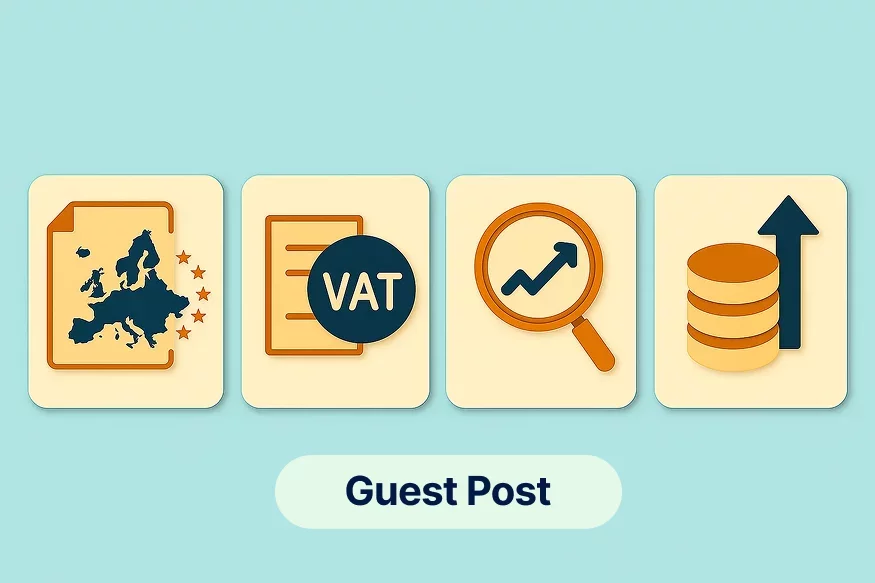
Summary
Based on a presentation by Amanda Z. Quenette, VAT Attorney at CMS Francis Lefebvre, at the 9th Annual Indirect Tax and VAT Management conference, this article explores the current state and future of the European Union's indirect tax harmonization efforts.
How is the recent approval of the VAT in the Digital Age package impacting EU VAT Systems?
How can businesses leverage the new EU SME VAT scheme to optimize cash flow across borders?
To what extent are EU member states likely to take advantage of the new flexibility in applying reduced VAT rates?
What impact will expanded e-invoicing mandates play in EU countries like France and Germany this year?
The European Union's harmonized VAT system serves as a model for tax systems worldwide, but it is undergoing a significant facelift to adapt to new technological realities and the needs of cross-border businesses. Amanda Z. Quenette, a French and American attorney specializing in VAT advisory and controversy, describes this landscape as a fine balance between the "forest" of an overarching, uniform Union and the "trees" of local, sovereign specificities within each member state.
A Union of Laboratories
Quenette suggests viewing the EU's approach to VAT through the lens of a U.S. Supreme Court opinion: "a single courageous state may, if its citizens choose, serve as a laboratory and try novel, social, and economic experiments without risk to the rest of the country". This is precisely what EU VAT harmonization allows. While some scholars argue that the system is not harmonized enough, leading to high compliance costs and legal uncertainty, the practical reality shows that this partial harmonization provides valuable flexibility. It enables member states to learn from one another, ultimately making the Union stronger together. This aligns with recent surveys showing that a "whopping 90%" of EU citizens believe member states should be more united to face global challenges.
ViDA: A Three-Pillar Revolution
The most significant recent development is the VAT in the Digital Age (ViDA) package, approved on March 25th after 27 months of negotiations. ViDA is organized around three pillars designed to modernize the system, though its transposition into national law is still pending and facing delays in countries like France.
Pillar 1: E-invoicing and Digital Reporting
The first pillar aims to harmonize reporting across the EU to combat fraud through e-invoicing and digital reporting requirements (DRR). However, this pillar faces several challenges:
Divergent Rules: Critics argue ViDA doesn't go far enough, leaving a "spotty patchwork" of divergent domestic rules. The implementation process itself highlights this divergence, with early adopters of e-invoicing, like Italy, postponing their rollout seven times and making 50 subsequent changes.
Implementation Delays: The delayed go-live dates for national mandates undermine the collective credibility of the project, creating uncertainty for in-house teams seeking budgets and for professionals trying to advise clients. France, for example, has postponed its B2B e-invoicing mandate multiple times, with the current go-live now set for September 2026.
Rising Costs: The French reform has shifted from its initial low-cost promise to a model that mandates the use of private "dematerialization platform partners," creating a steep initial investment and ongoing costs for businesses.
Data Granularity: The push toward pre-filled VAT returns raises concerns about the sheer volume of data being collected. A practical example involves French imports: since import VAT data is already collected by customs and used to pre-fill returns, these transactions are excluded from the e-reporting scope. However, this misses crucial data, such as credit notes for end-of-year volume discounts, raising the question: what level of granularity is truly necessary?.
Despite these hurdles, Quenette advocates for a pragmatic, ambitious approach, urging stakeholders to "just do it" and learn from the process, much like the EU did when it first adopted VAT in 1967.
Pillar 2: The Platform Economy
This pillar expands the deemed supplier rules to new sectors. Following the implementation for goods, platforms facilitating short-term accommodation rentals and passenger transport by road are next. The key insight here is the need for all stakeholders to learn from previous implementations as the scope of these rules continues to grow.
Pillar 3: Single VAT Registration
The third pillar aims to simplify cross-border compliance by expanding the use of the One-Stop Shop (OSS) and reducing the need for multiple VAT registrations. However, the approach has limitations:
Many companies prefer to remain VAT registered in multiple member states to avoid the notoriously slow 8th and 13th Directive refund procedures.
The proposed mandatory domestic reverse charge mechanism can have "perverse effects". For instance, a non-established entity buying and reselling goods that remain in France cannot obtain a French VAT registration if its client is already registered, forcing it to use the lengthy 8th Directive refund process to recover VAT. This can take months, compared to a potential monthly recovery via a standard VAT return.
Ultimately, Quenette argues that efficient VAT refund handling is the real, urgent issue for Europe's business competitiveness, which requires tax administrations to have sufficient human, IT, and cash resources.
Ongoing Challenges in Harmonization
Beyond ViDA, other harmonization efforts highlight the complexities of aligning 27 different systems.
Distance Sales of Imported Goods: The push to use the Import One-Stop Shop (IOSS) is intended to simplify compliance. However, legal instability can undermine these efforts. Quenette cites a dropshipping client who faced nine changes to the applicable VAT rules over several years. This confusion led the client to opt for IOSS without ever using it, while their customers were still being asked to pay import VAT at the post office. The client ultimately shut down the business, demonstrating that an unstable legal framework can become a significant barrier to trade.
Small Enterprise Scheme: A new cross-border scheme allows small enterprises below a €100,000 threshold to apply a VAT exemption in multiple member states. In practice, this scheme has received very little attention from businesses, unlike the successful uptake of OSS for distance sales in 2021. This may be due to poor communication, incomplete transposition by member states, or IT challenges.
VAT Rates: A 2022 directive gave member states more flexibility to apply reduced VAT rates, but few have used this freedom due to budgetary constraints. Rates remain a source of friction, from sudden rate hikes in Romania to audits in France challenging whether a product is a reduced-rate book or a standard-rated children's sticker activity. Looking ahead, the VAT Expert Group has suggested undoing this complexity and moving toward a system of just two rates per member state: one standard and one reduced.
The Way Forward: Keep It Simple
The central takeaway is that the EU's VAT rules have become too complex and are no longer efficiently exploitable for businesses or tax administrations. The future goal, as Quenette passionately concludes, can be summed up by the acronym K.I.S.S. — Keep It Simple, Stupid. The path forward requires streamlining and standardizing rules while allowing for narrowly targeted flexibility. This approach is in the collective interest of all stakeholders and is essential for the EU's continued economic success.

Featured Insights

Angola’s E-Invoicing Mandate: Phased Implementation Continues Into 2026
🕝 December 10, 2025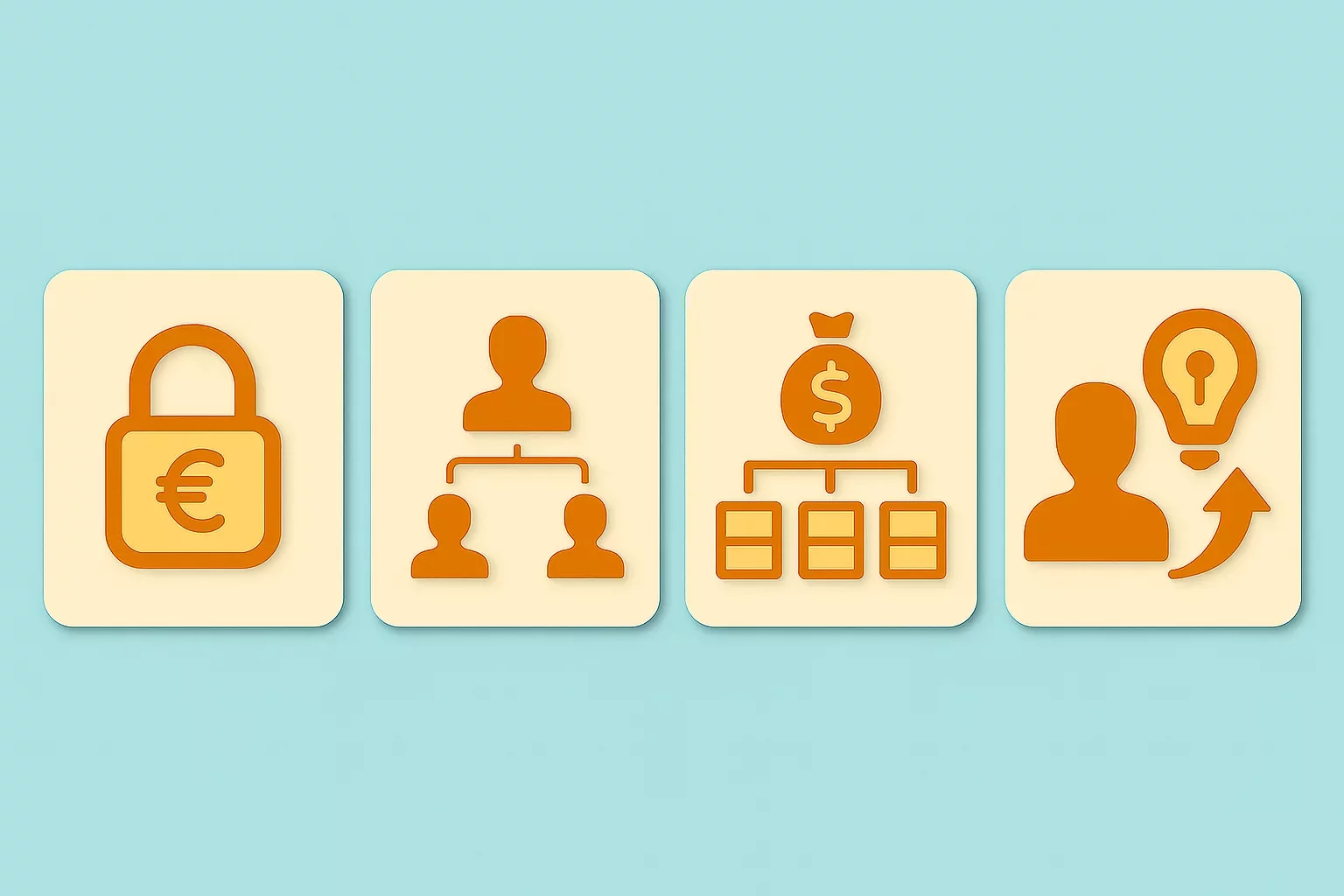
VAT Deduction and Business Succession: When Do Advisory Costs Serve the Company’s Interest?
🕝 December 8, 2025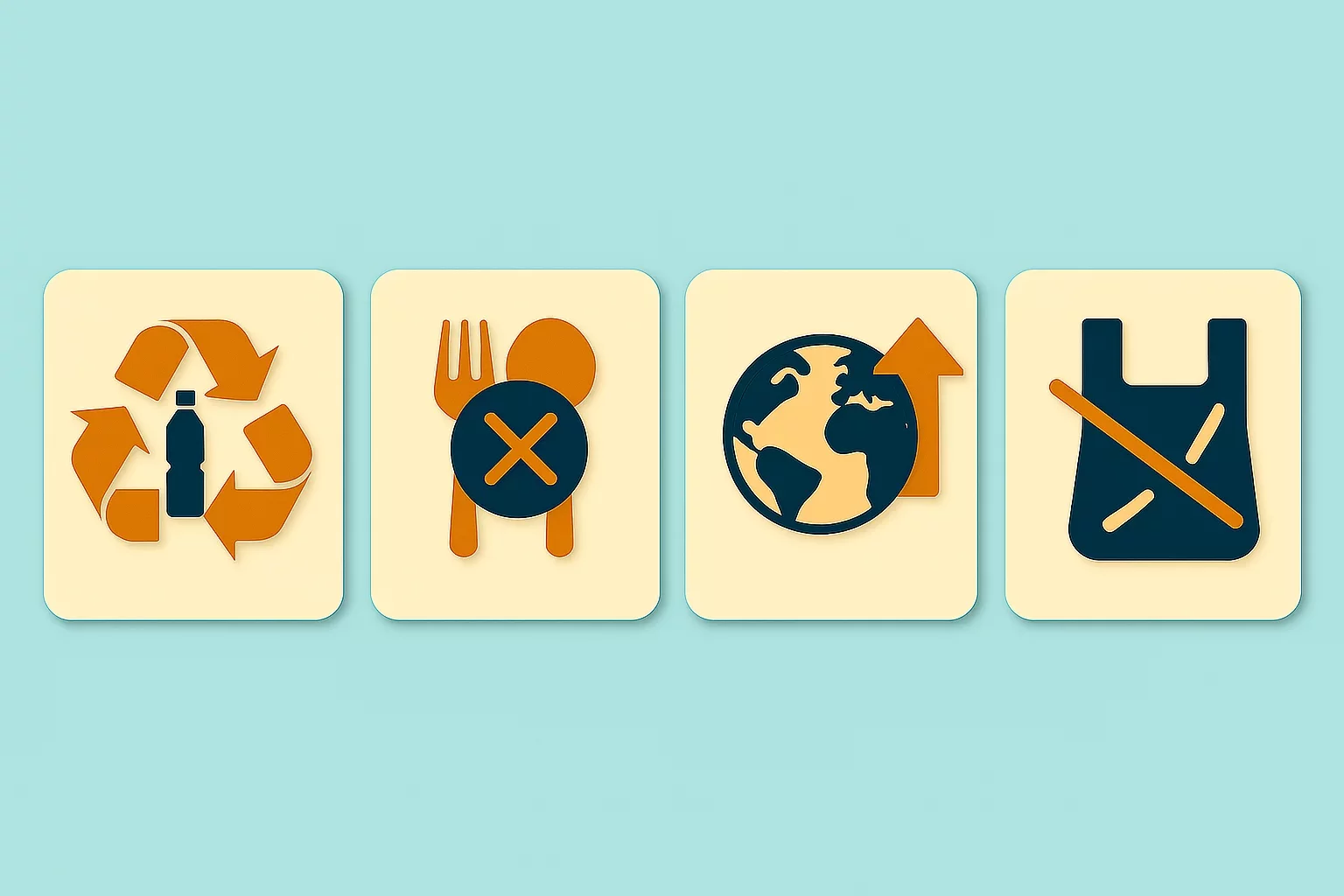
Europe’s Plastic Fiscal Shift: Why Italy’s Plastic Tax Now Starts in 2027
🕝 December 3, 2025
The Decline of Low-Value Import Exemptions: Closing Gaps in Cross-Border E-Commerce
🕝 November 20, 2025More News from Europe
Get real-time updates and developments from around the world, keeping you informed and prepared.
-e9lcpxl5nq.webp)

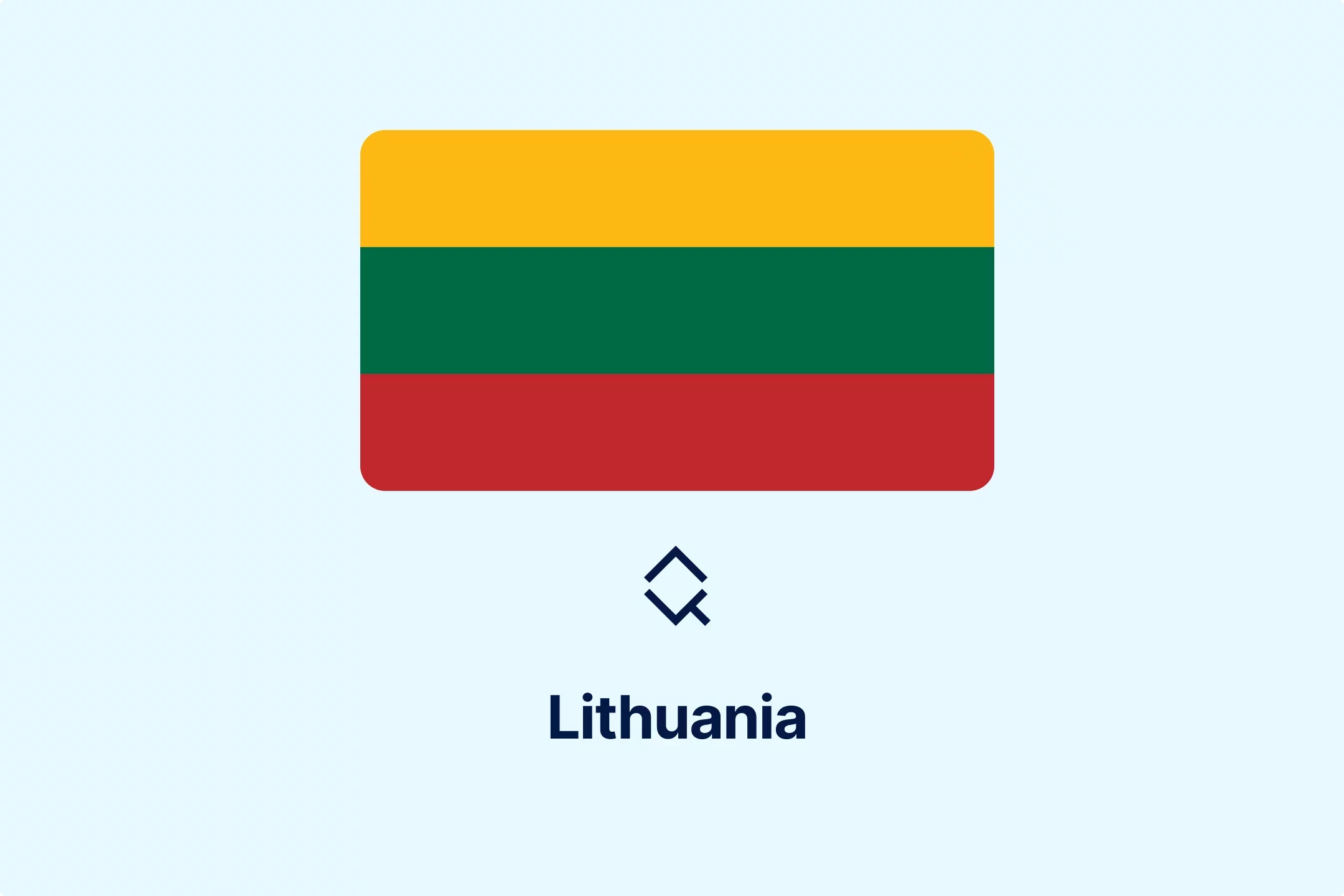
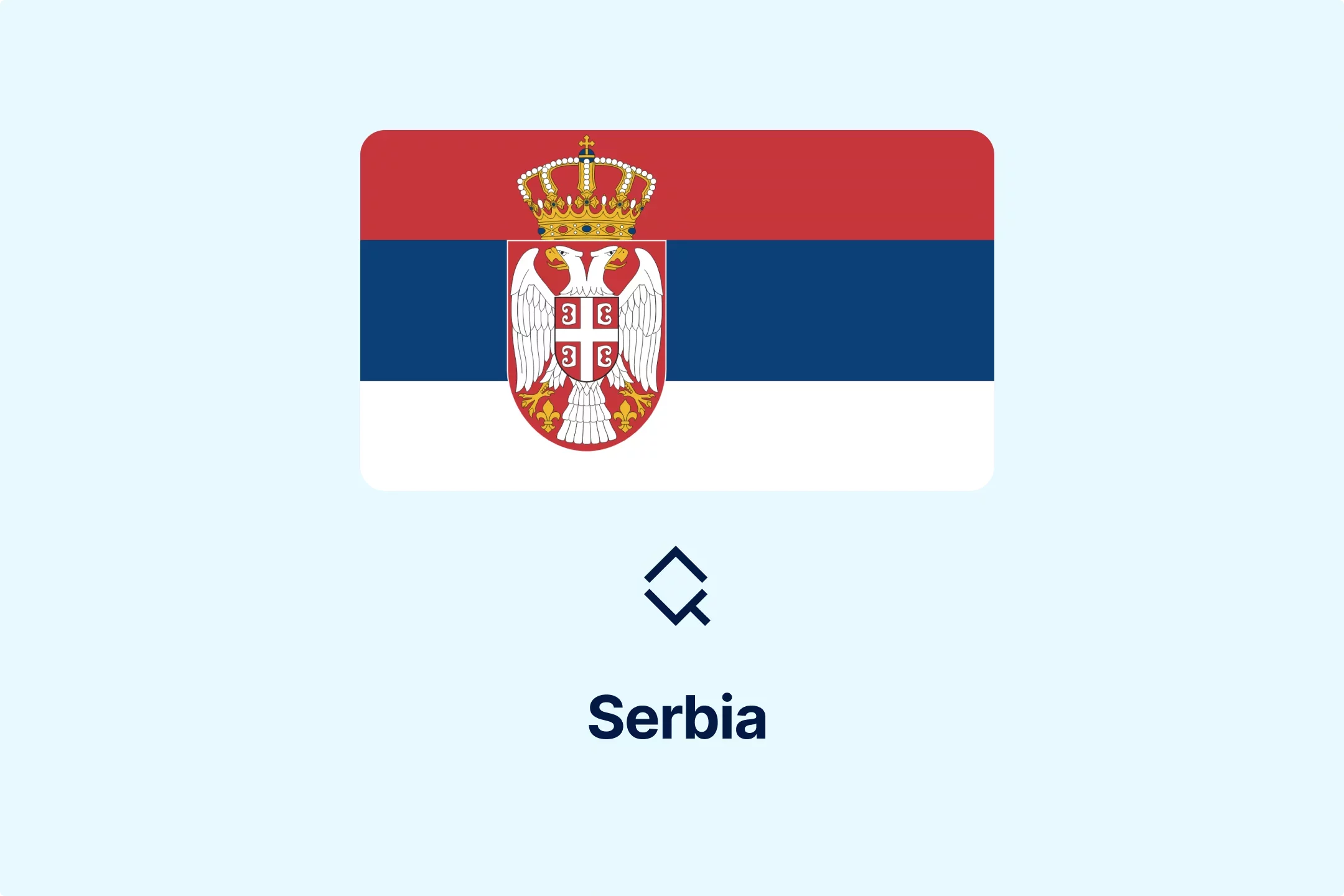
-webajrr4ny.webp)
-evibmwdwcn.webp)
-7acdre0hop.webp)
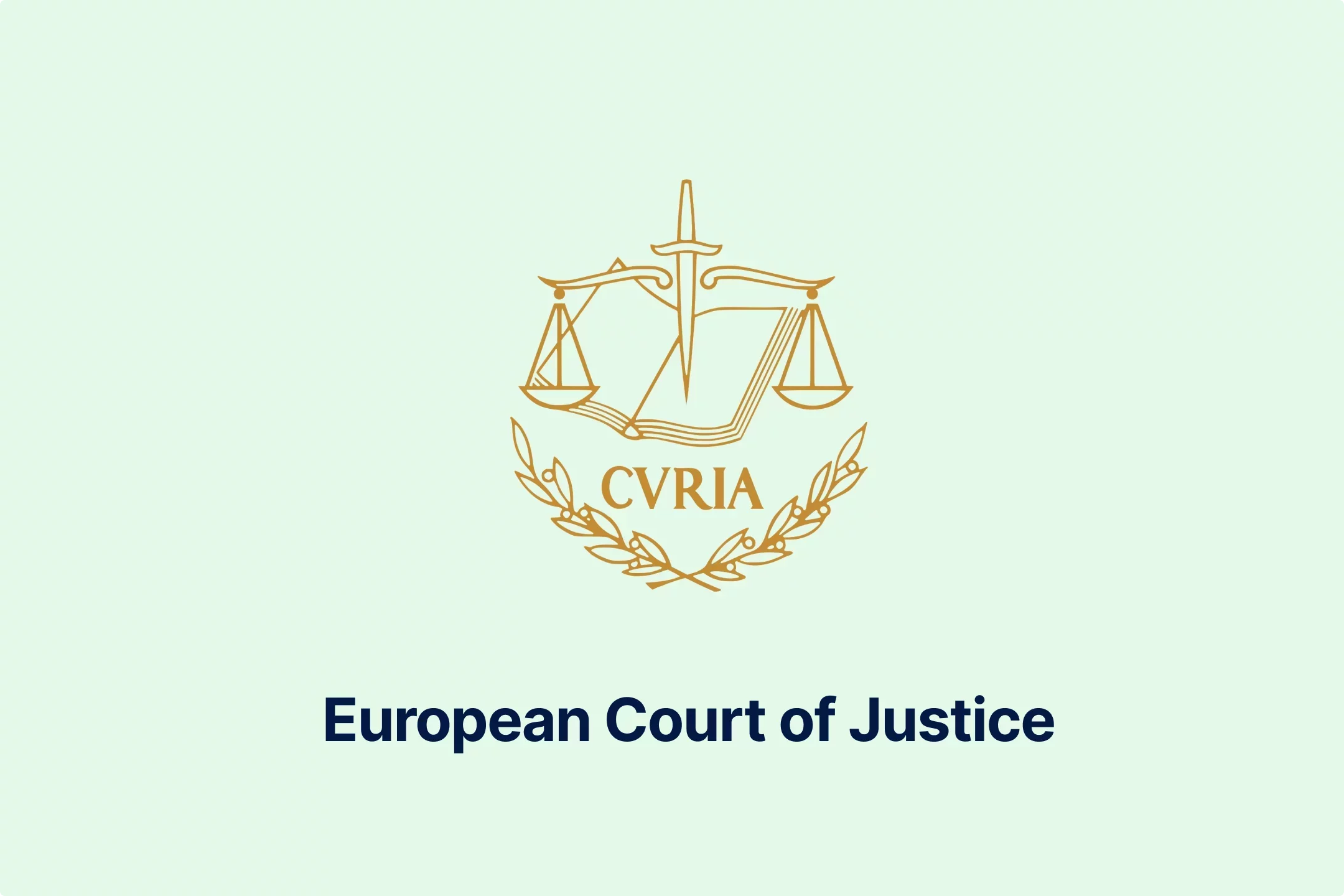
-lcgcyghaer.webp)
-ol6mdkdowg.webp)
-aqdwtmzhkd.webp)
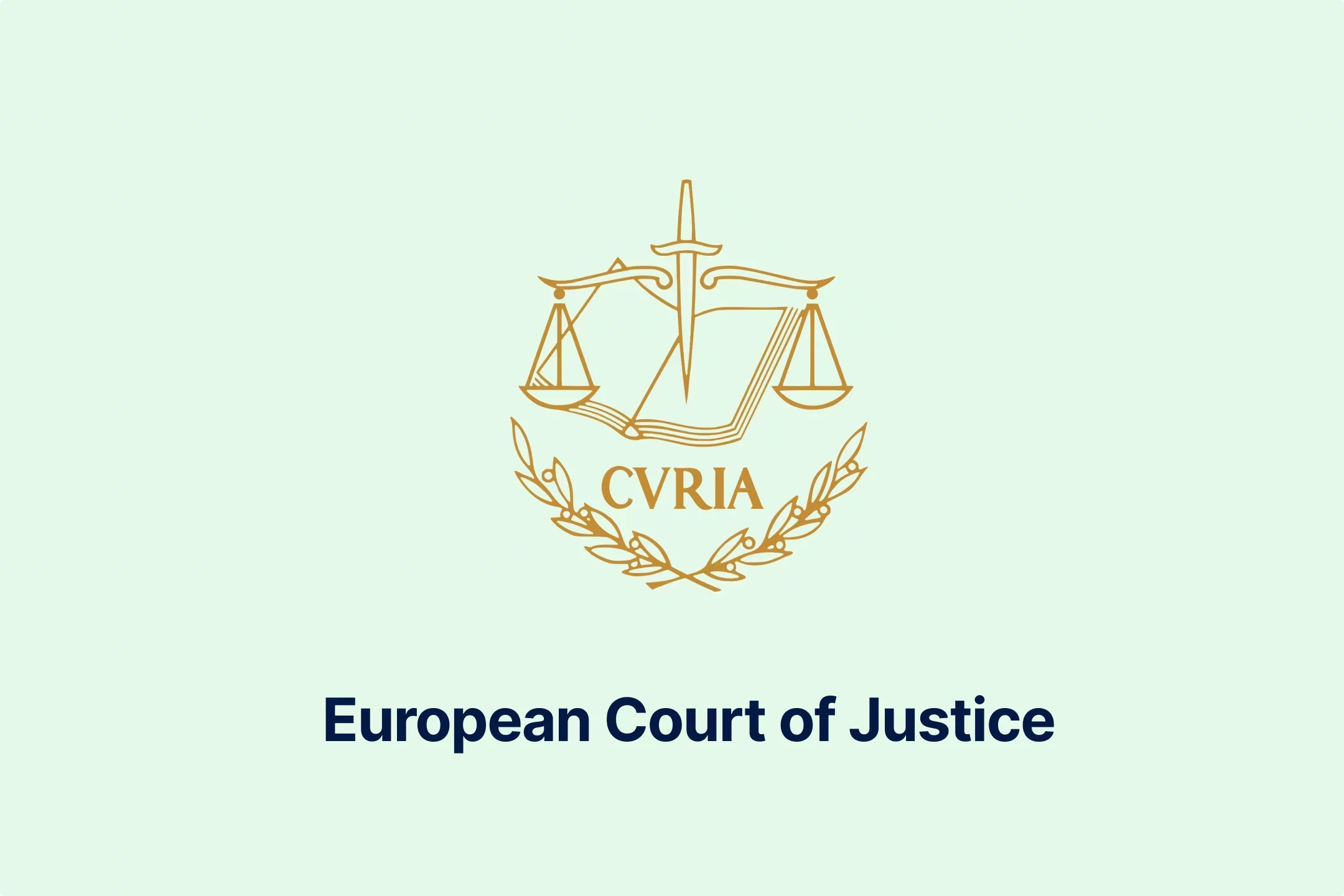
-njgdvdxe2u.webp)
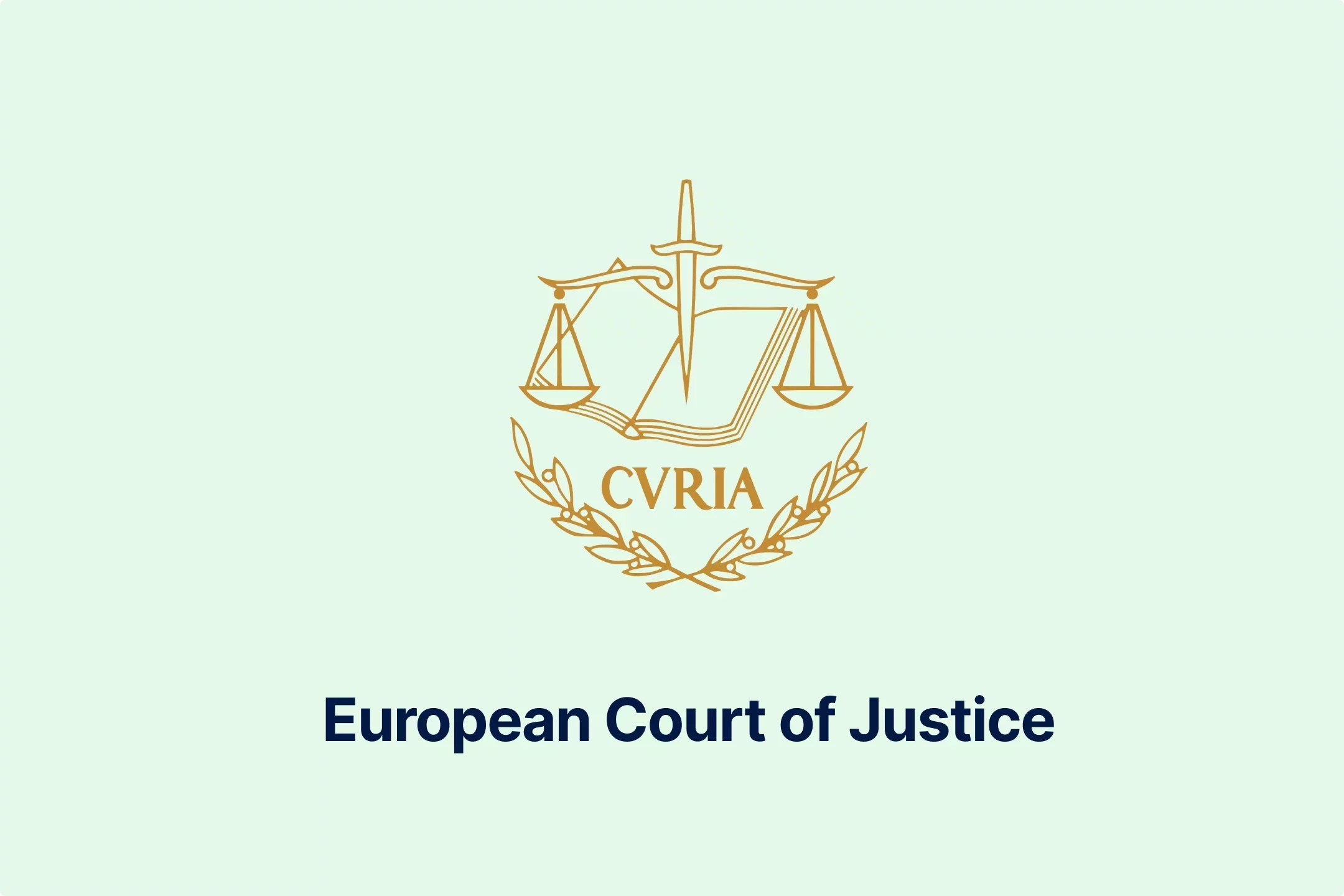
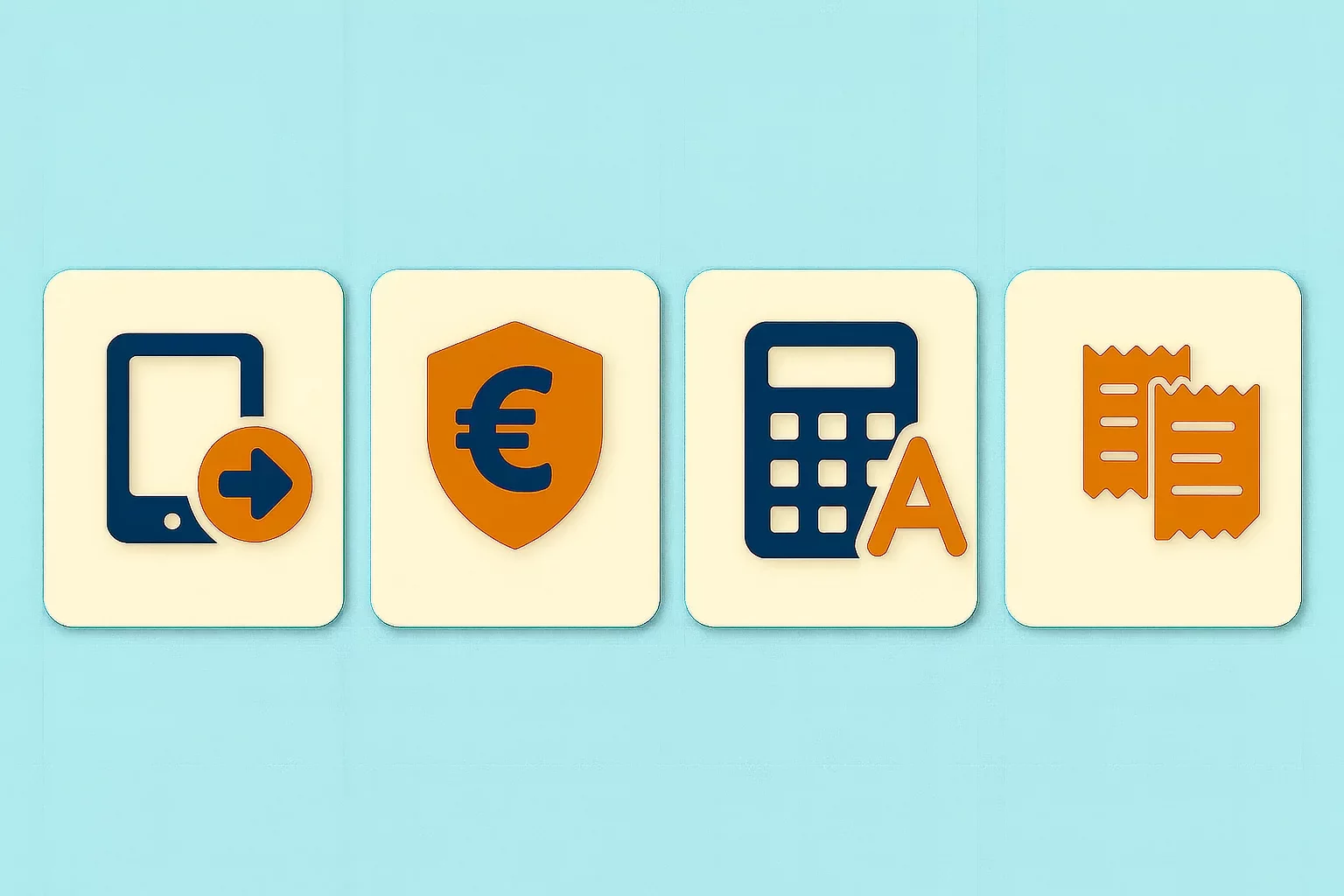
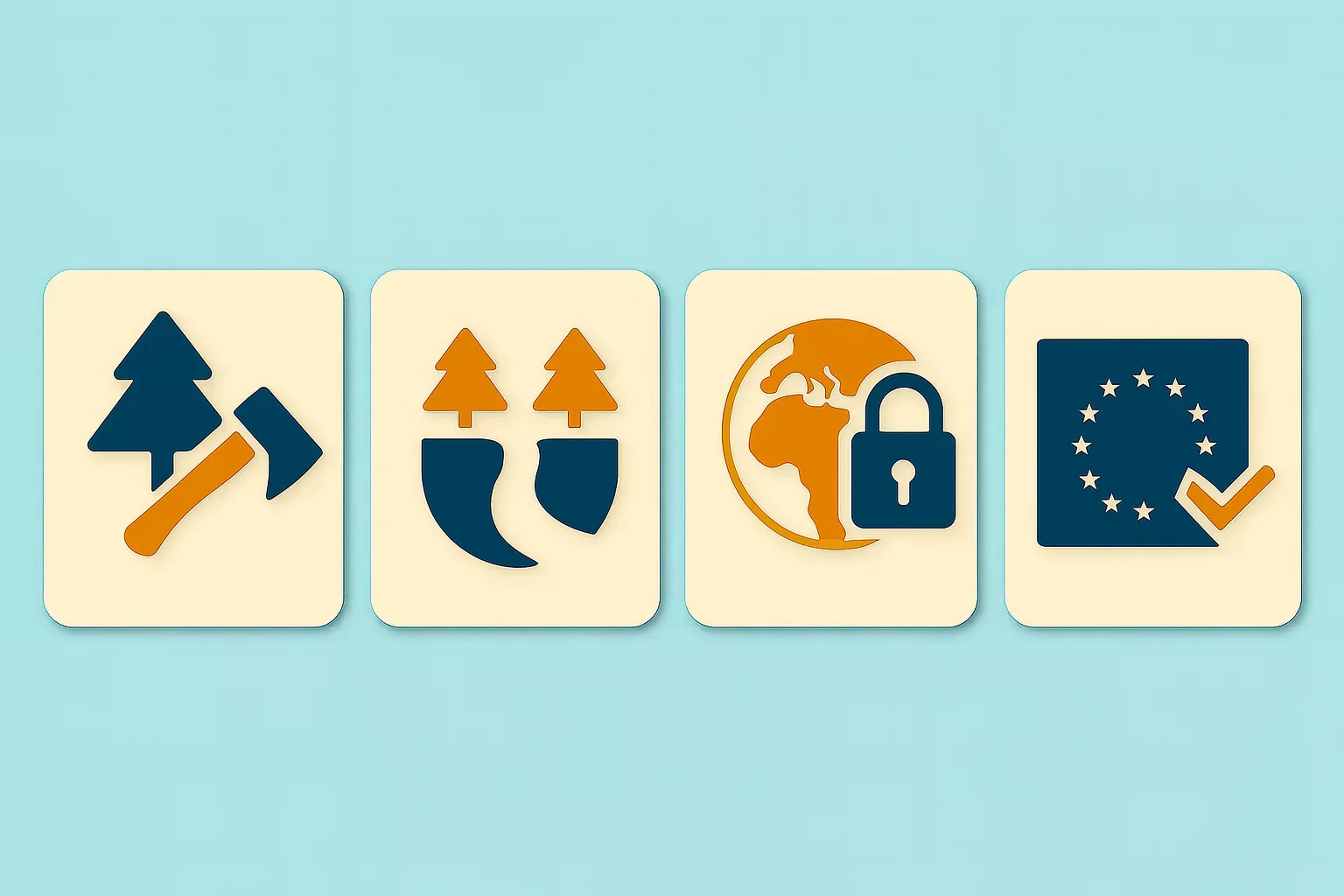
-i6rki3jbad.webp)
-hdwgtama05.webp)
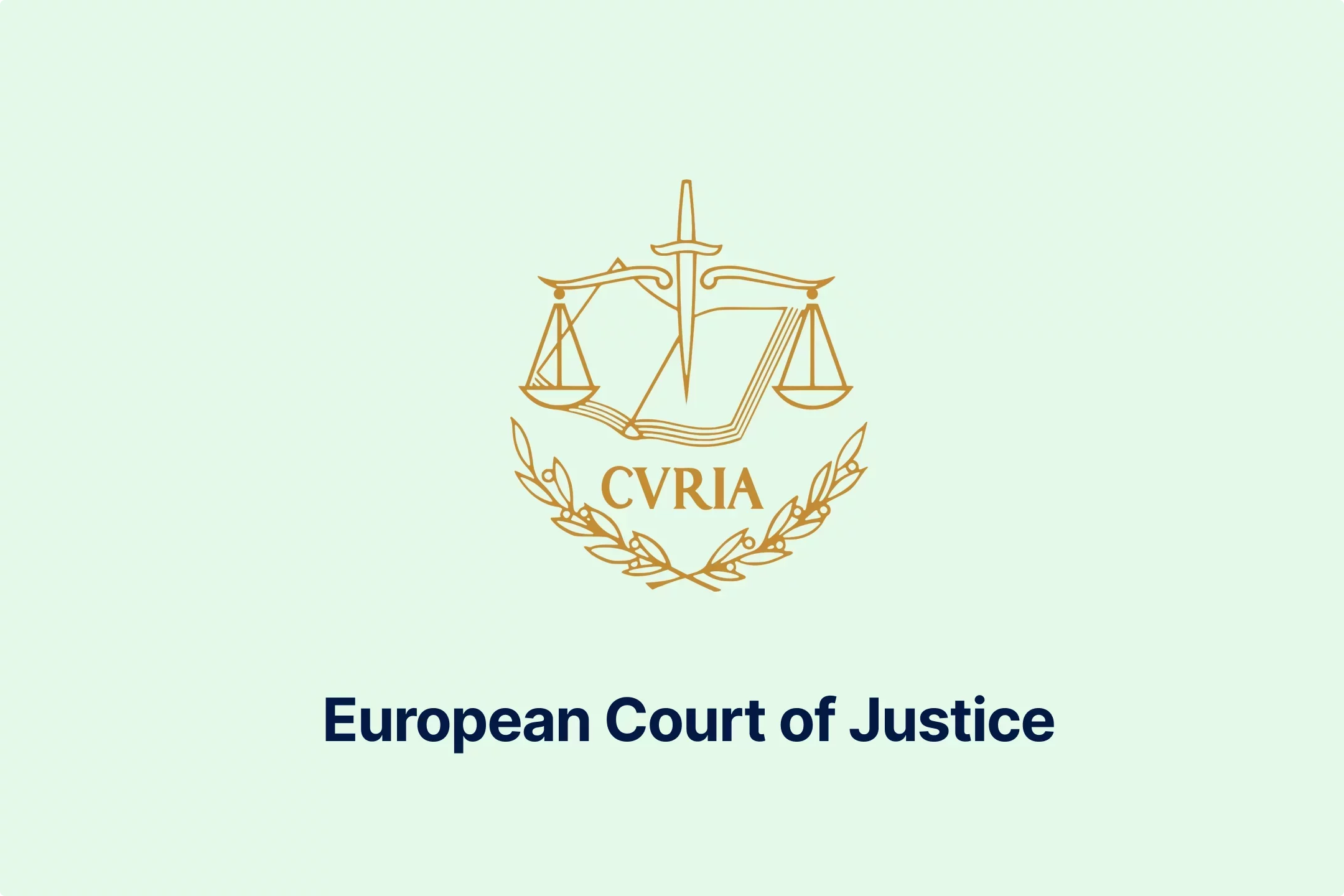
-atbhy5fyxv.webp)
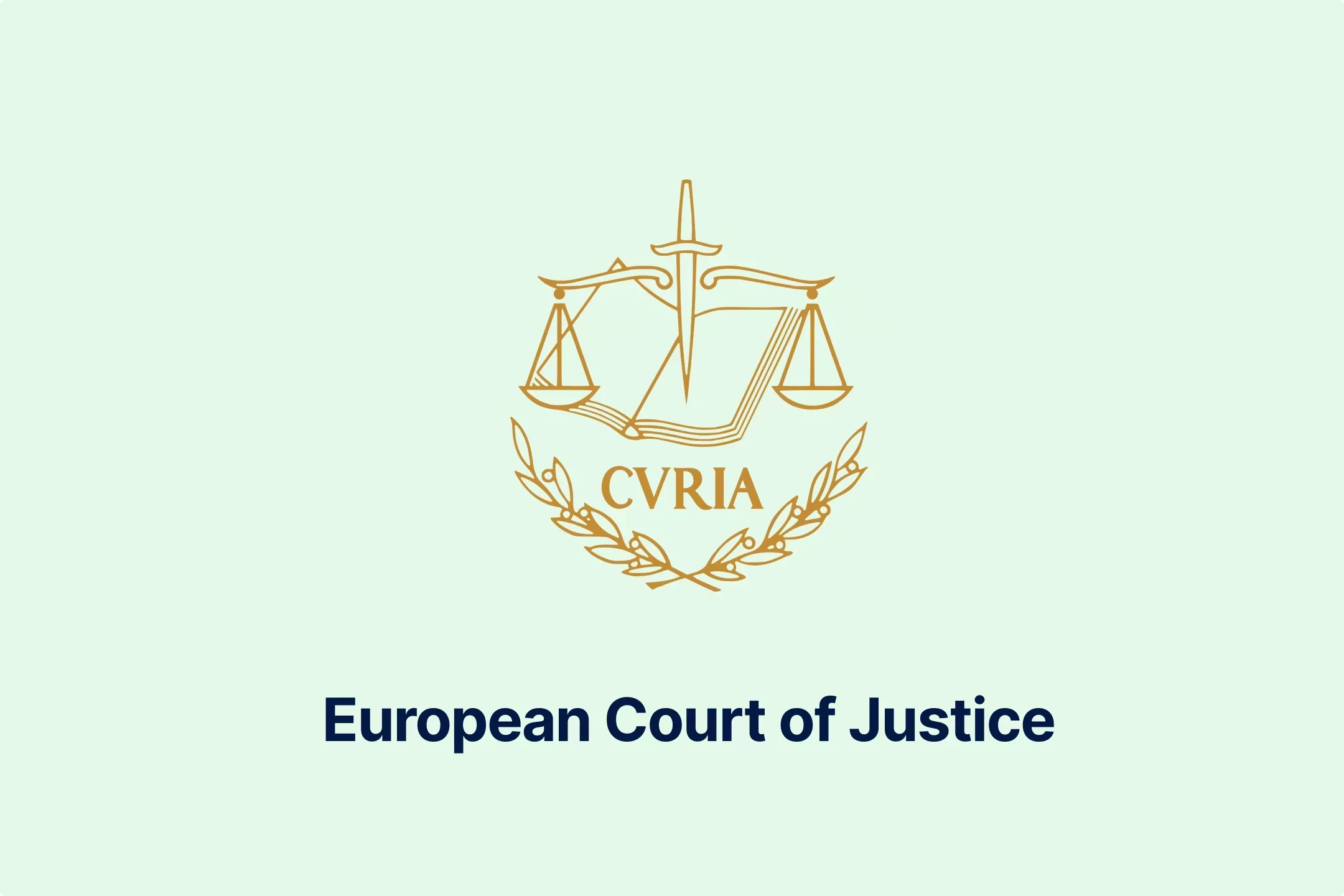
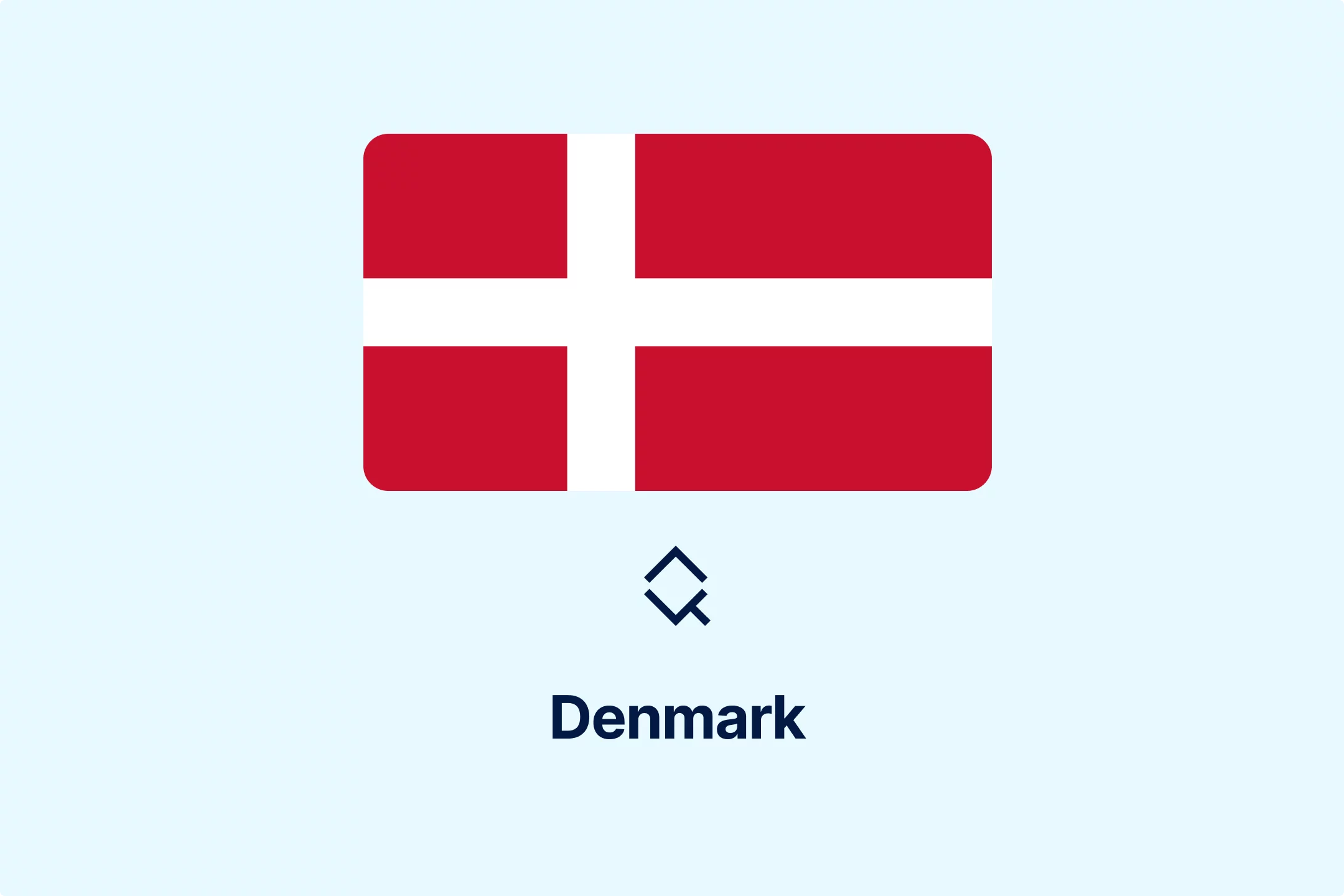

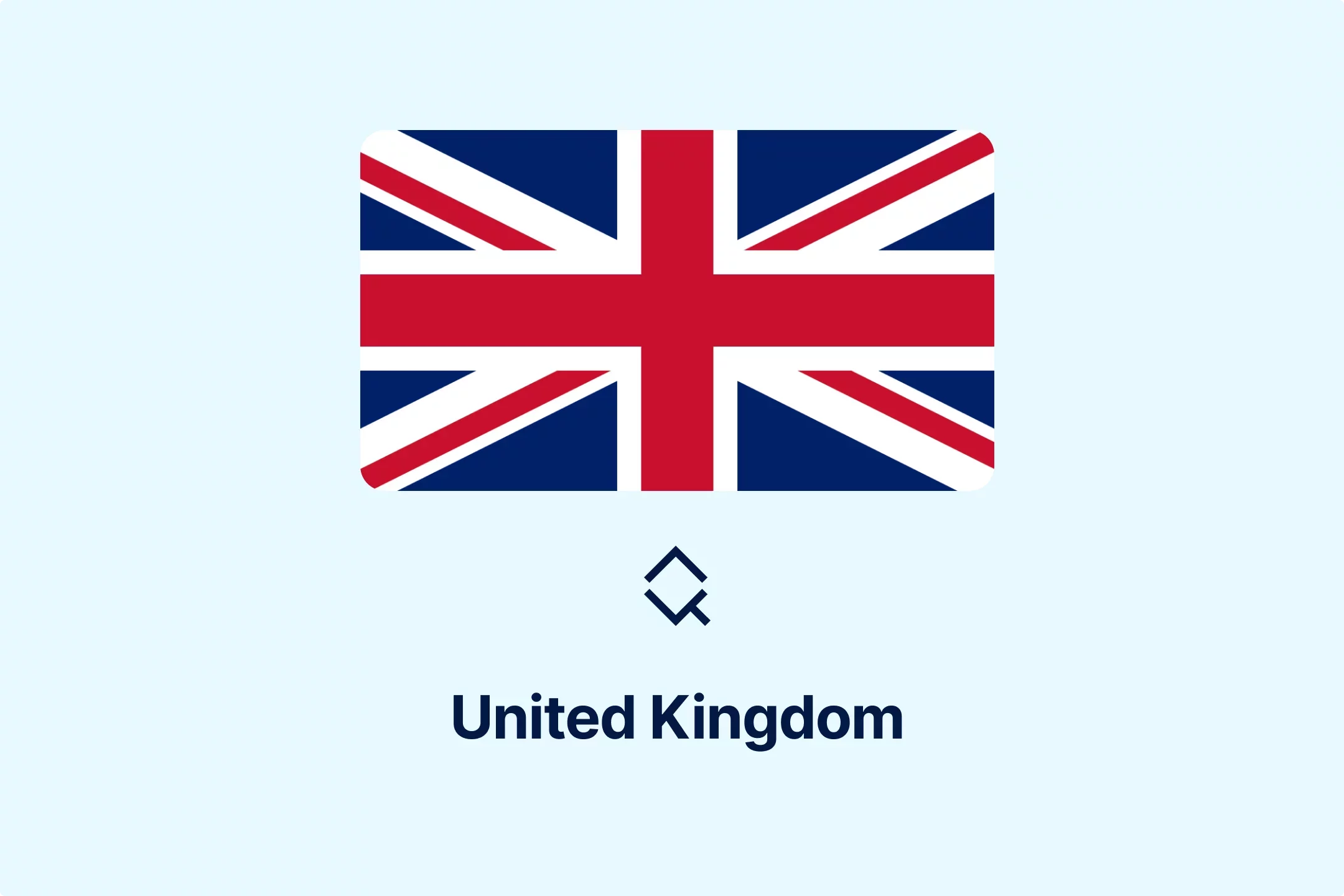
-zp2n6zixoa.webp)
-oa1ynbm4sn.webp)
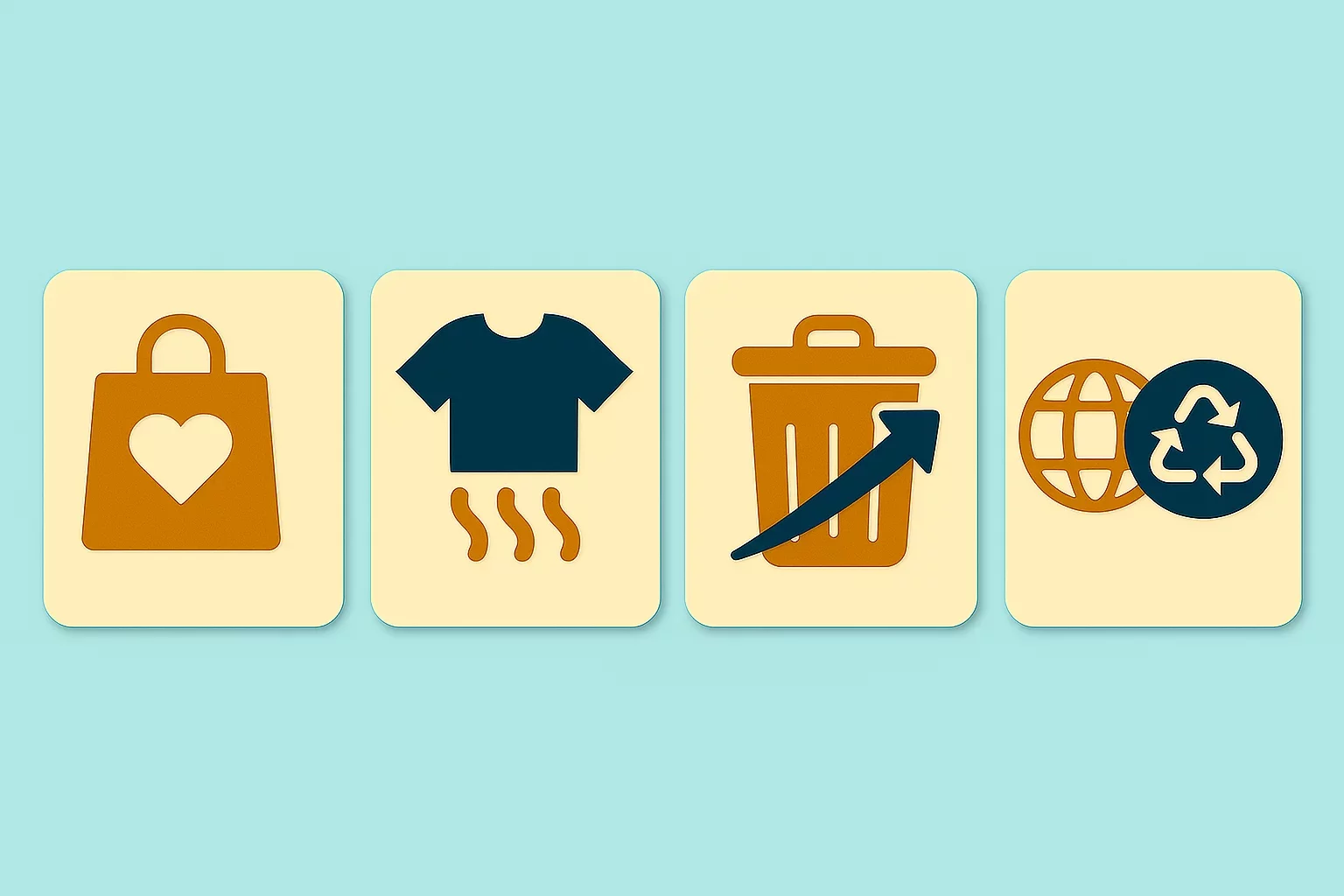
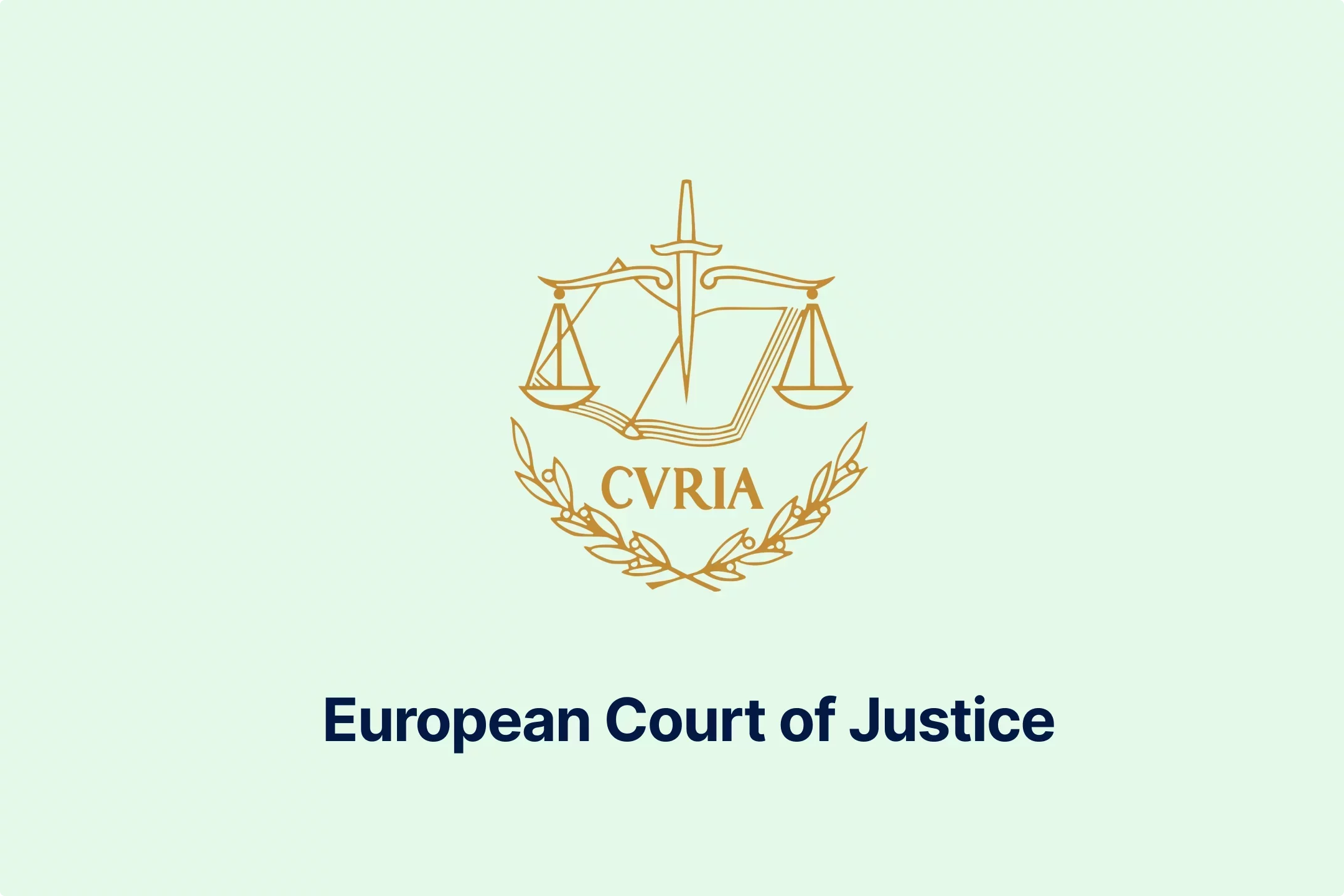
-lltkno6txy.webp)


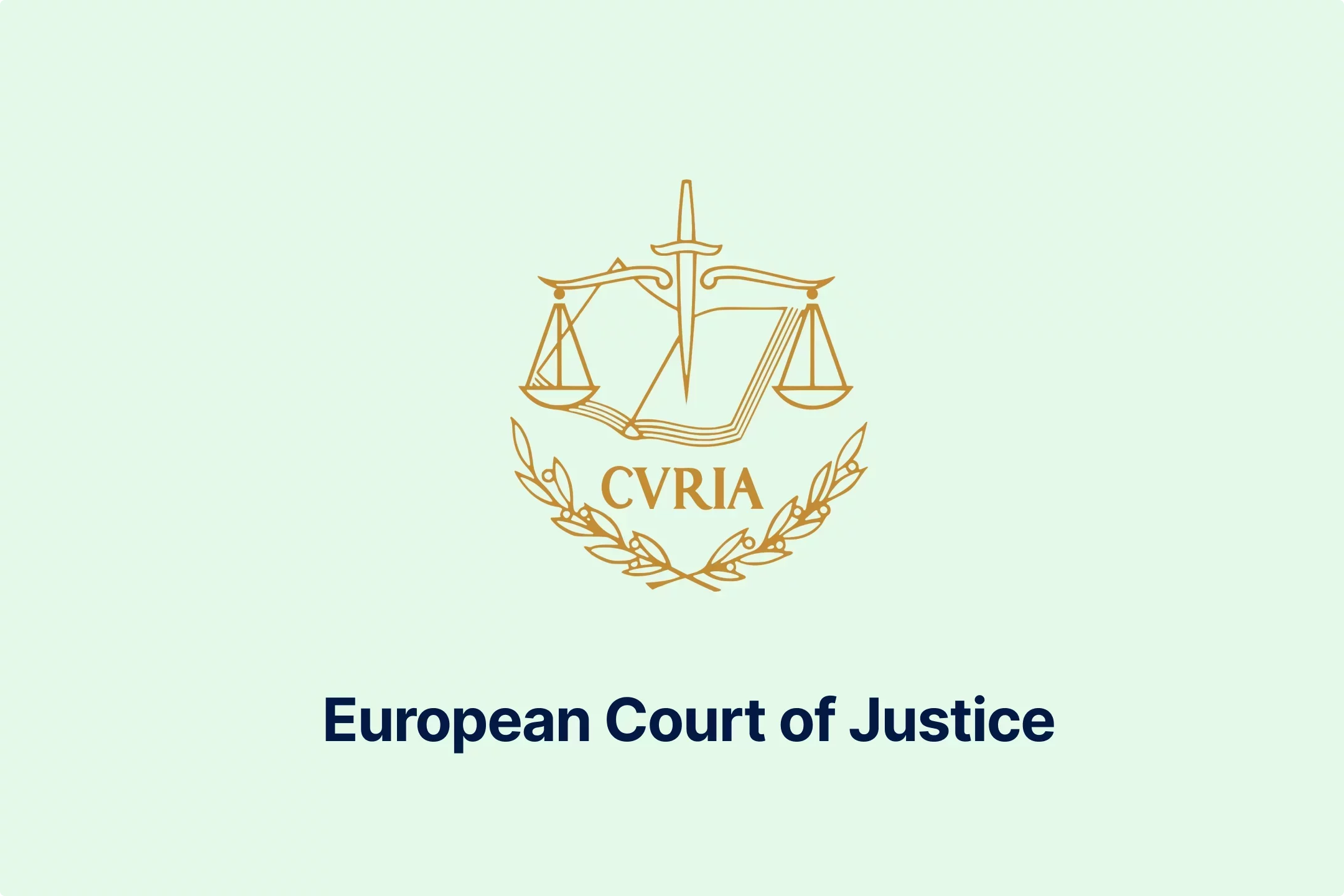
-do38odrqnq.webp)
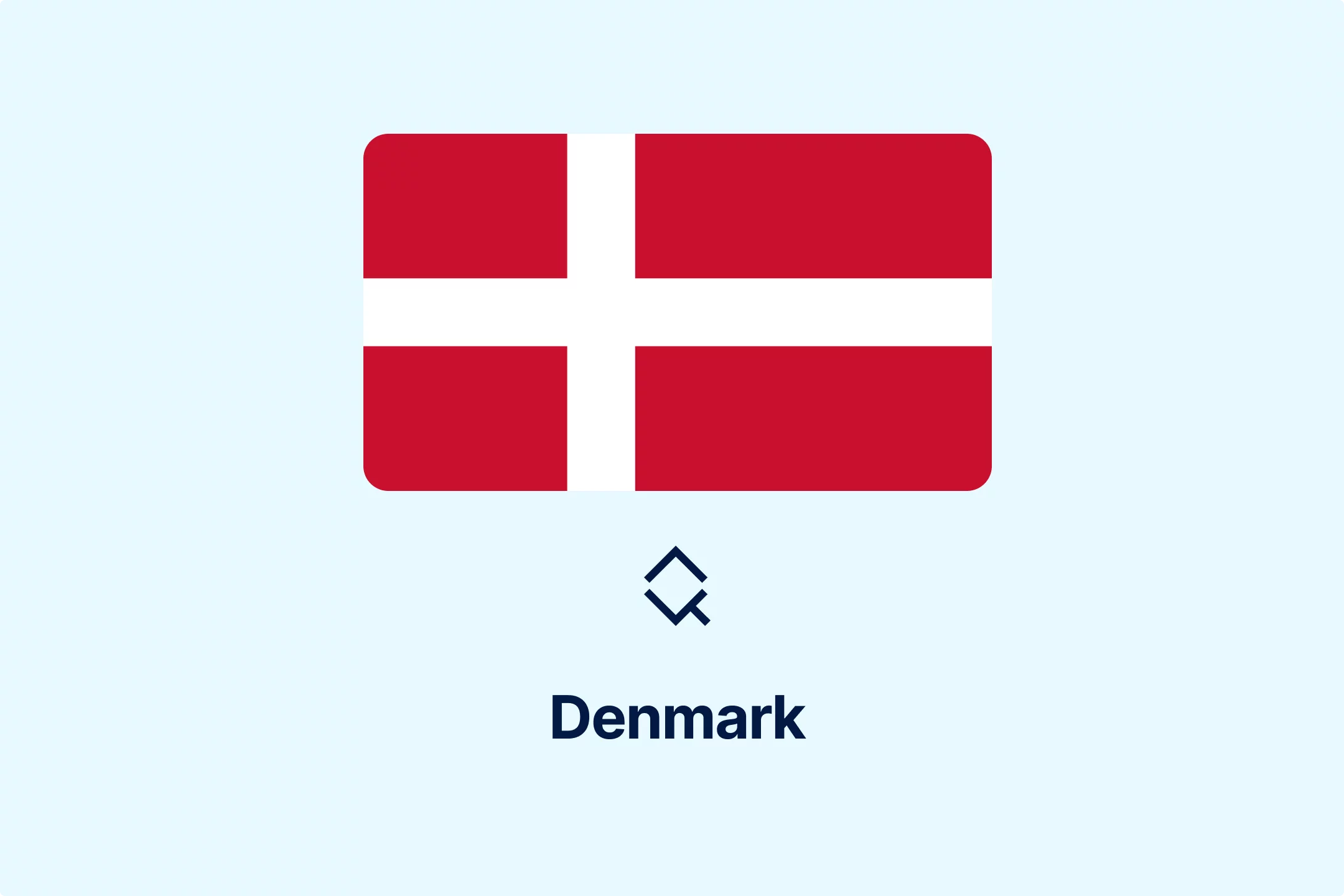
-t409oldqzt.webp)
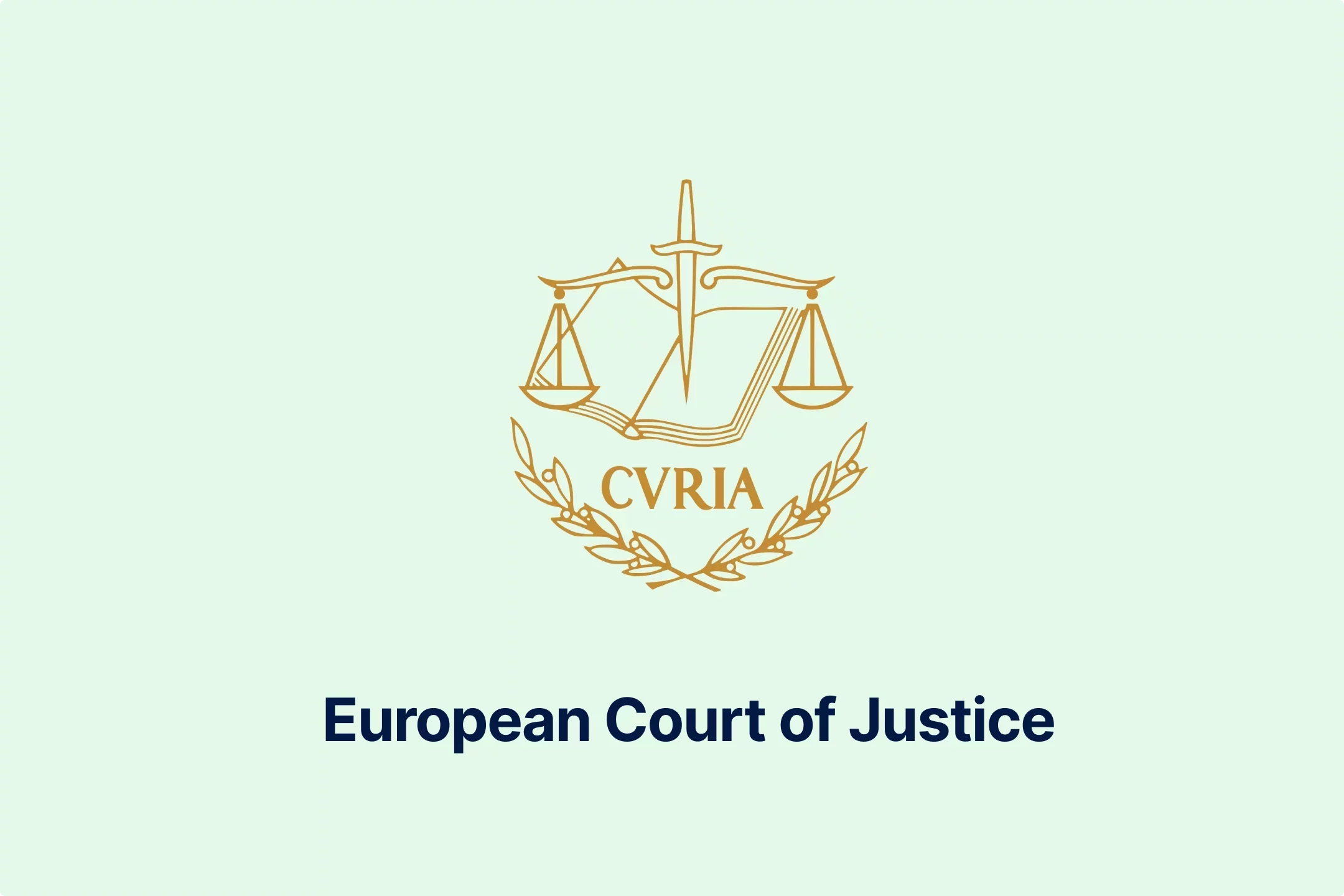
-hordopb6xh.webp)
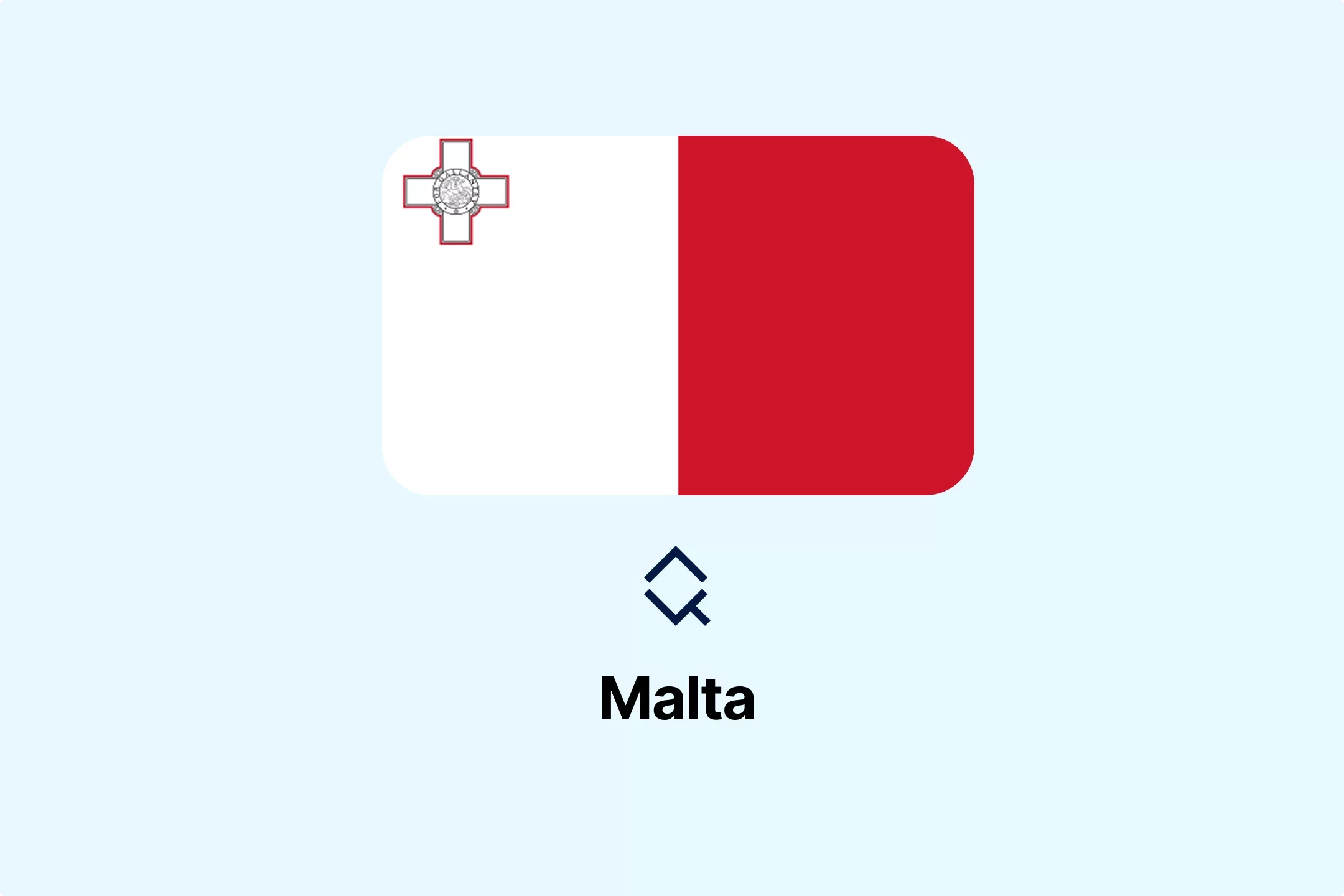
-ooimnrbete.webp)
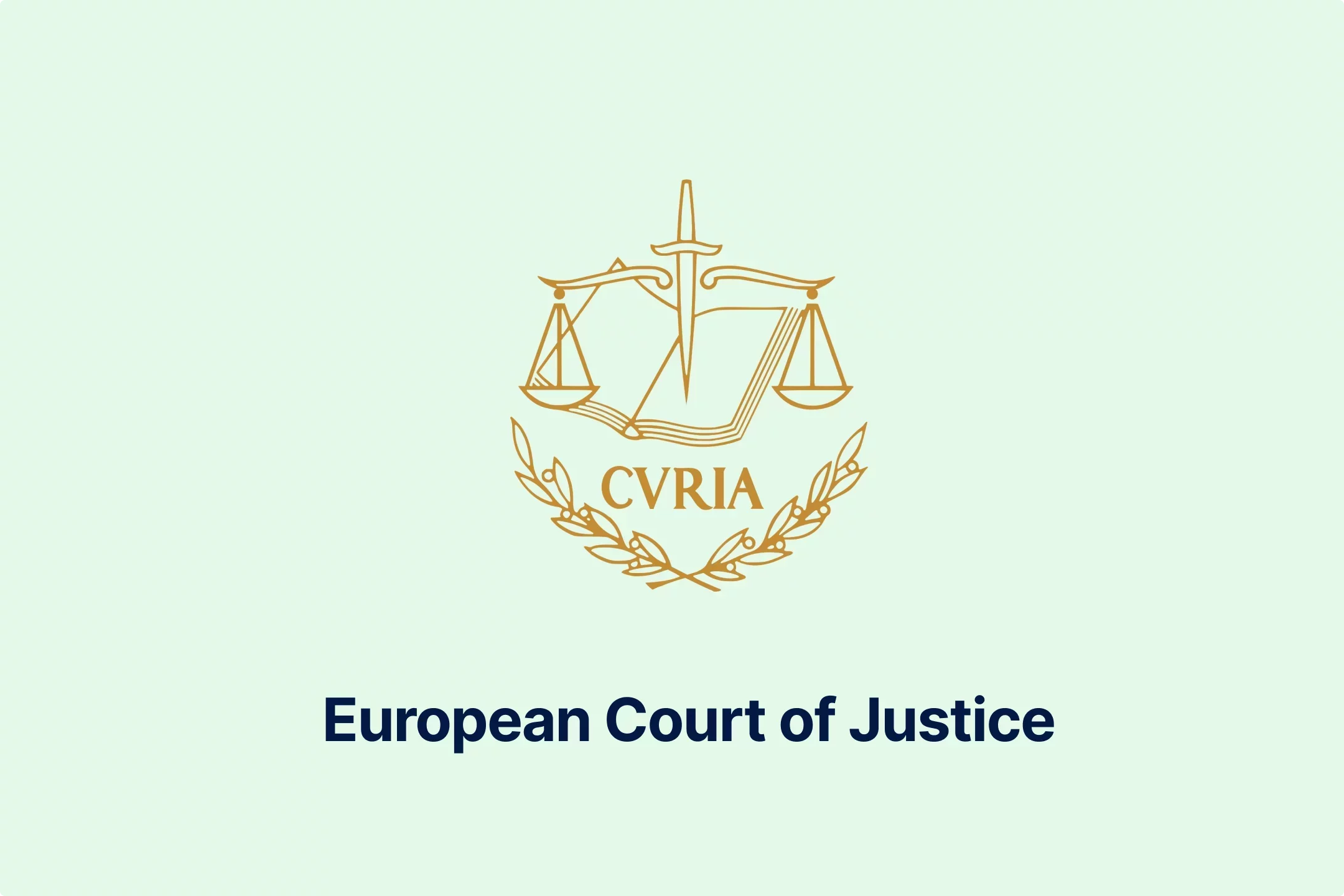
-lwb5qpsily.webp)
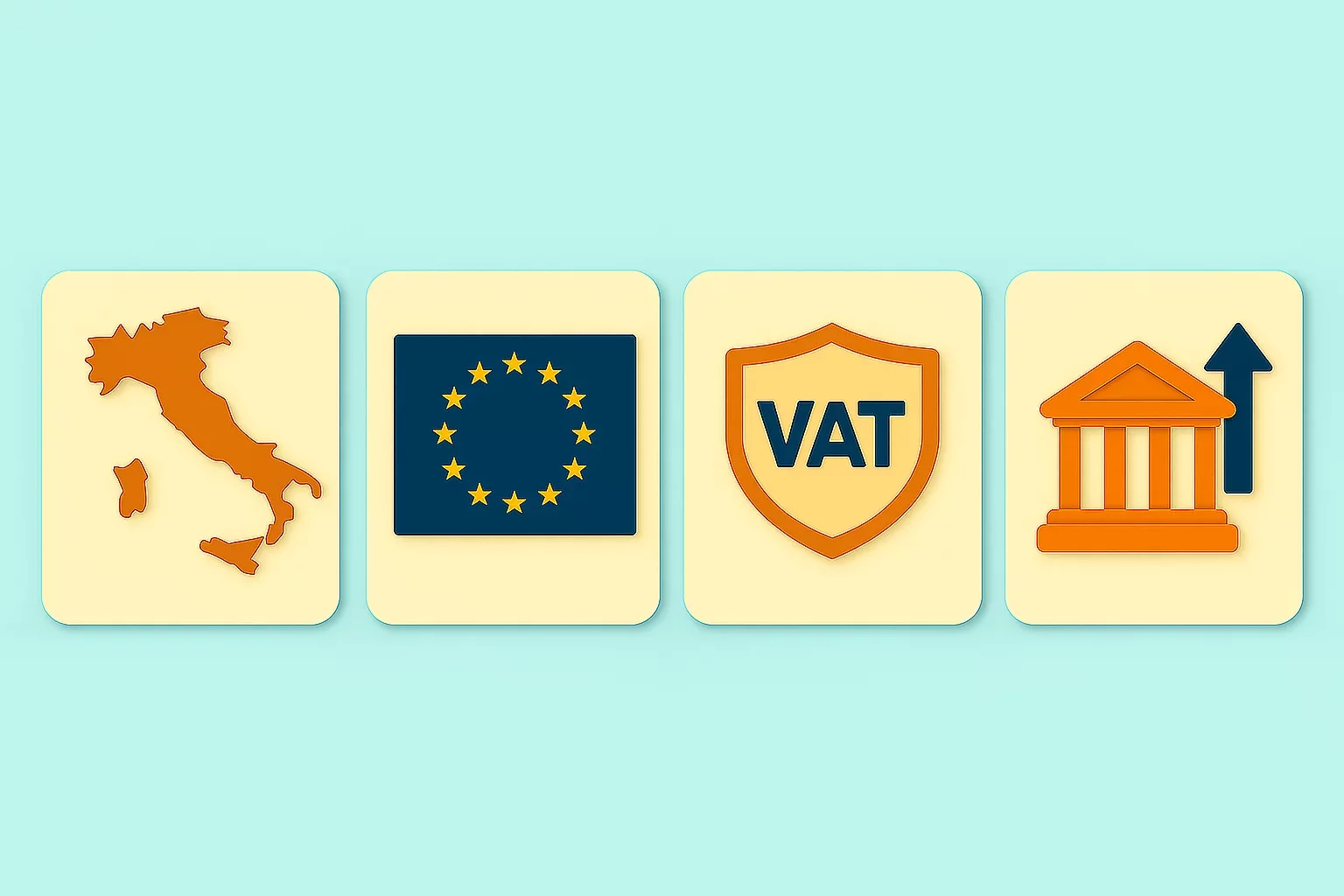
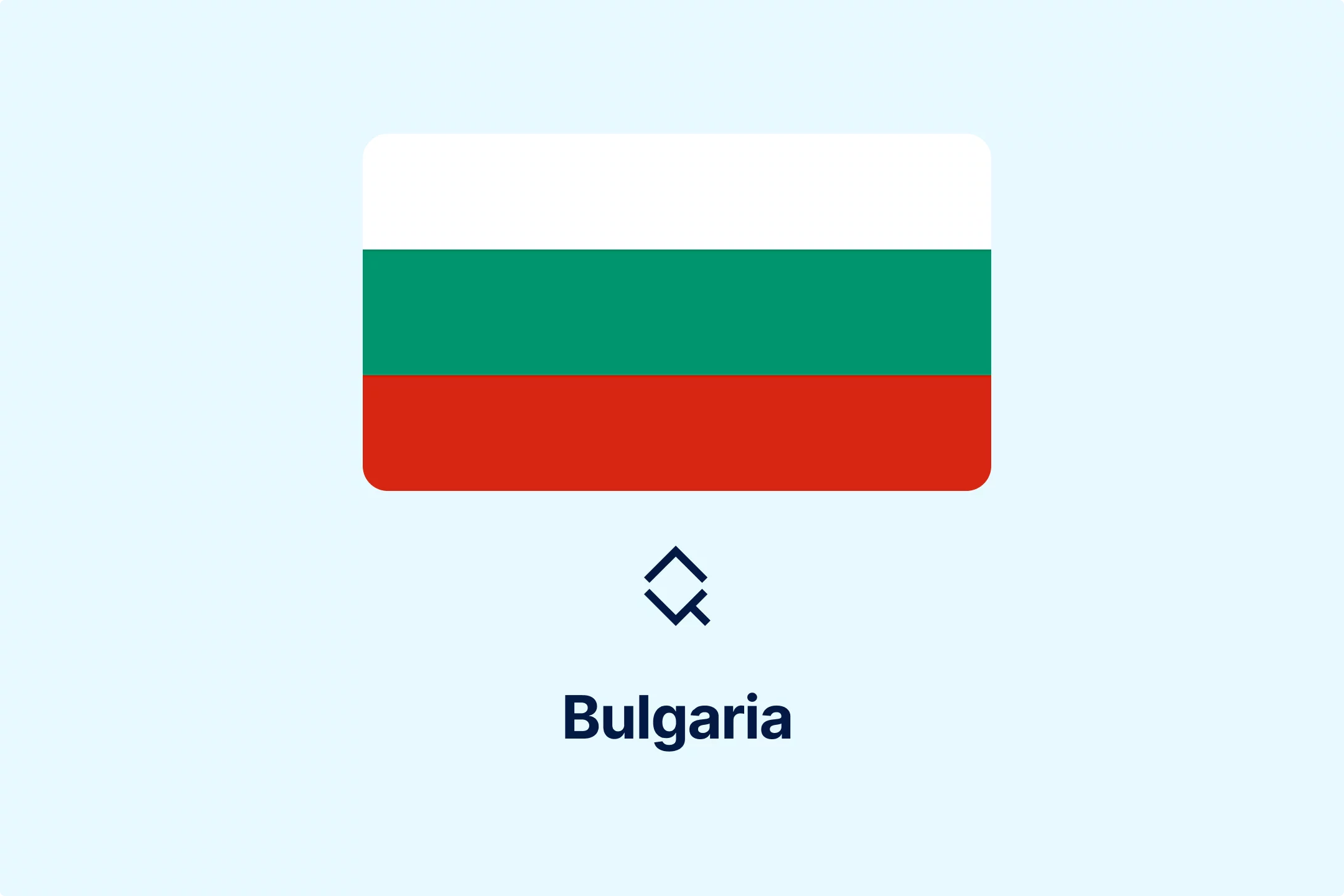
-eumafizrhm.webp)
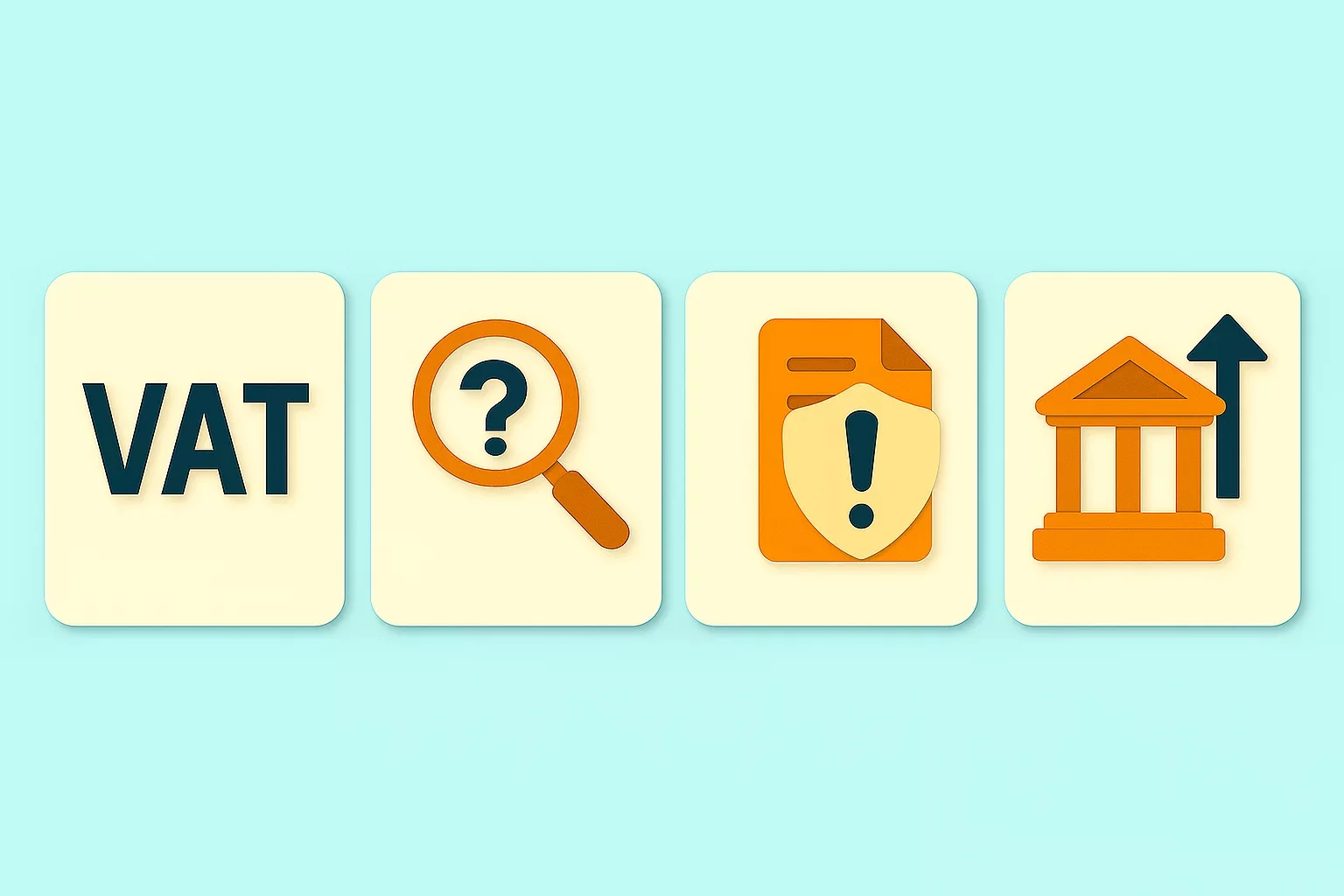
-mtqp3va9gb.webp)
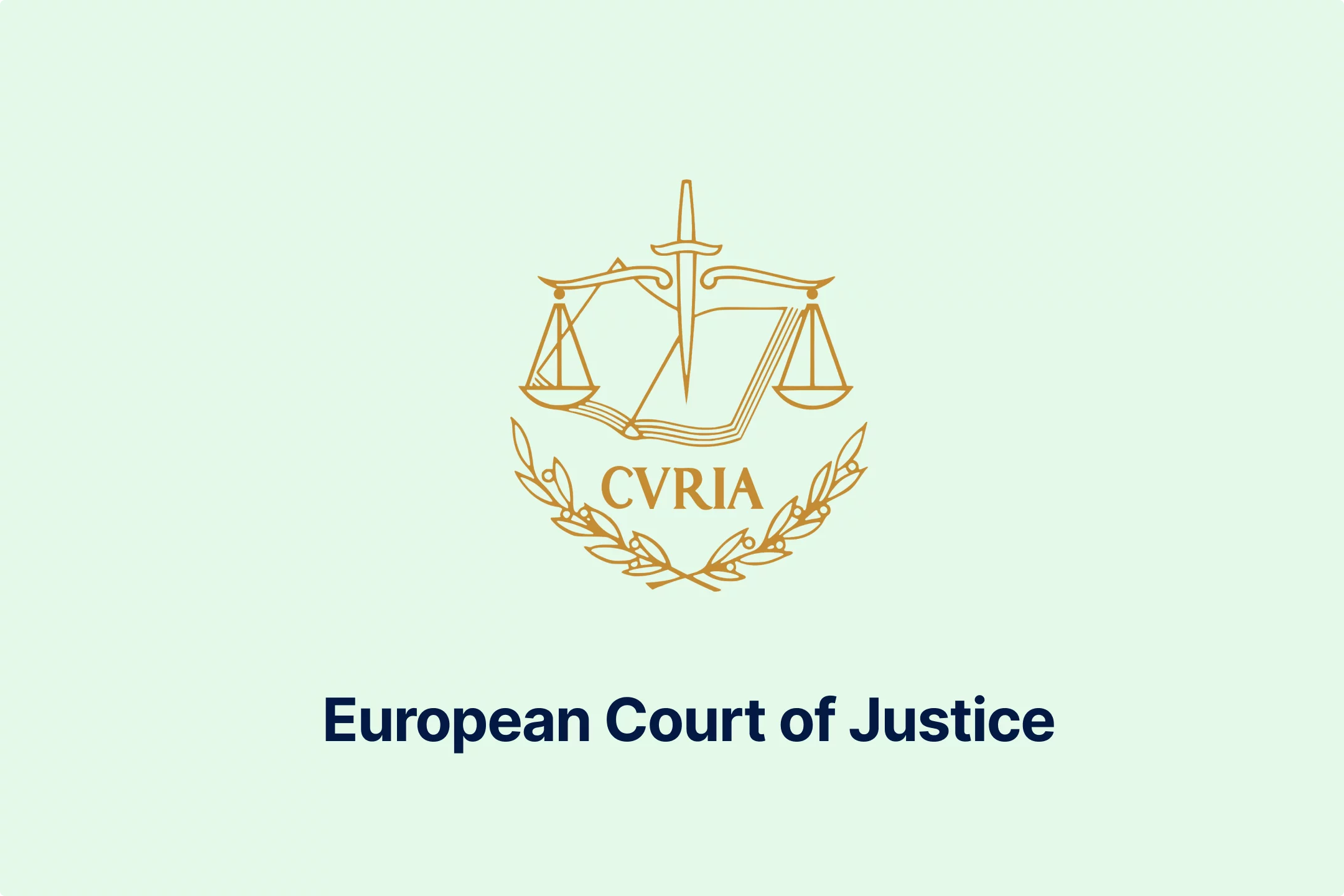
-3ewrn1yvfa.webp)
-591j35flz2.webp)
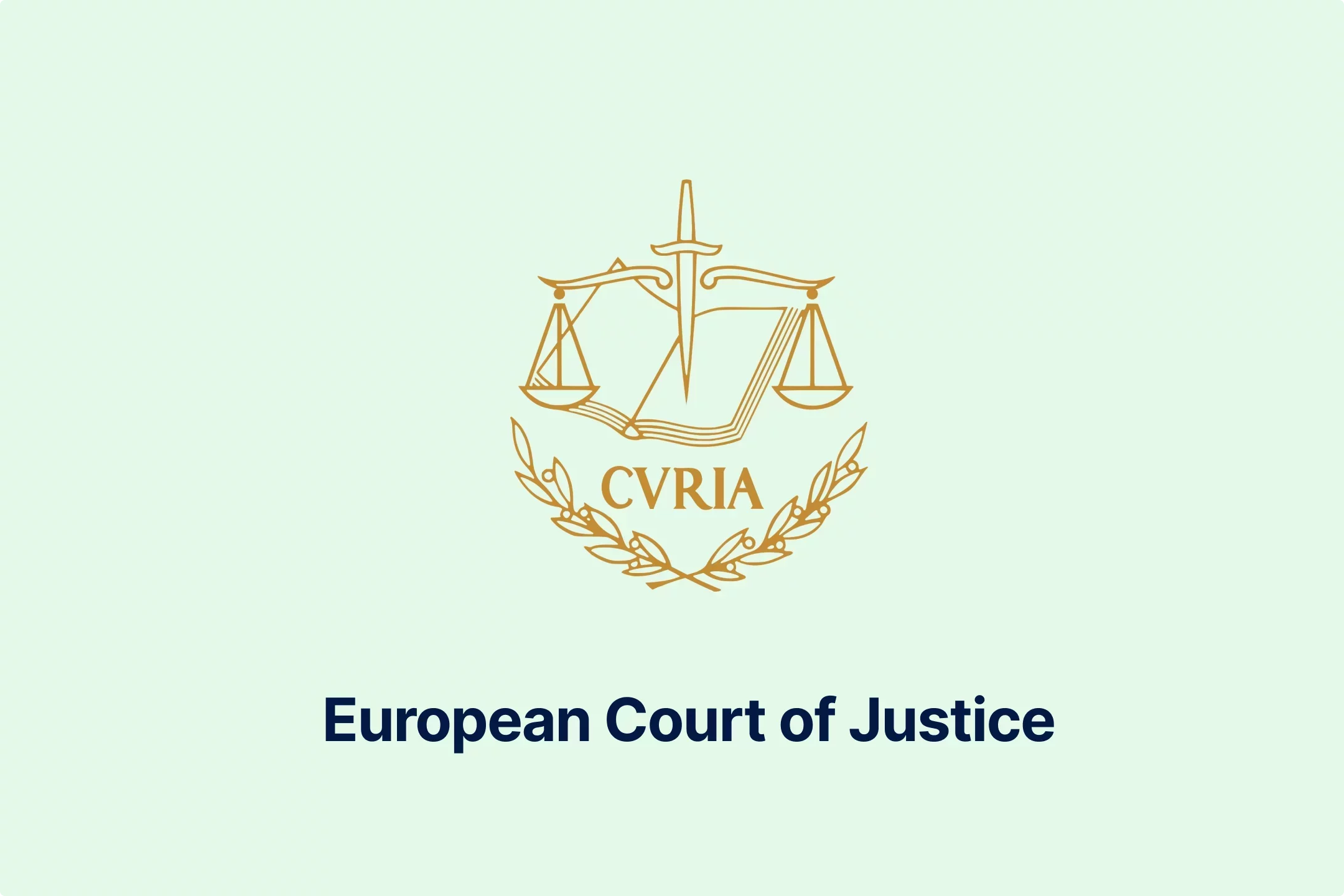
-huj3cam1de.webp)

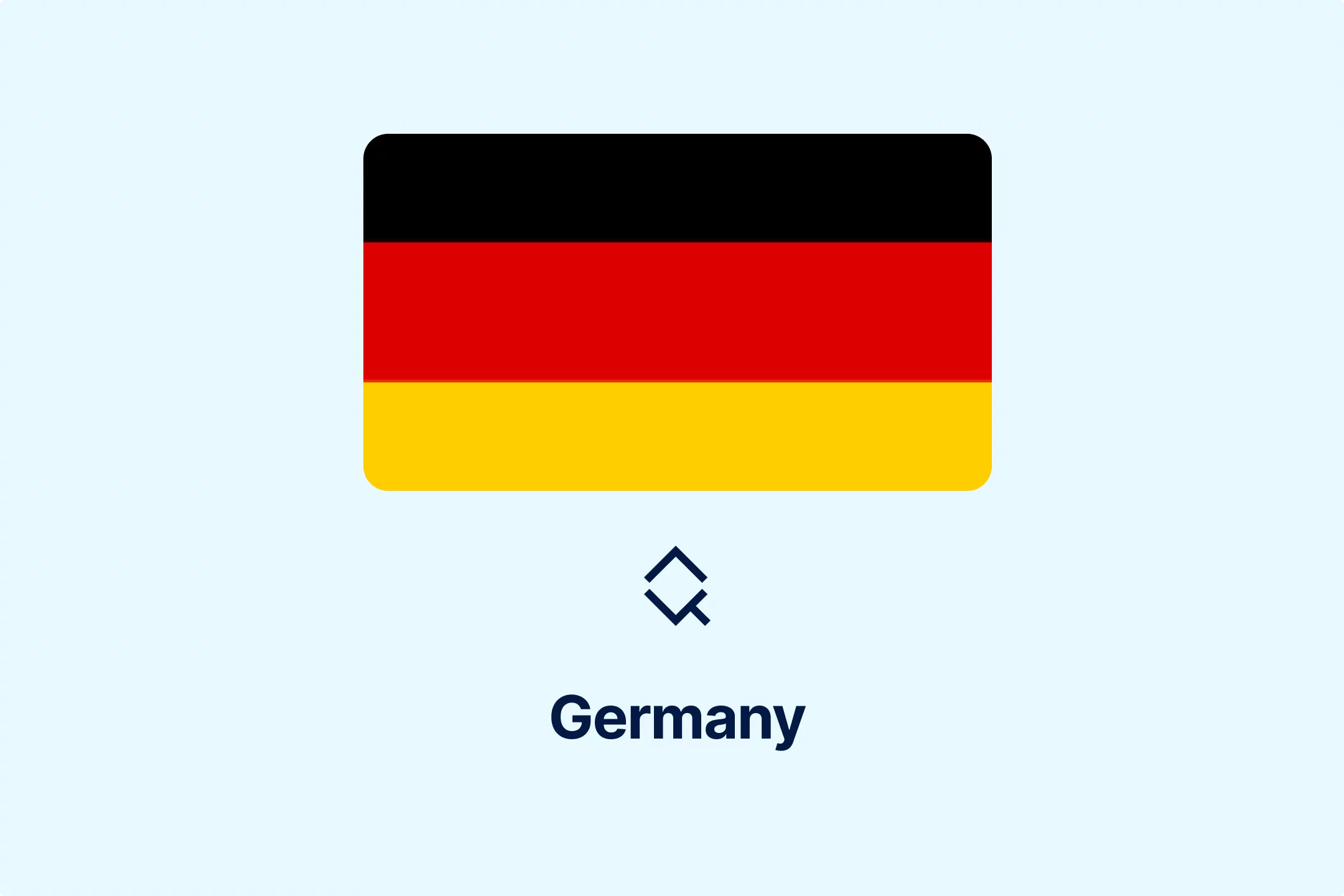
-hafis0ii23.webp)
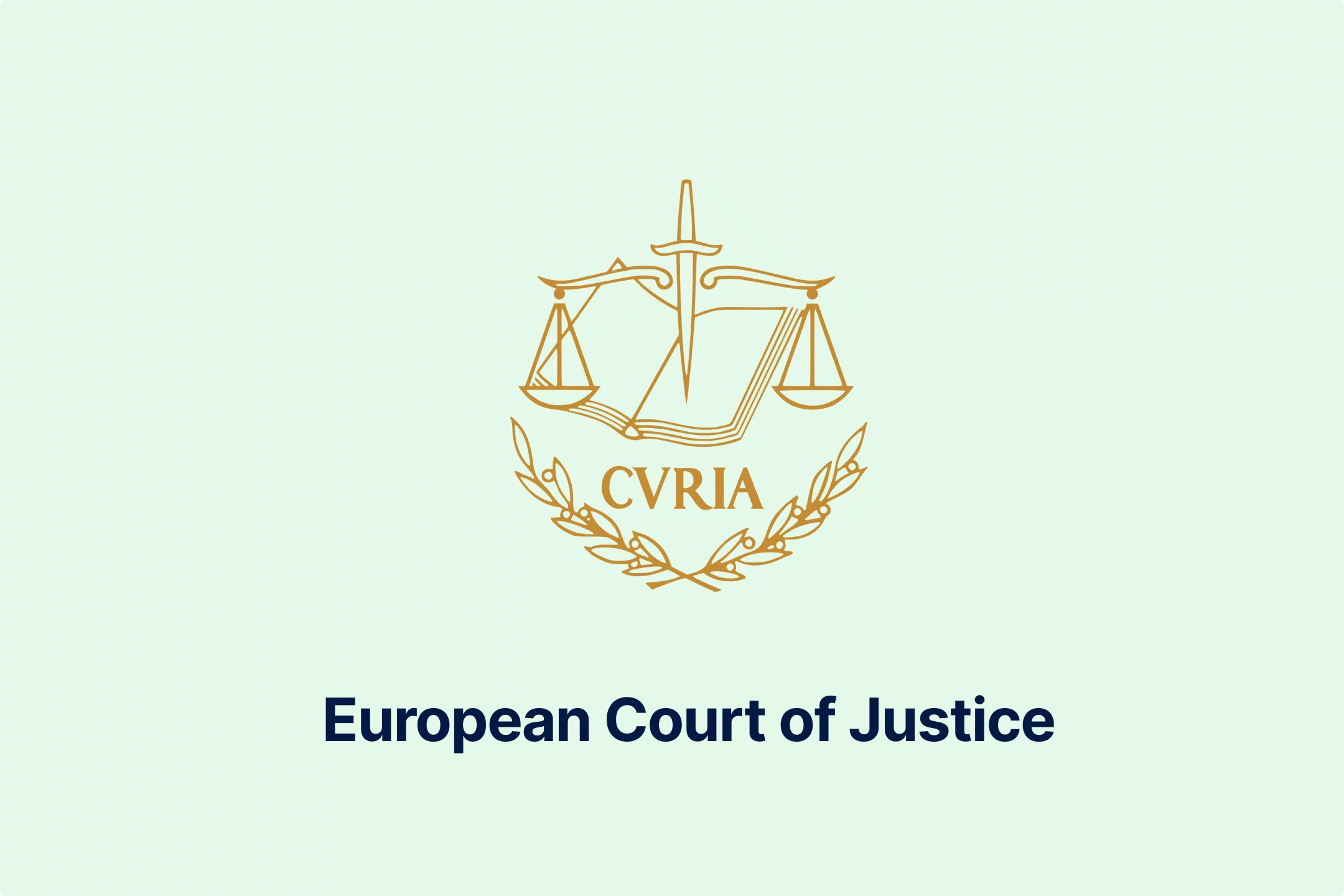
-qseaw5zmcy.webp)
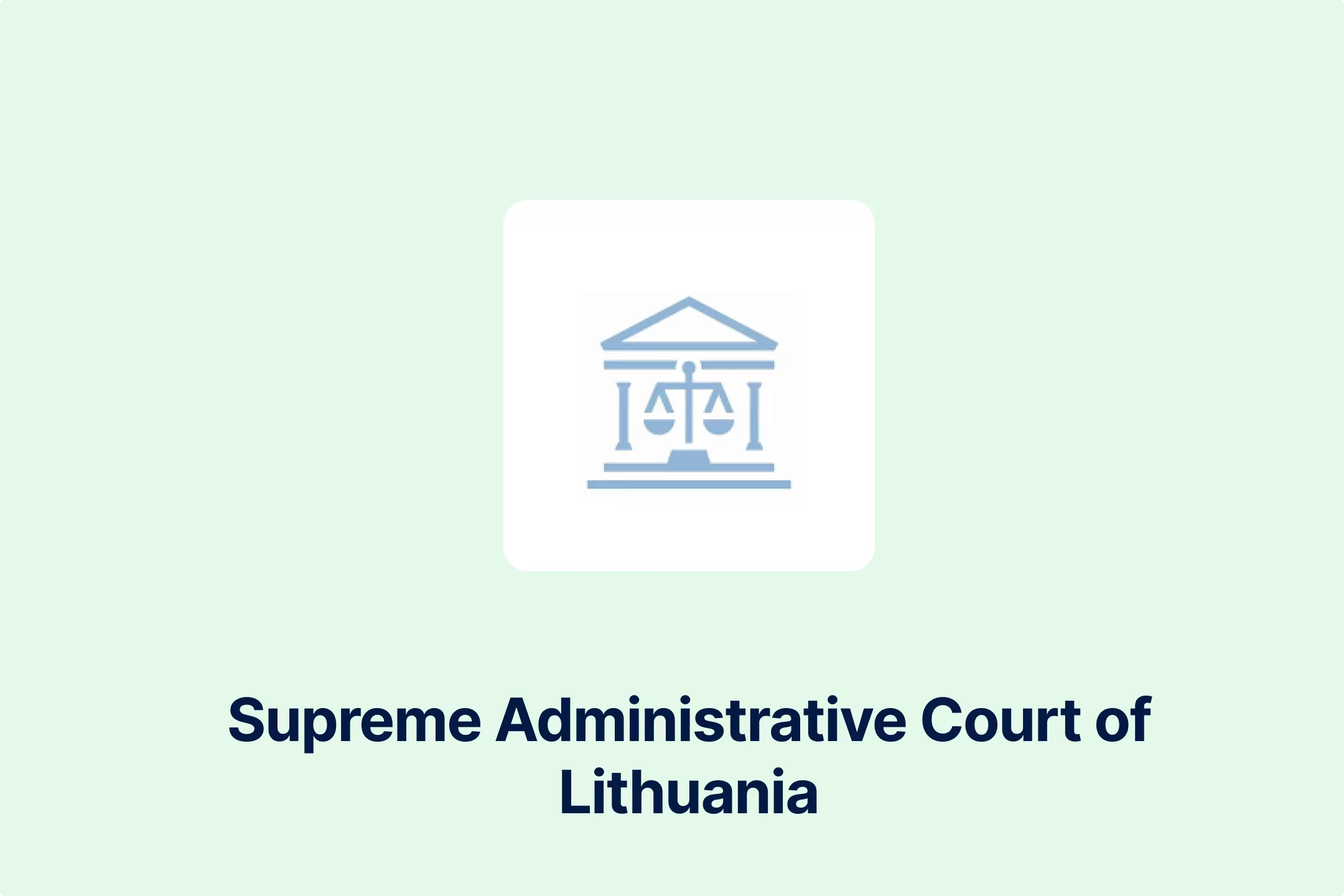
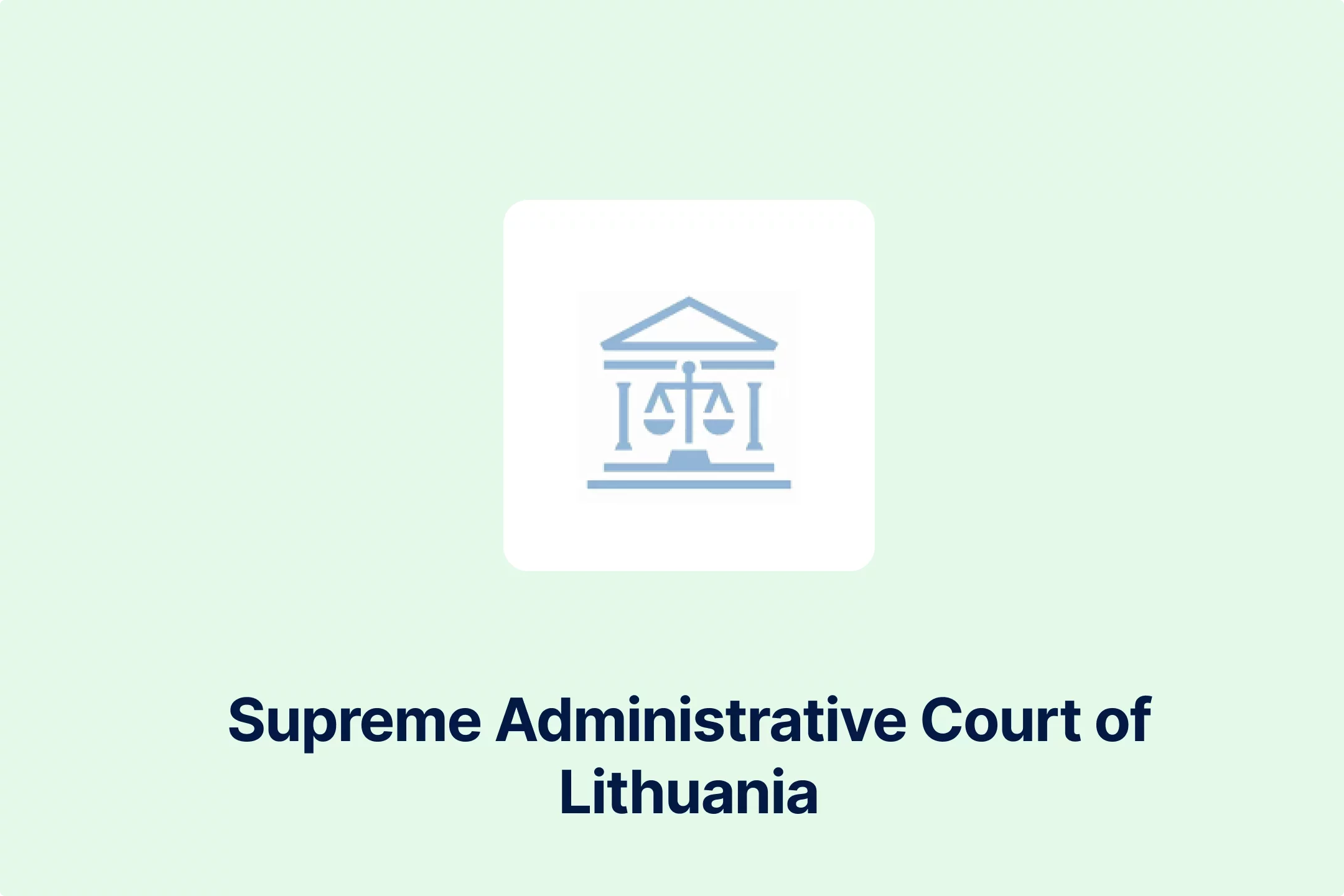

-qzsah2ifqx.webp)
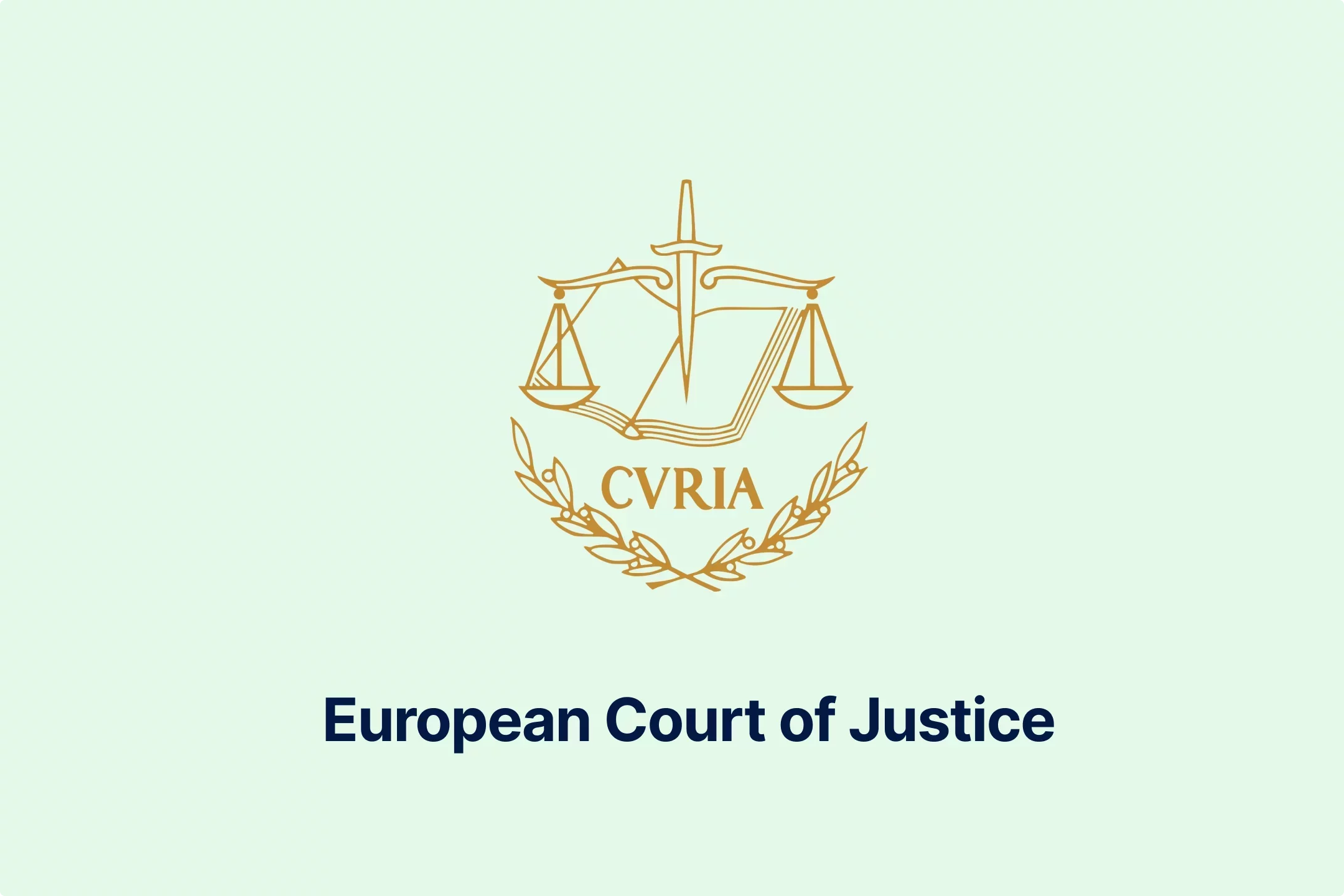
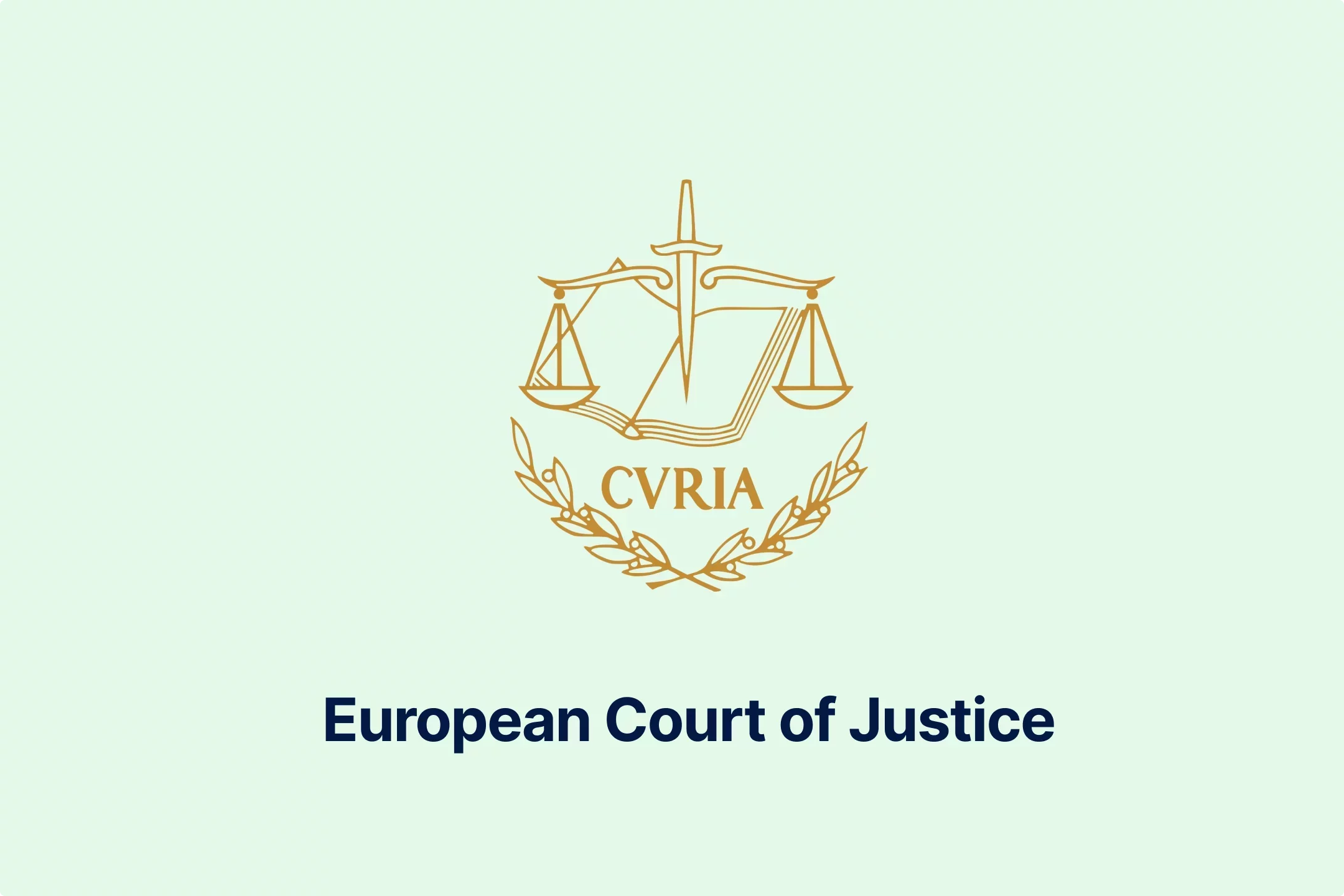
-69rzooghib.webp)
-wrvng98m0g.webp)
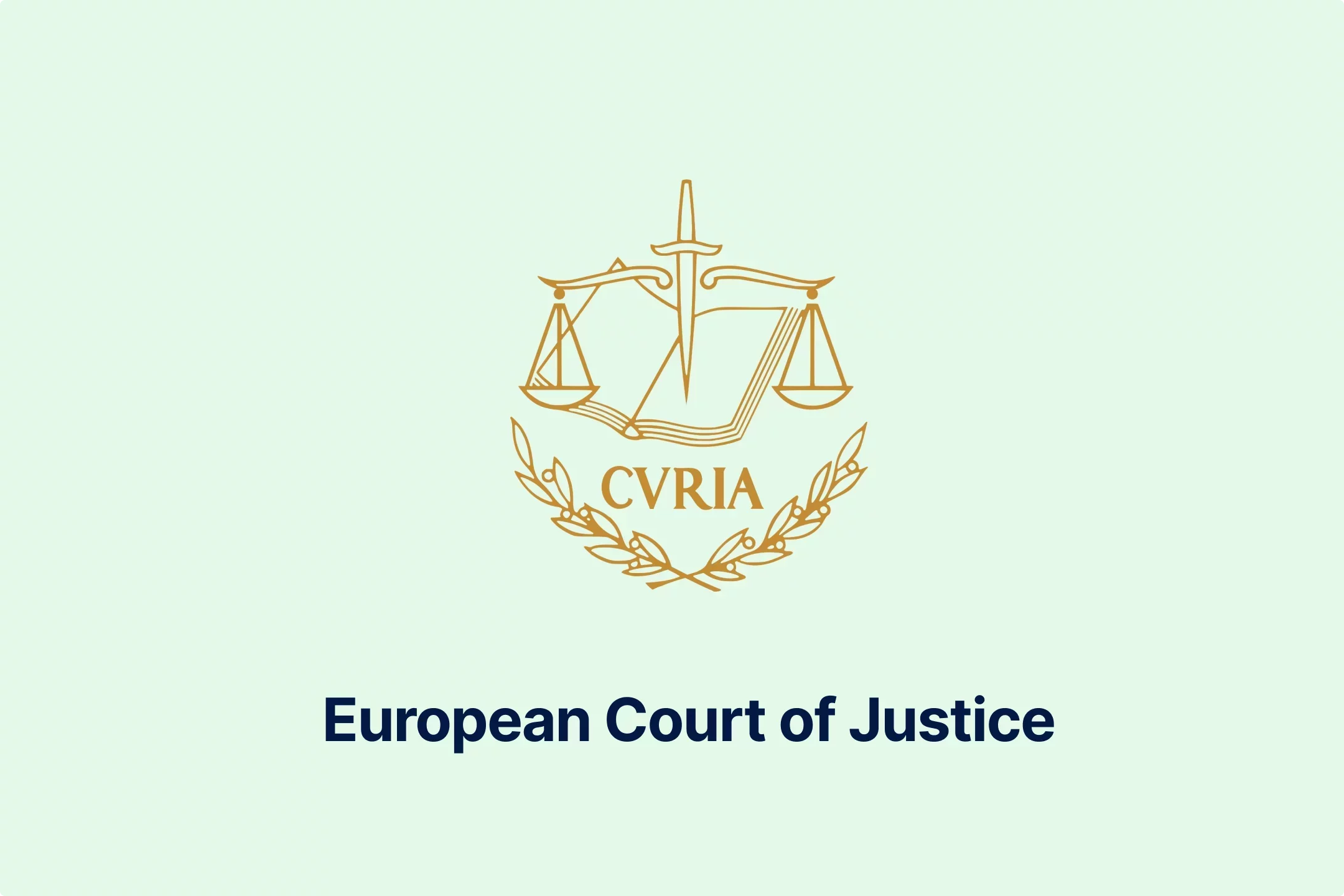
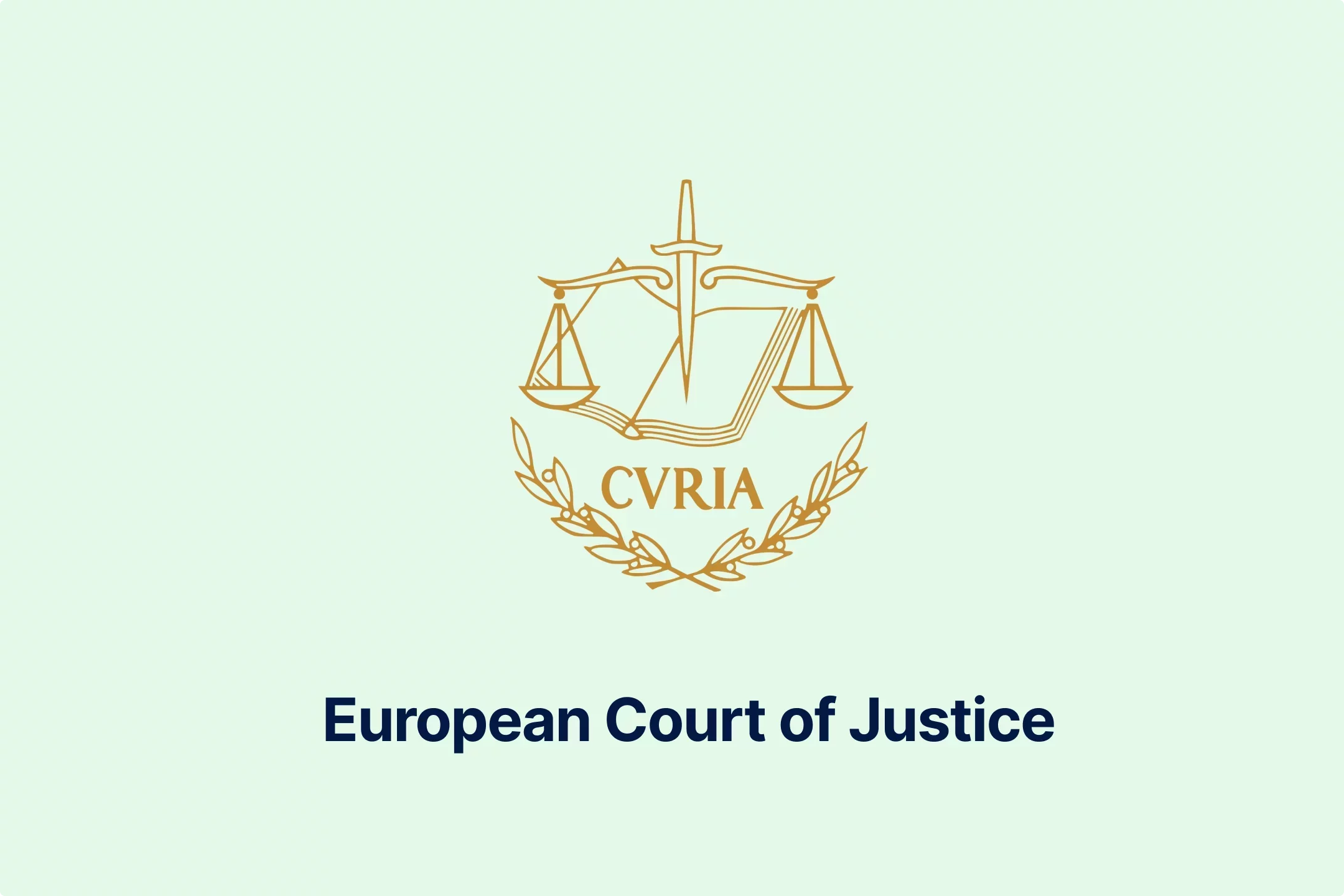
-psucycuxh2.webp)
-klyo8bn5lc.webp)
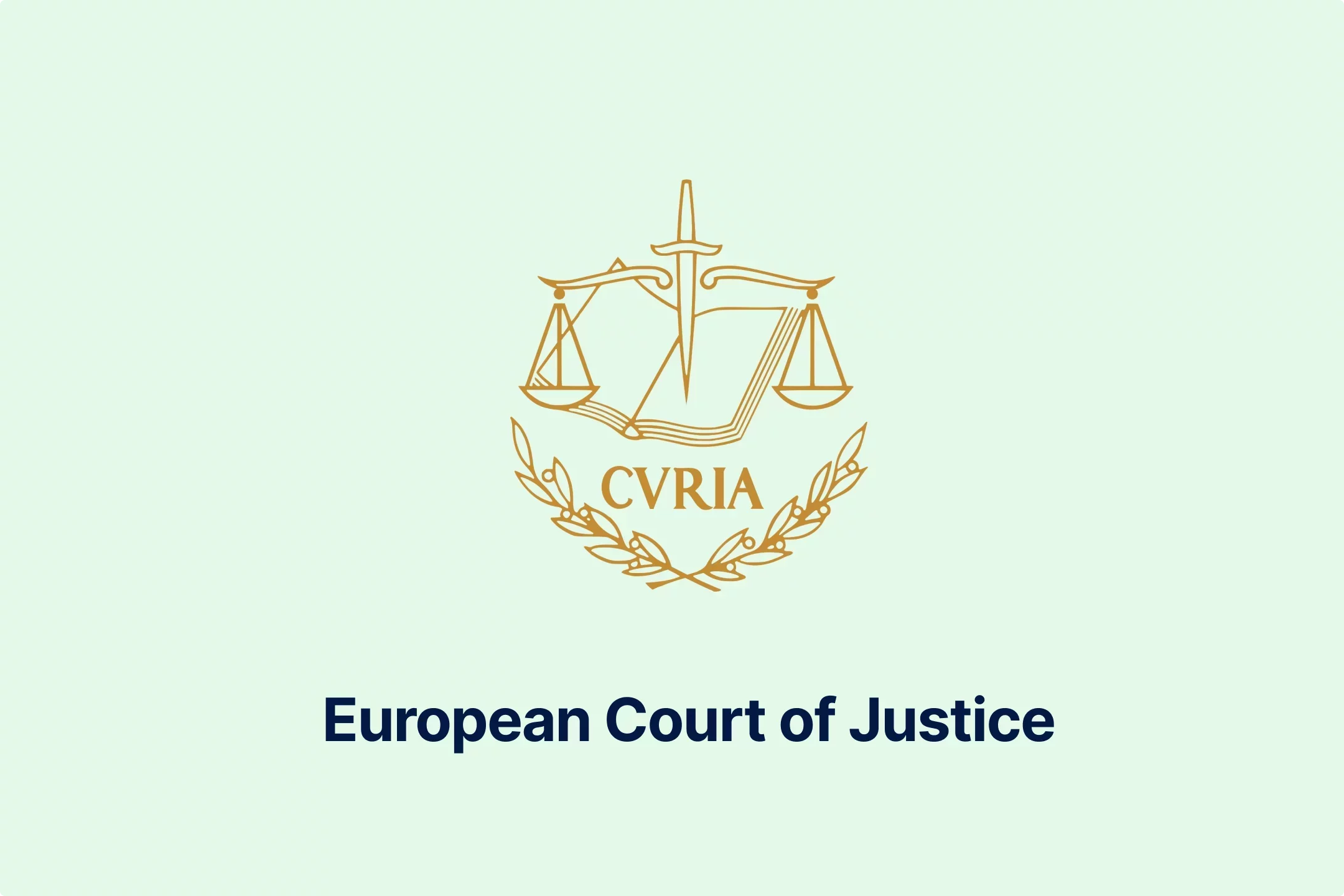
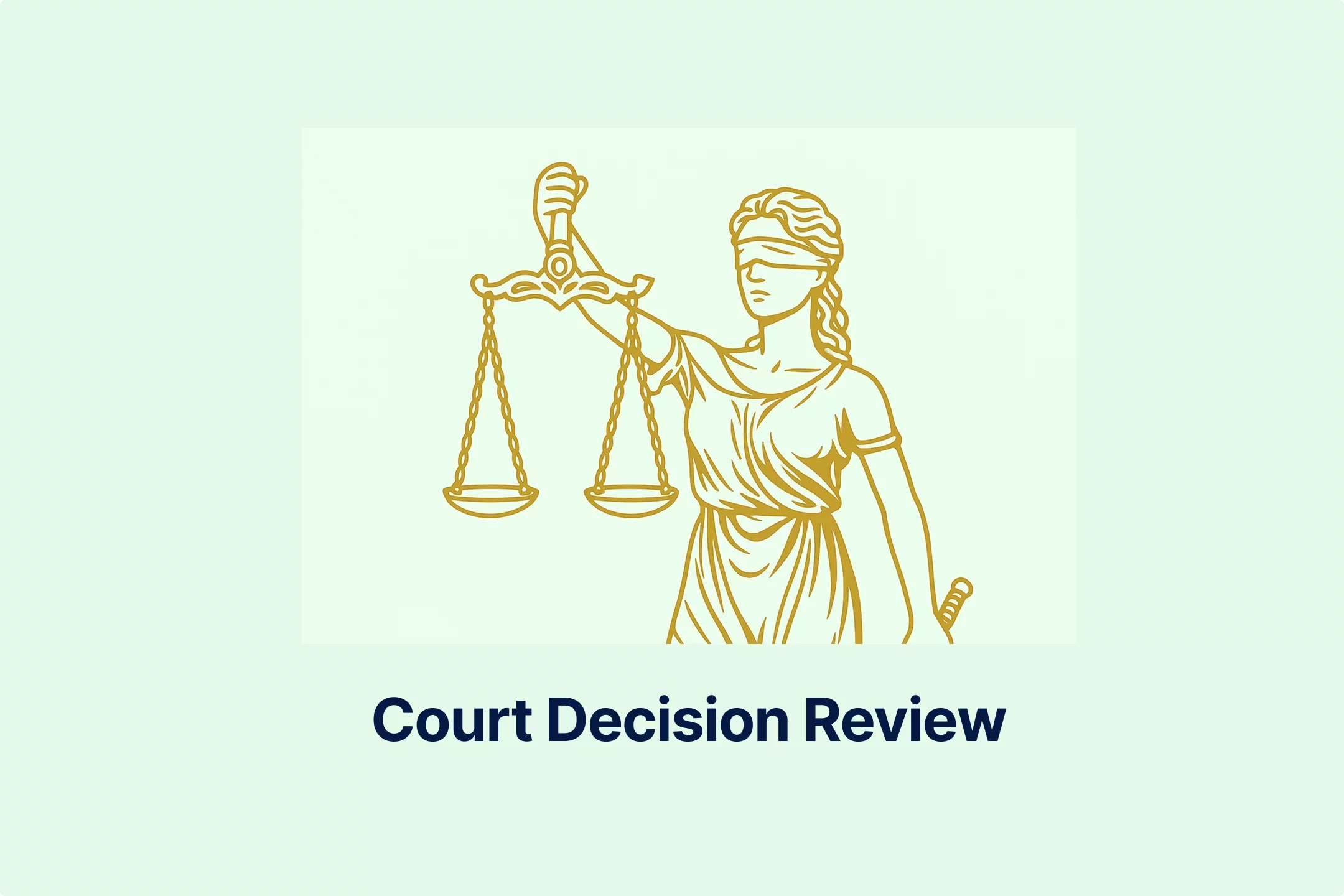
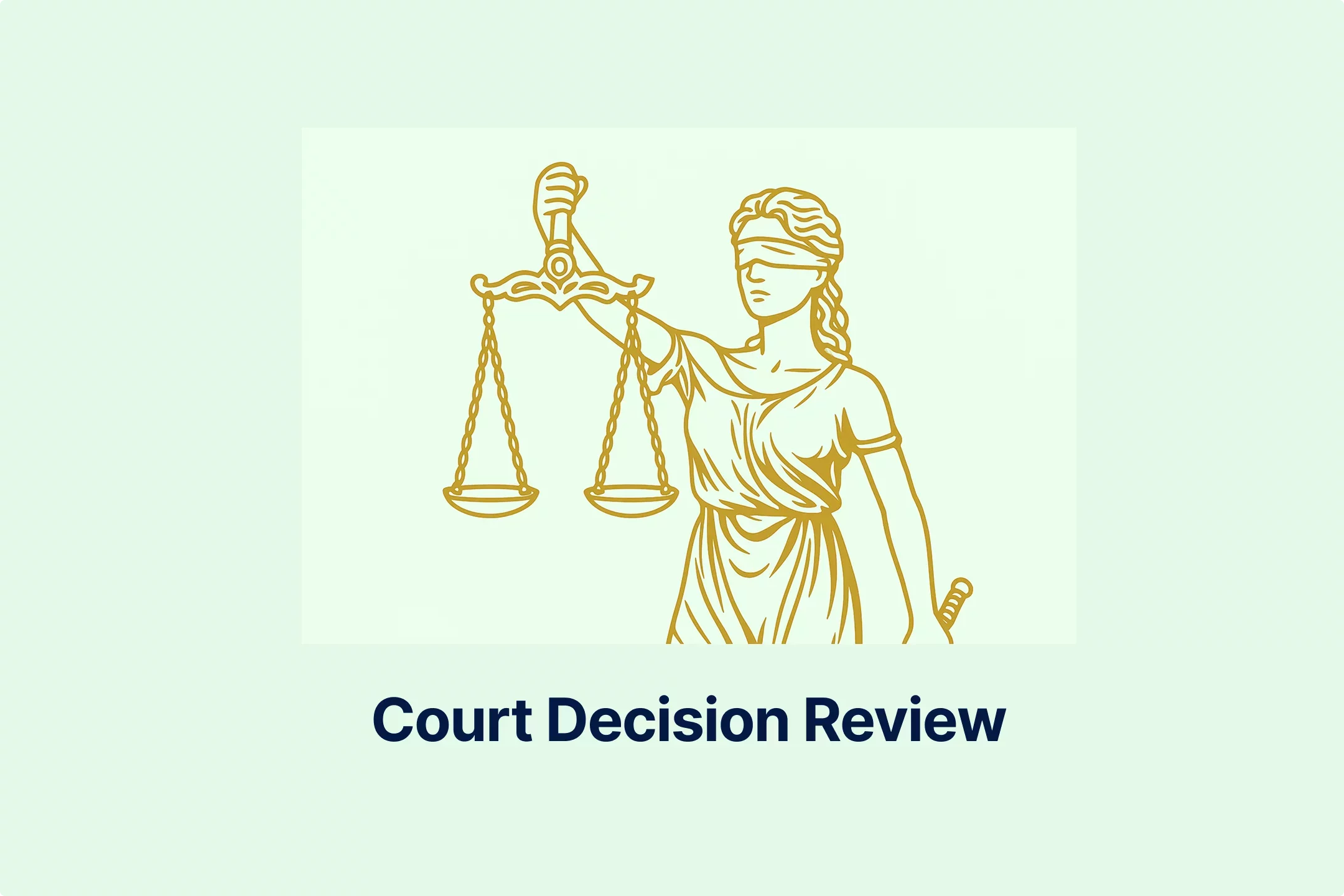
-6wv5h5eyyd.webp)
-tfgg78rbid.webp)
-a6jpv9ny8v.webp)
-qhdbapy0qr.webp)
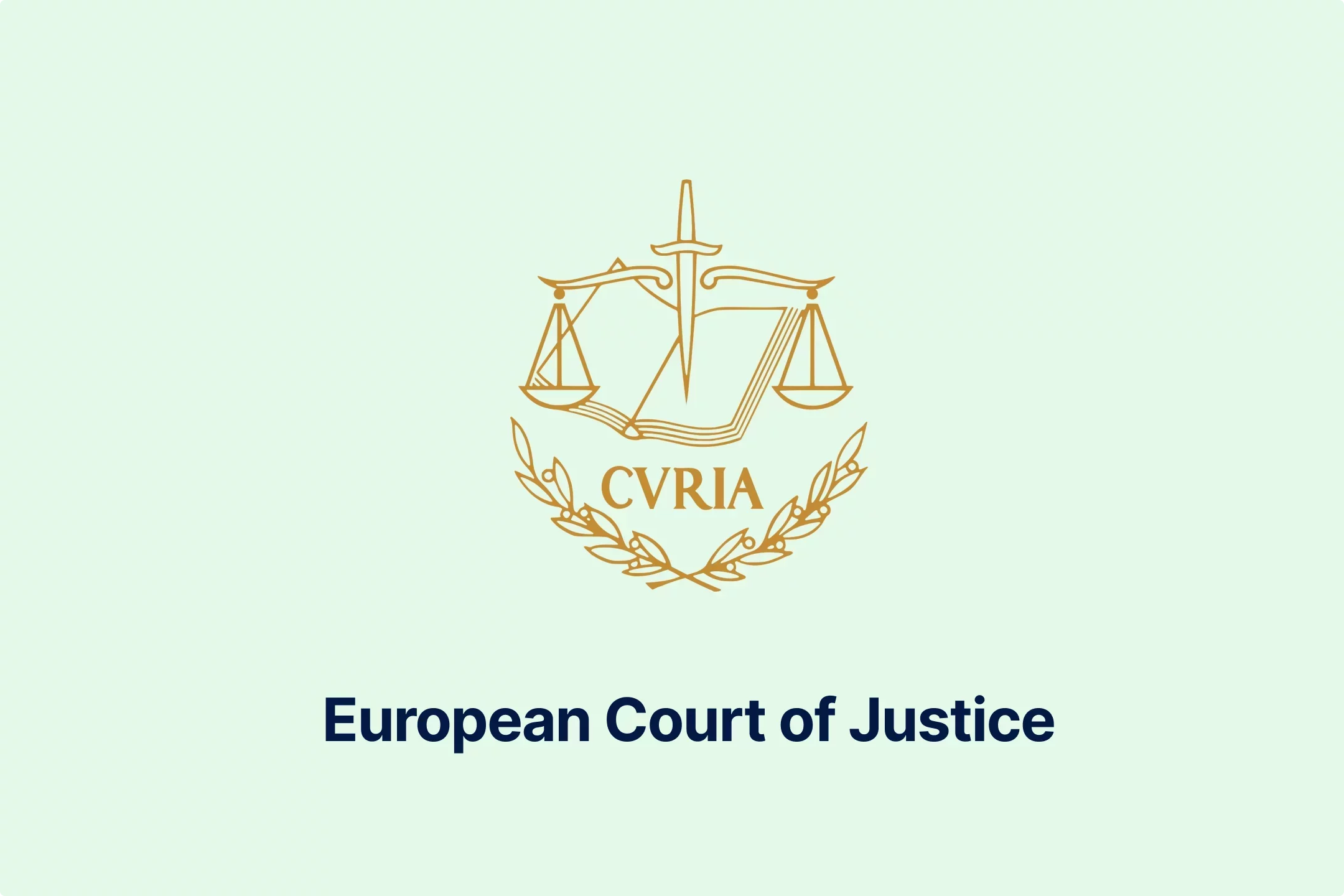
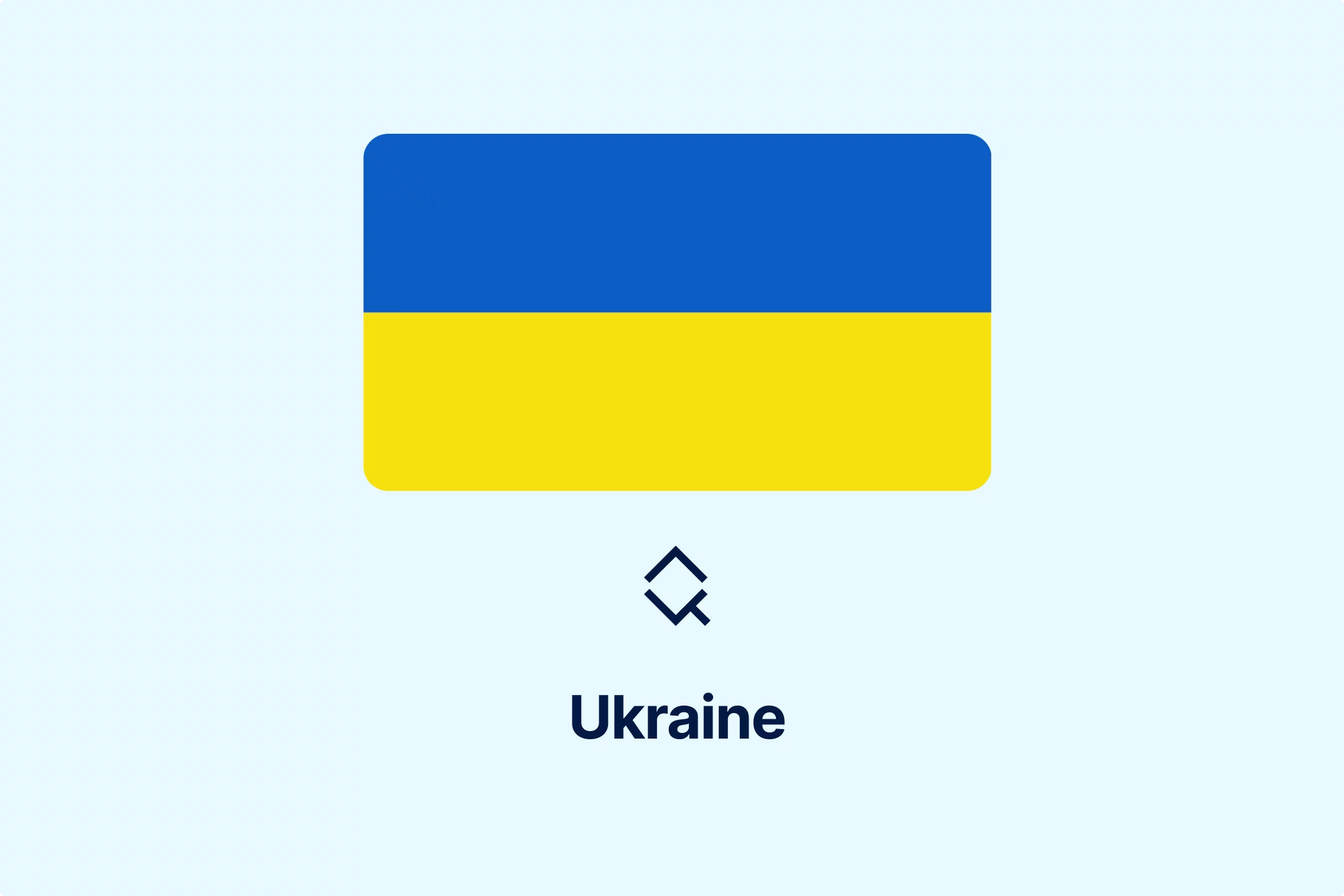
-owvu7zoc13.webp)
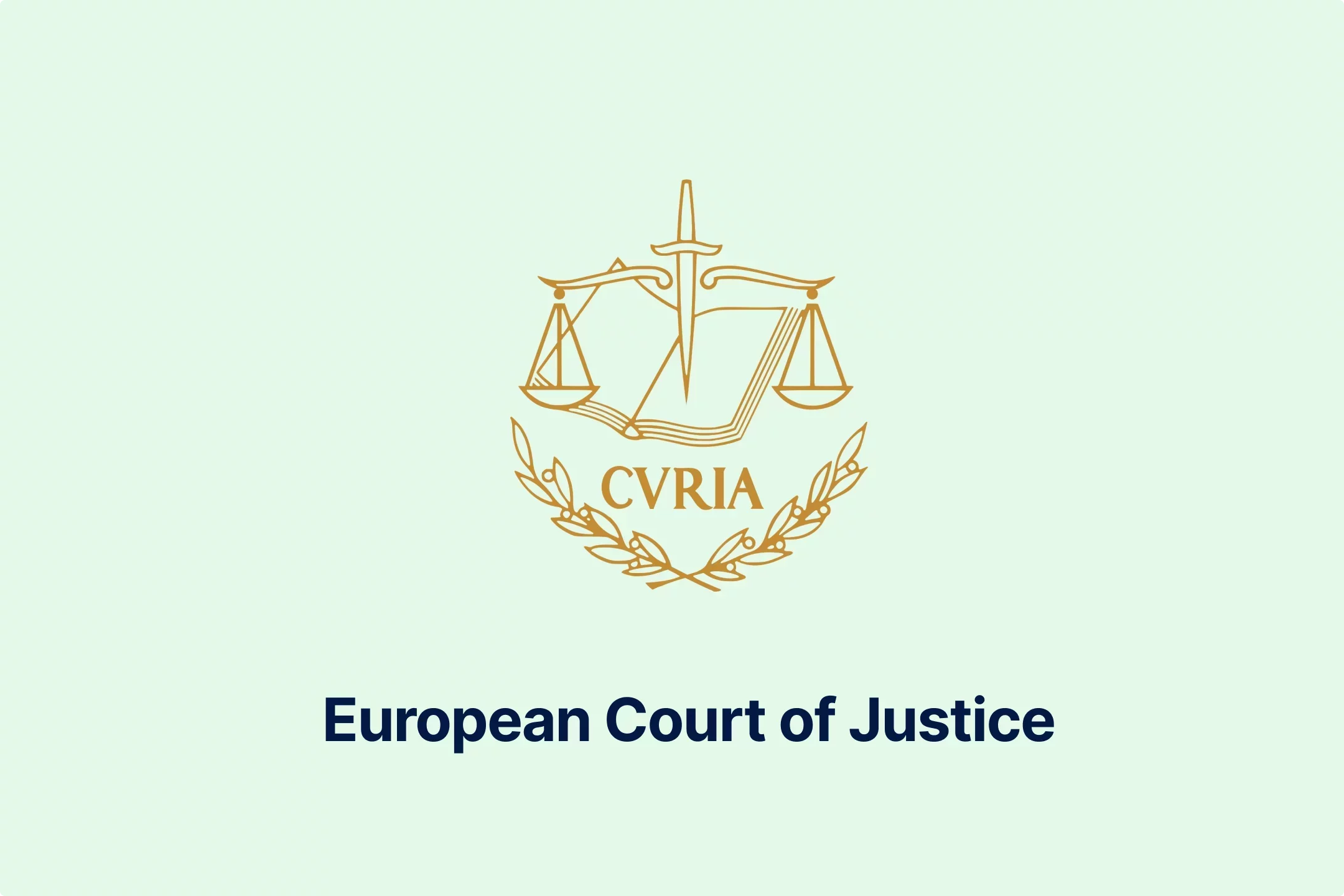

-h28jrh1ukm.webp)
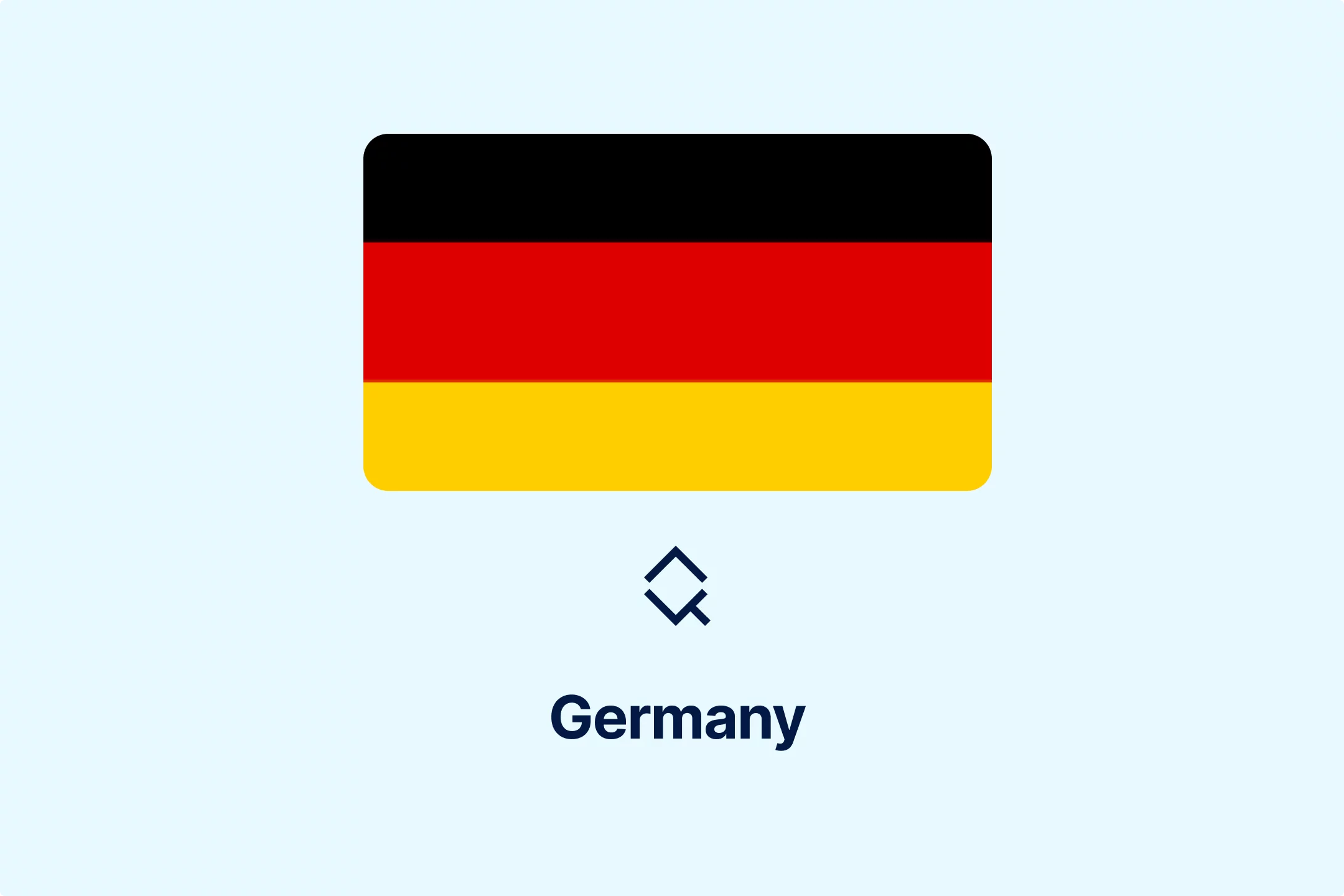
-wl9bl1rw3a.webp)
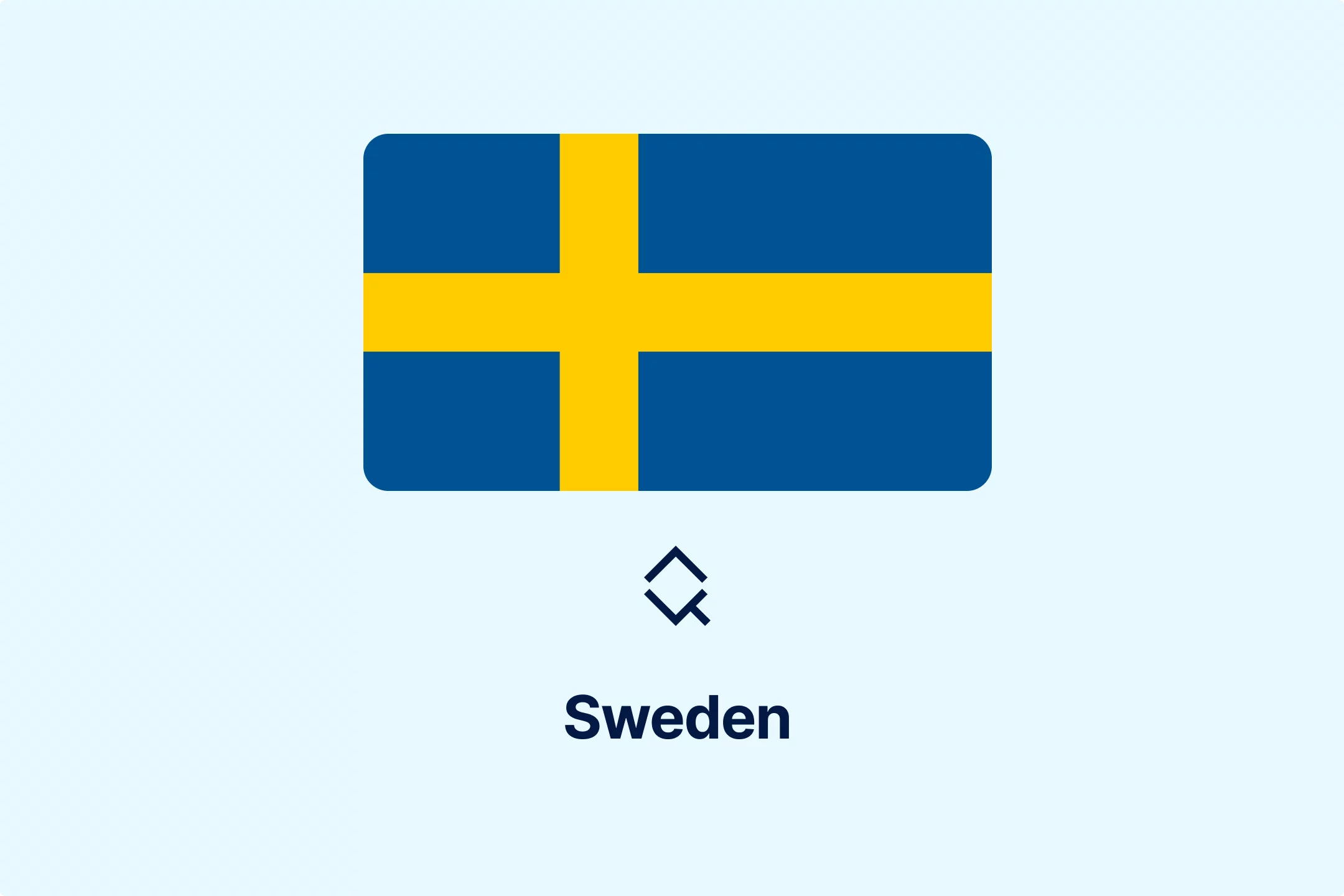
-2w76jtvtuk.webp)
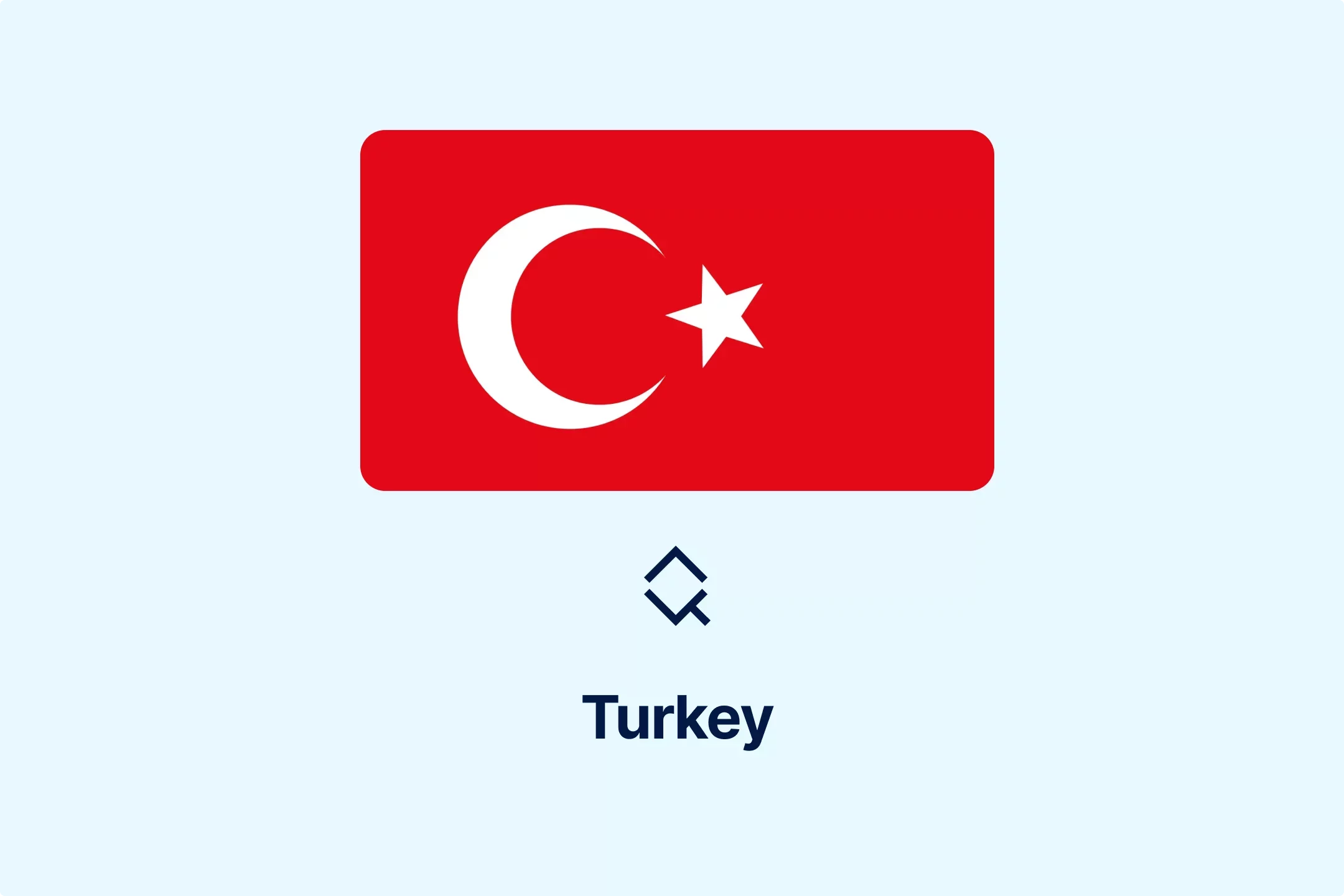
-c0uvrmrq9j.webp)
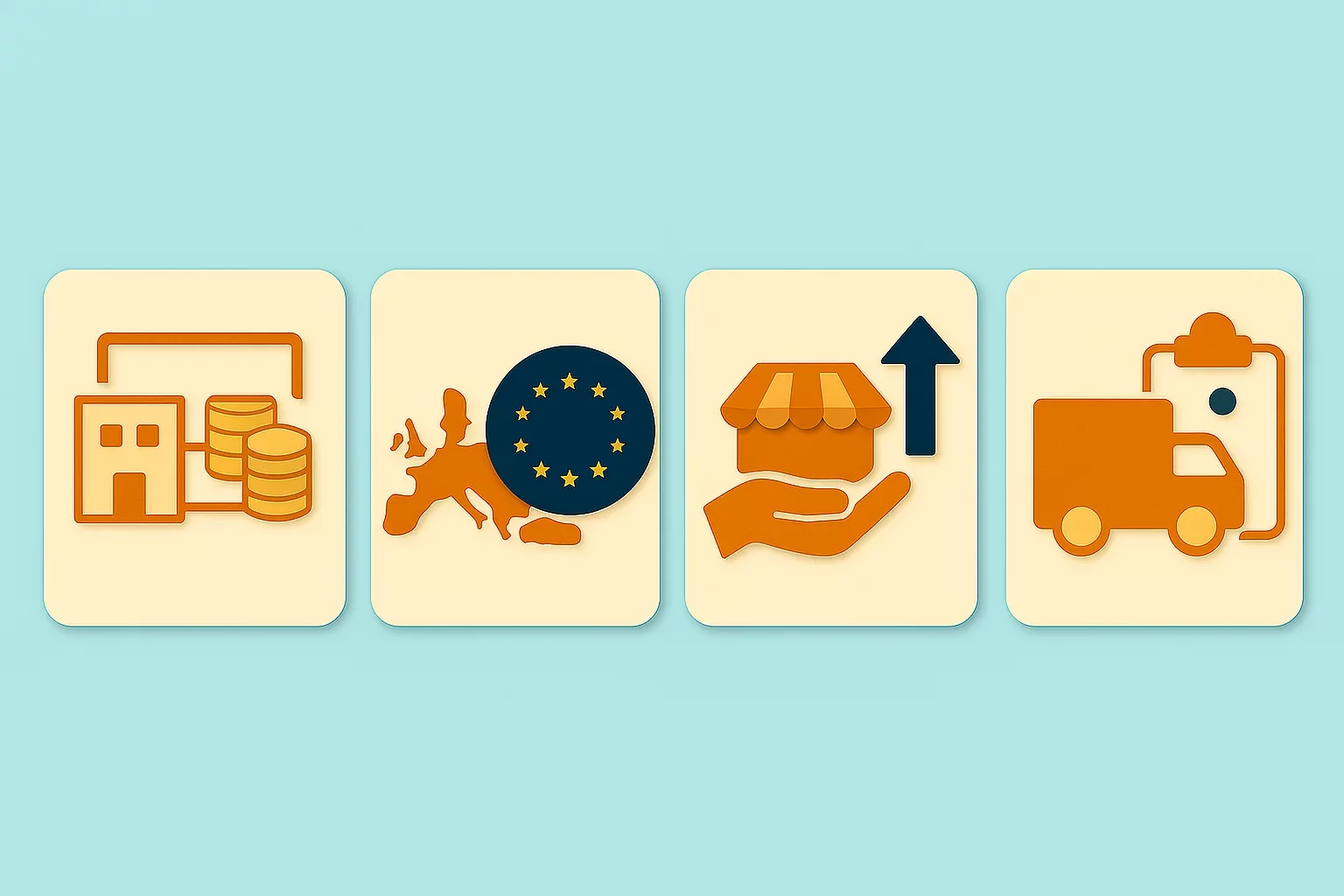
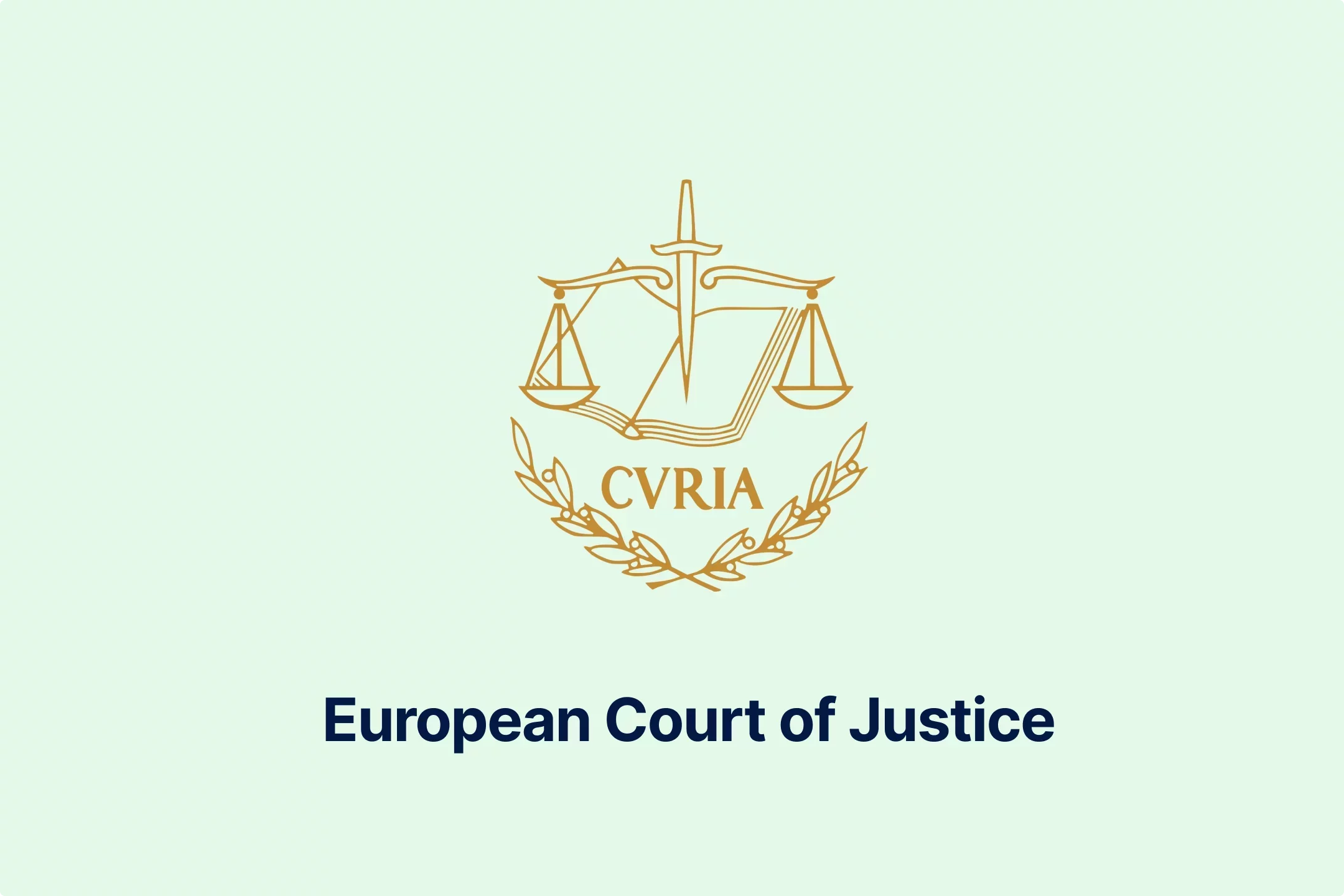
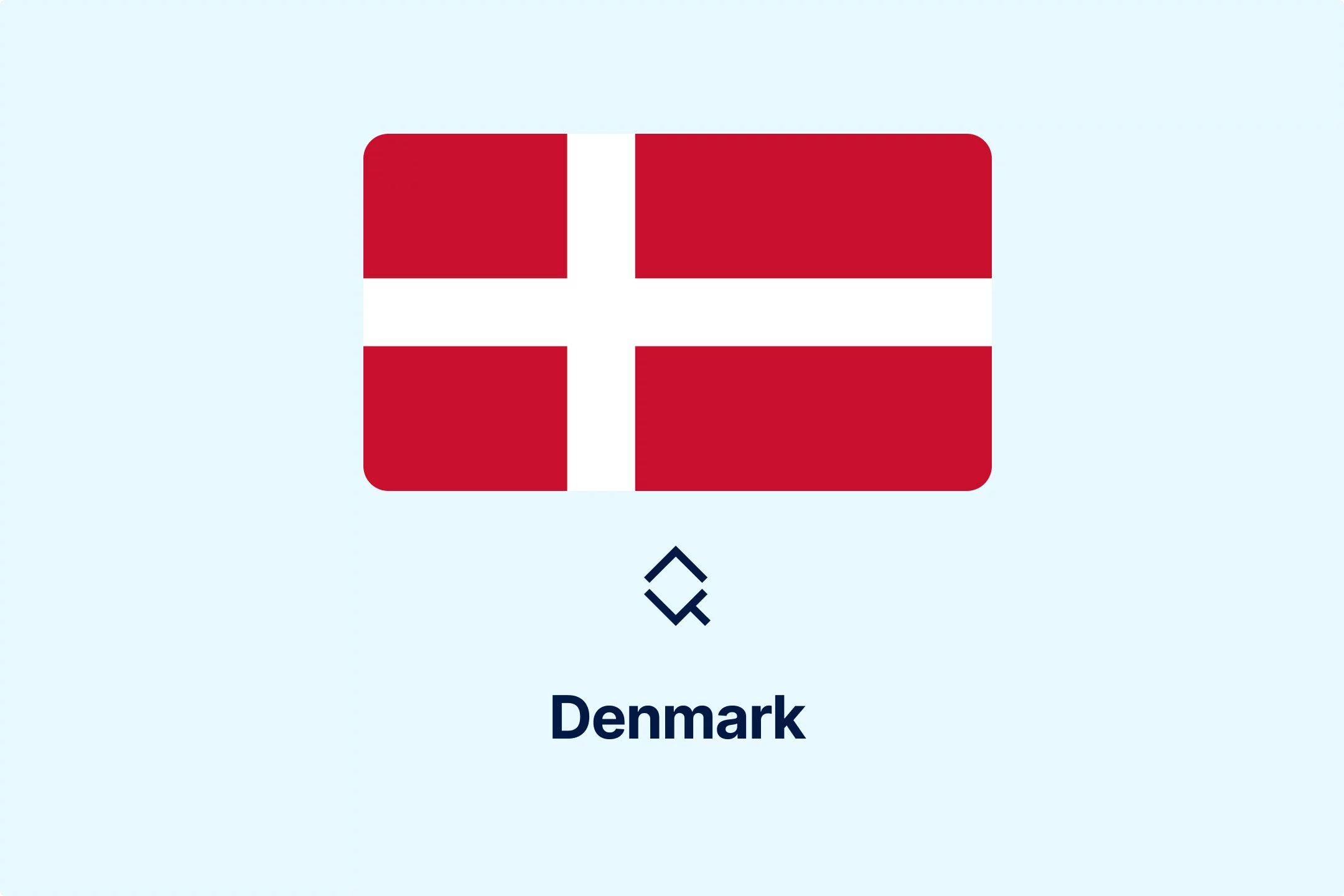
-pofe7ucwz3.webp)
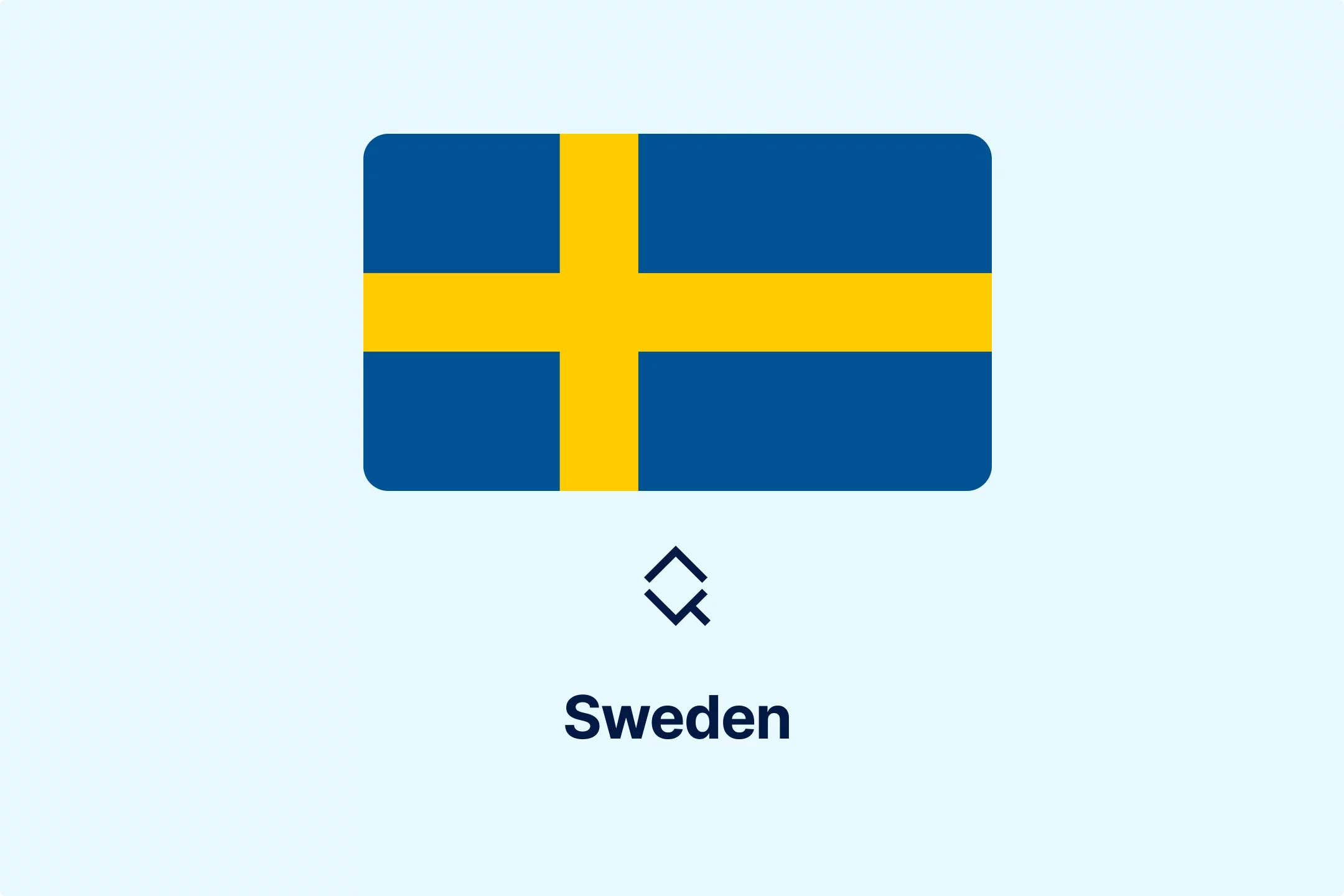

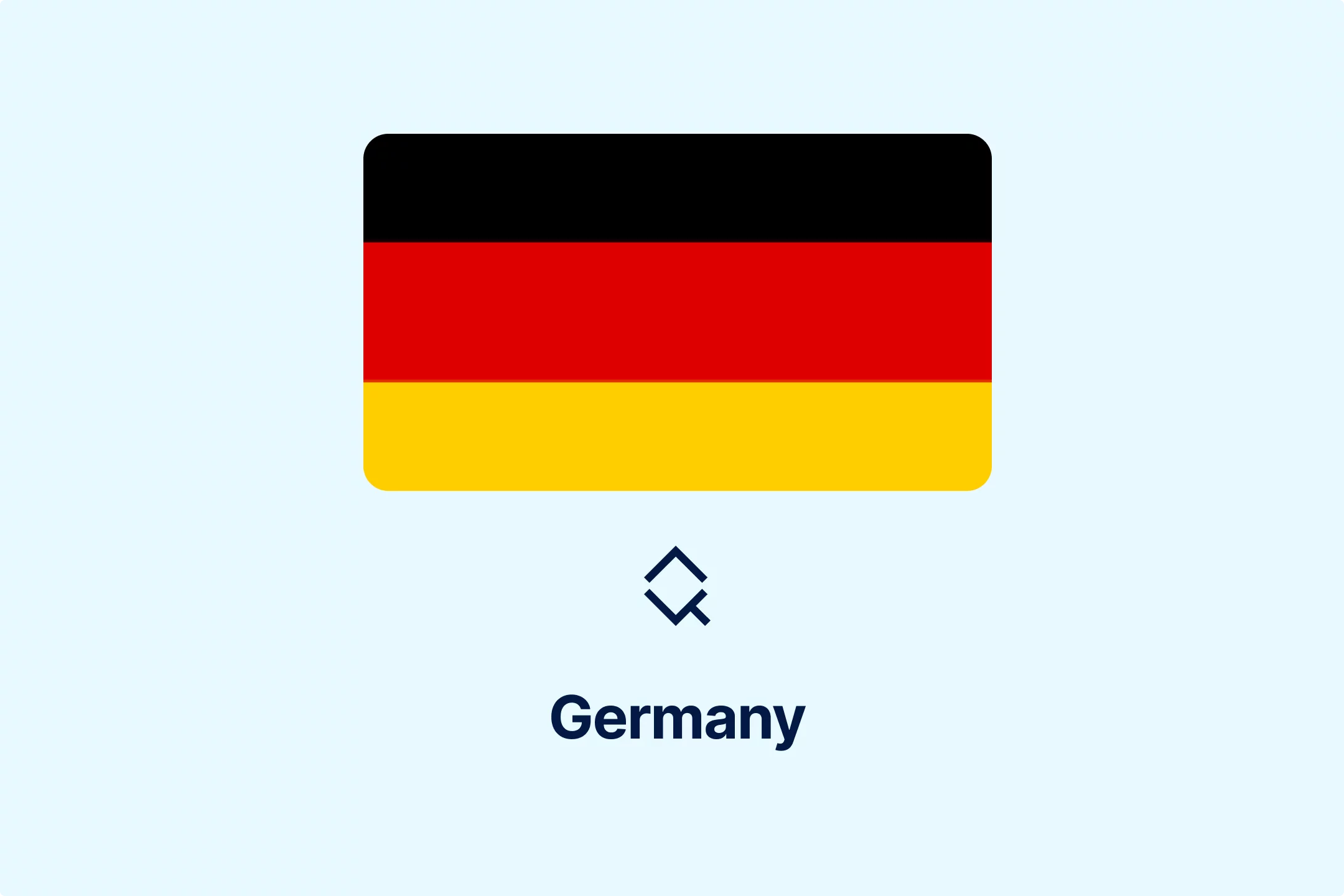
-5cc23ezxyf.webp)
-rrmabbekeb.webp)
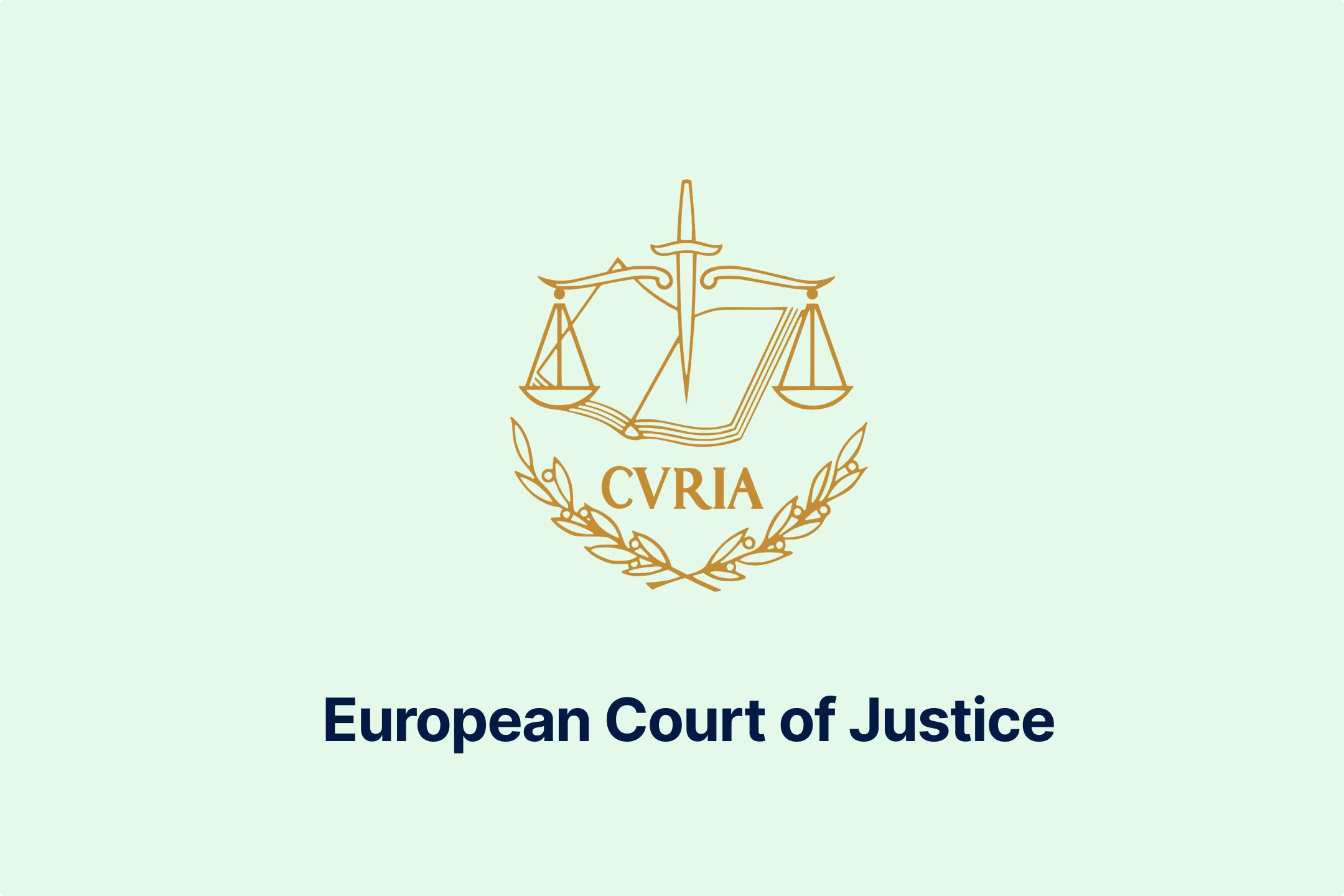
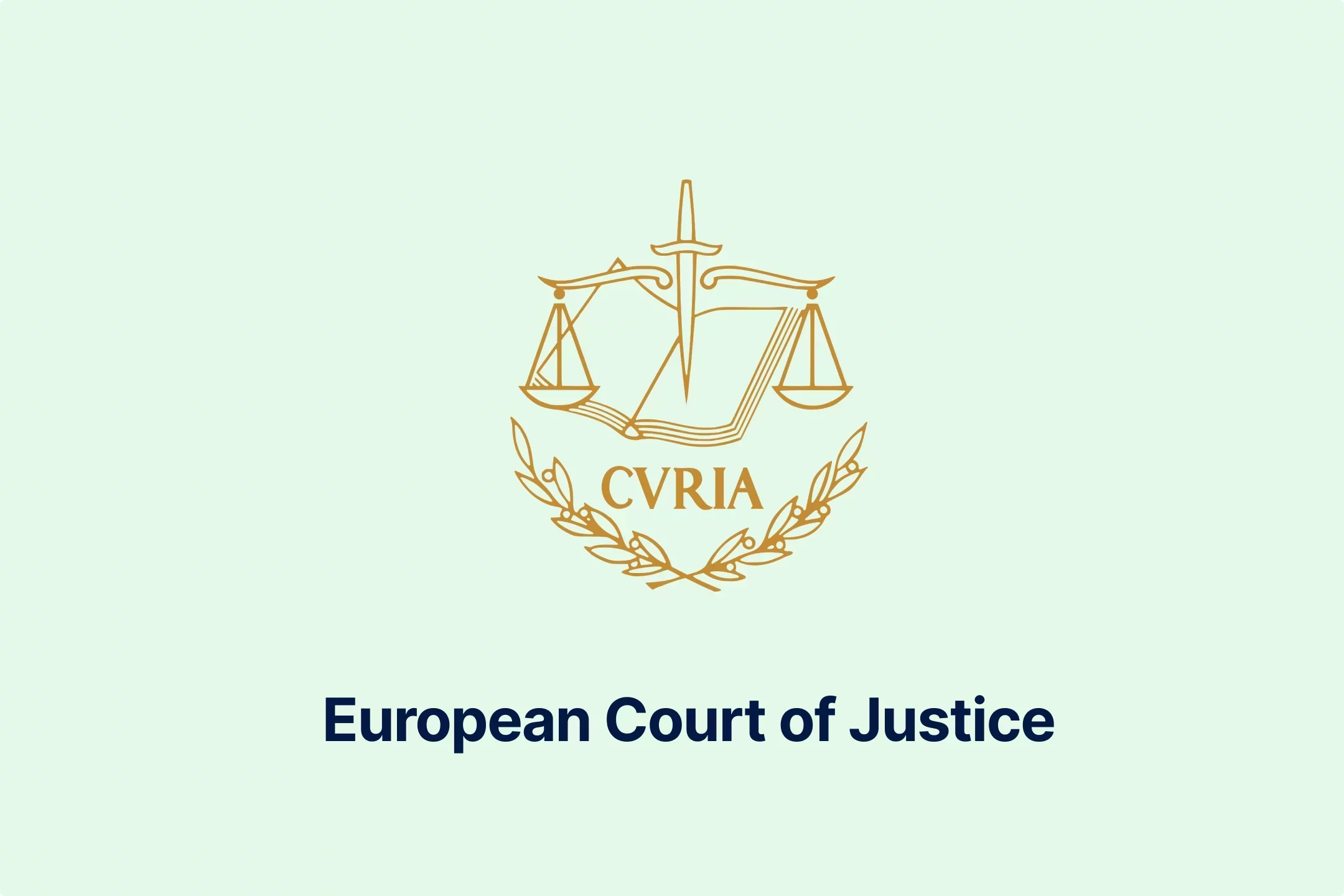
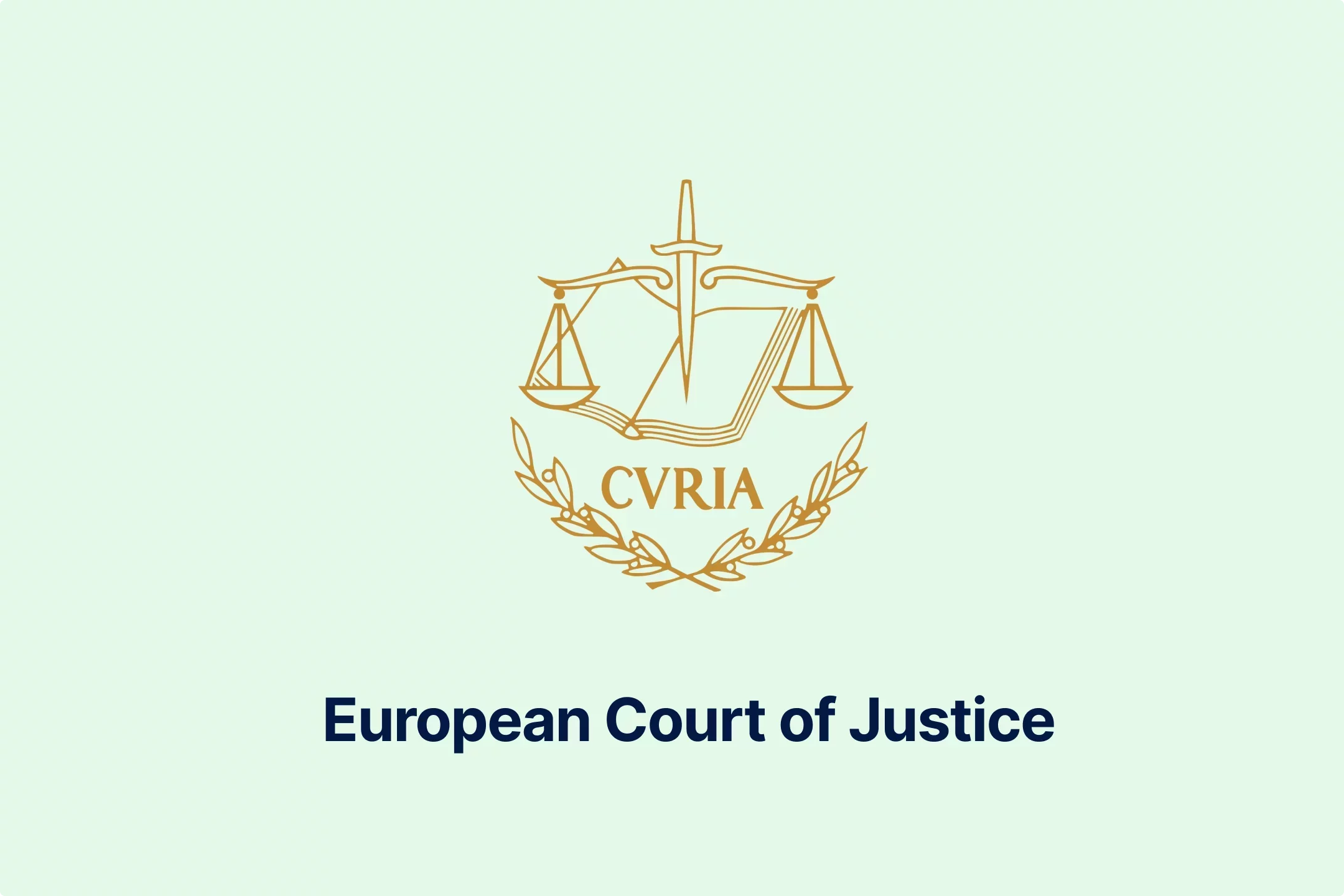
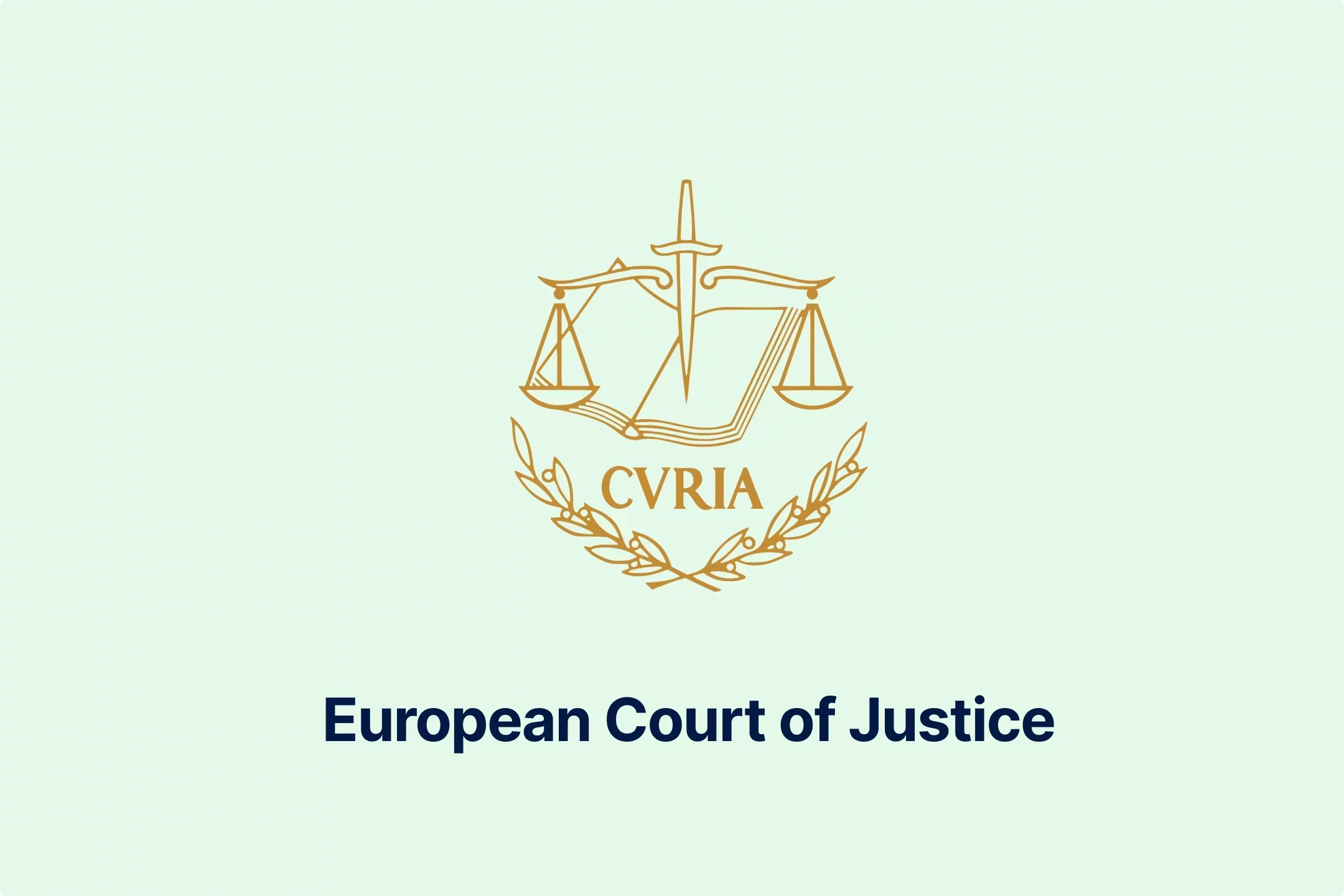
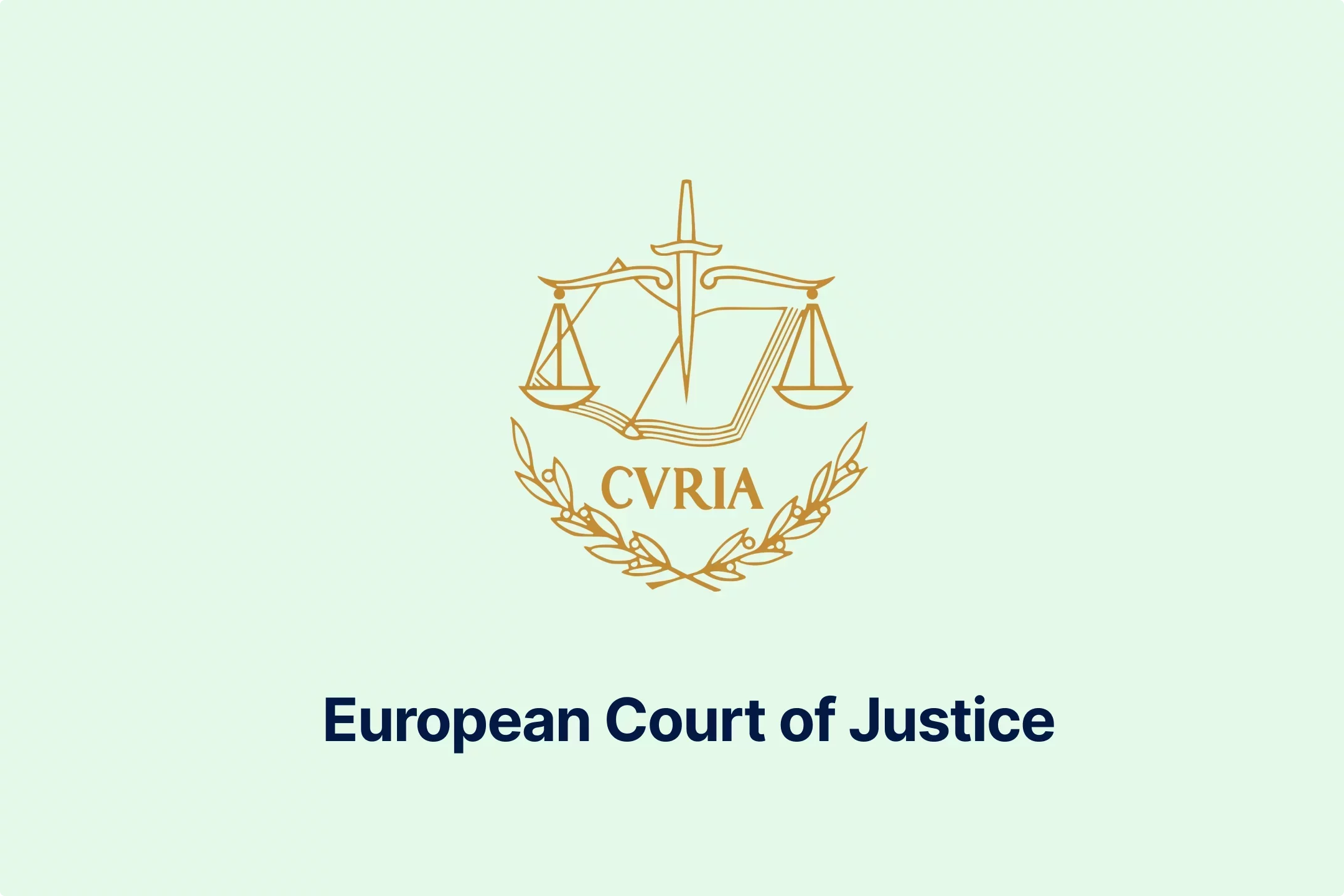
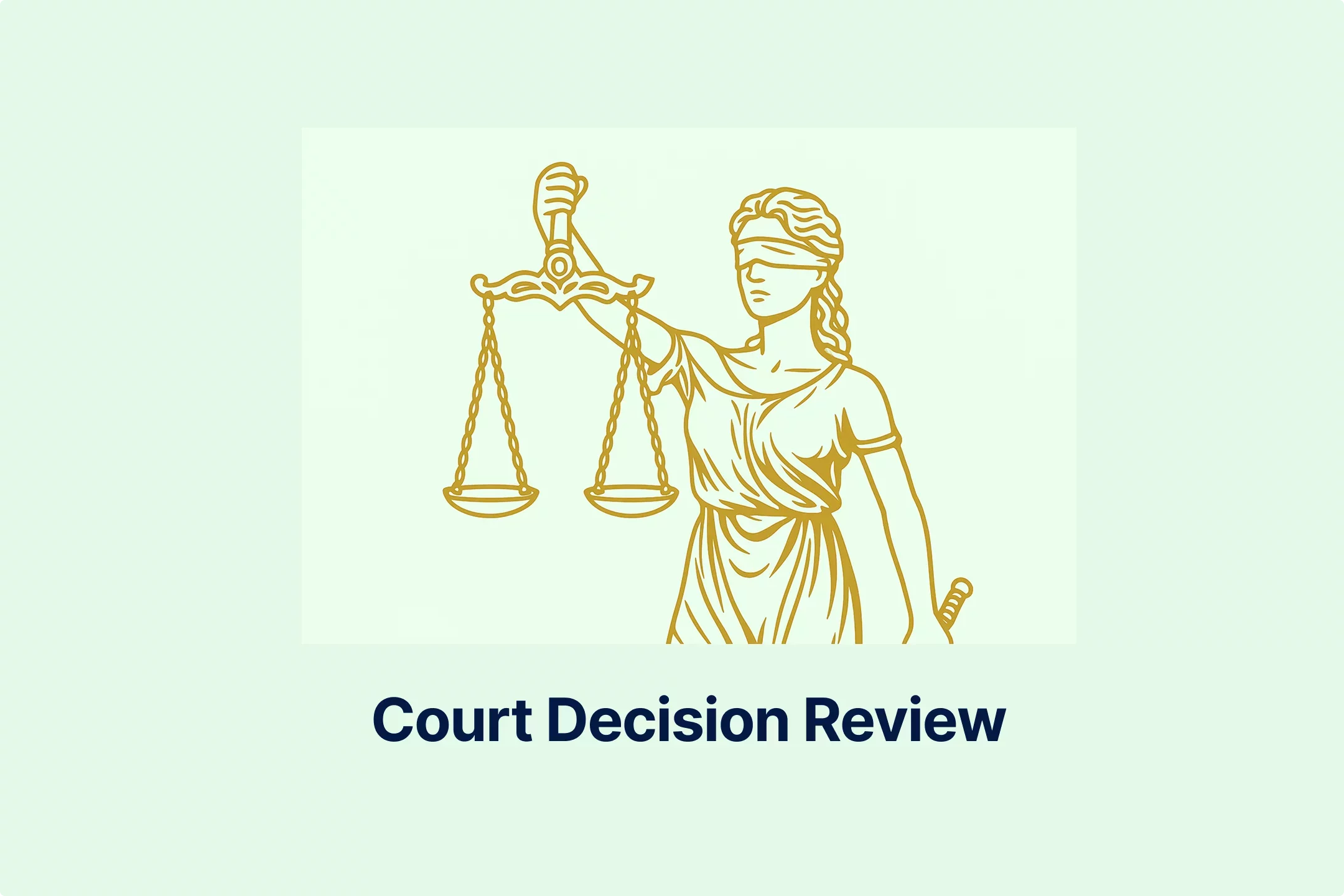
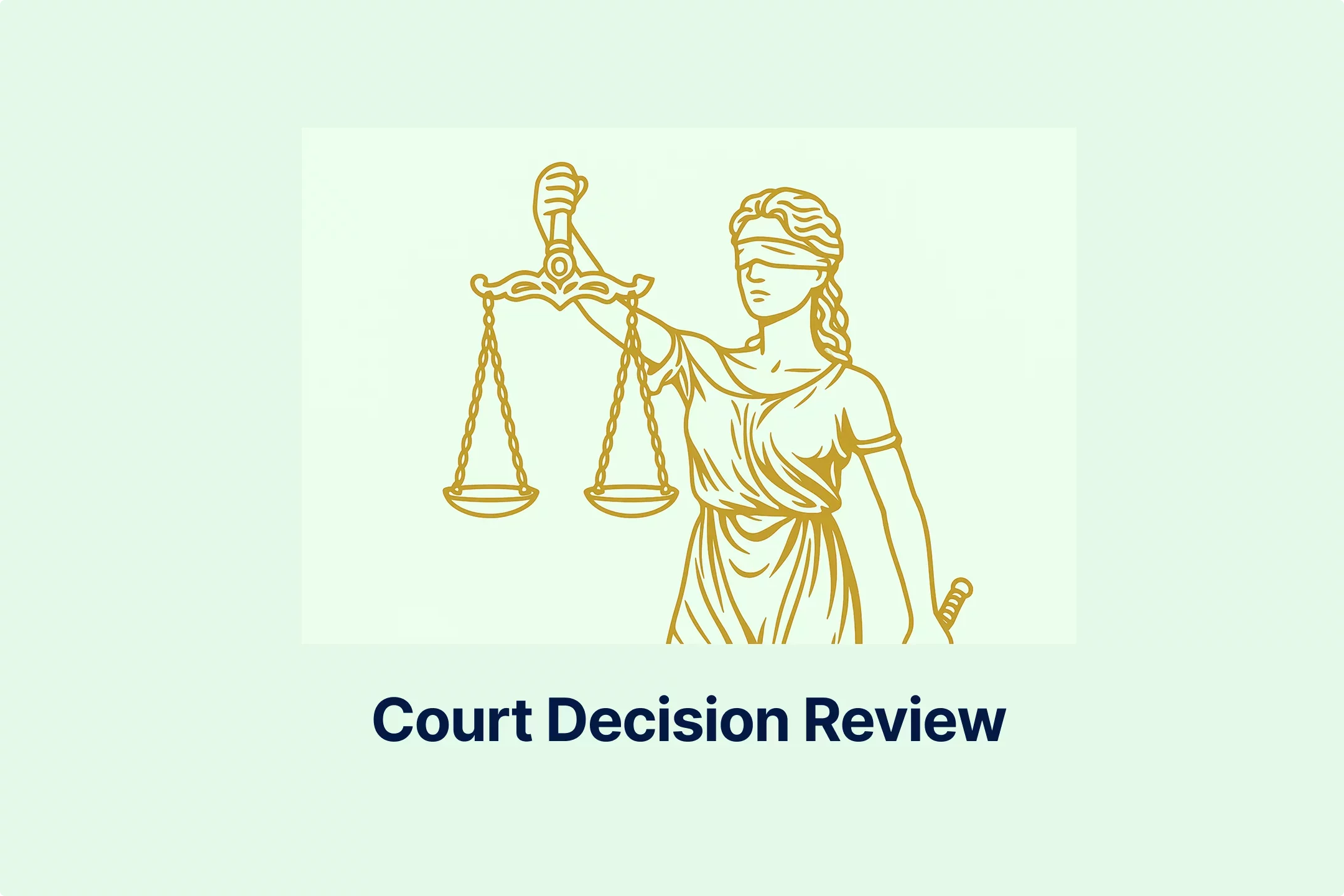
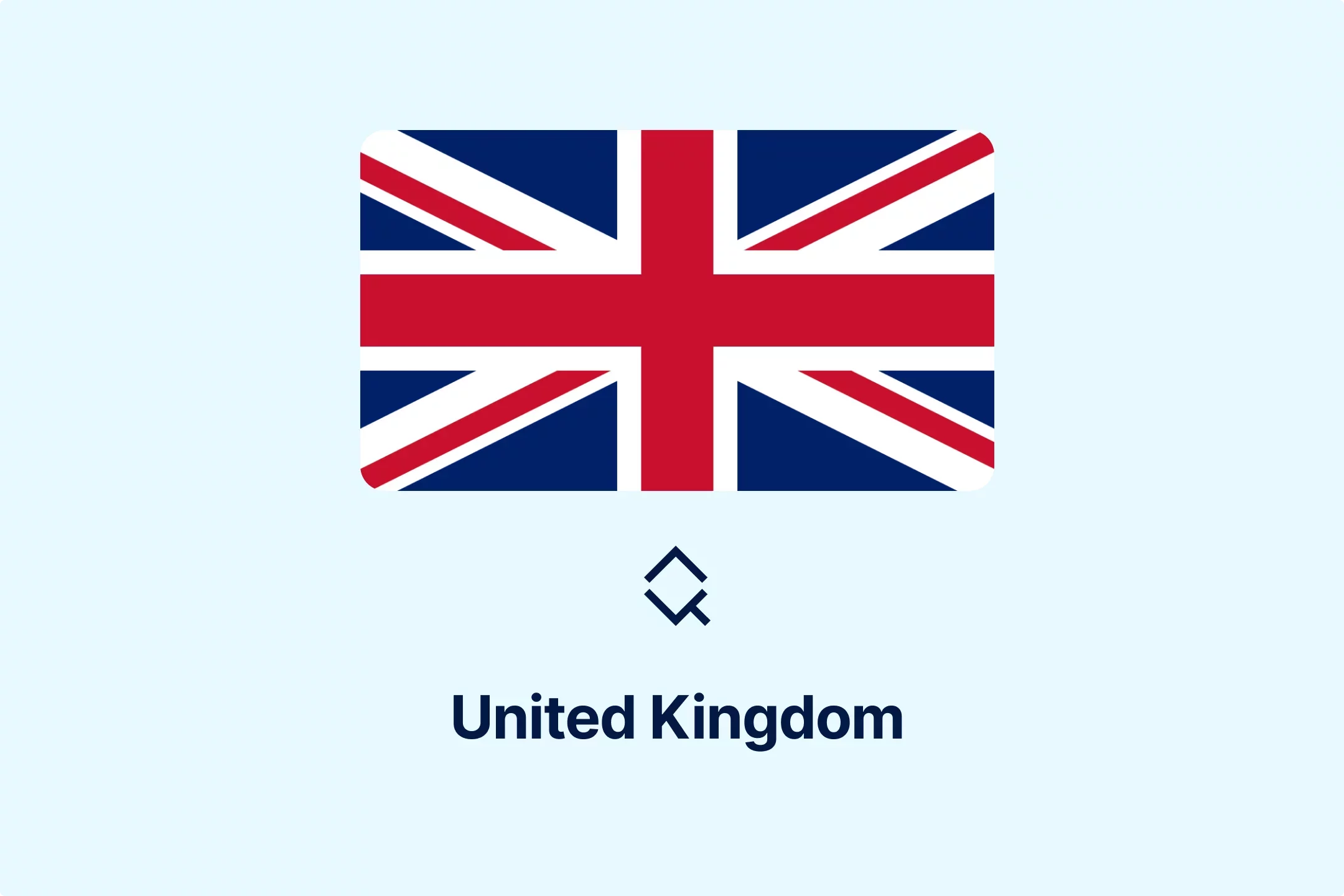
-iyyeiabtaf.webp)
-c8rbjkcs01.webp)
-nilkffjhah.webp)
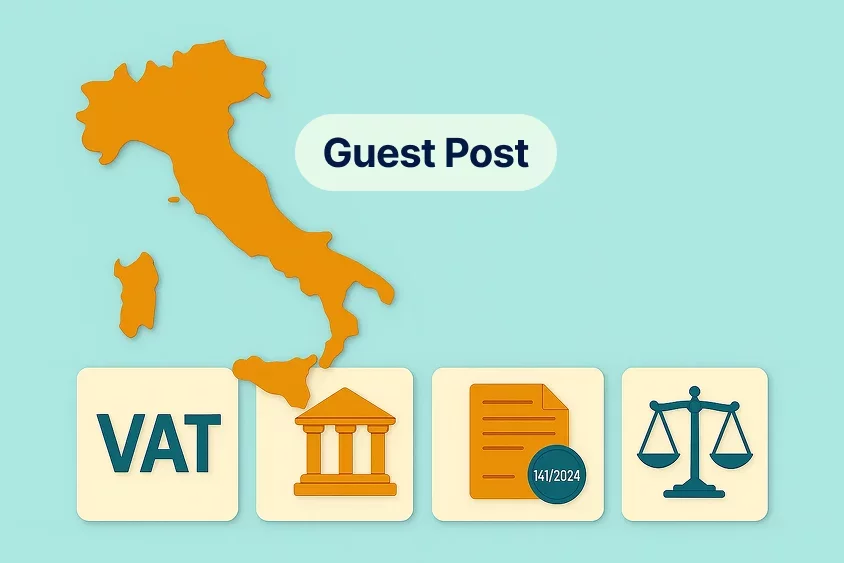
-hikakq55ae.webp)
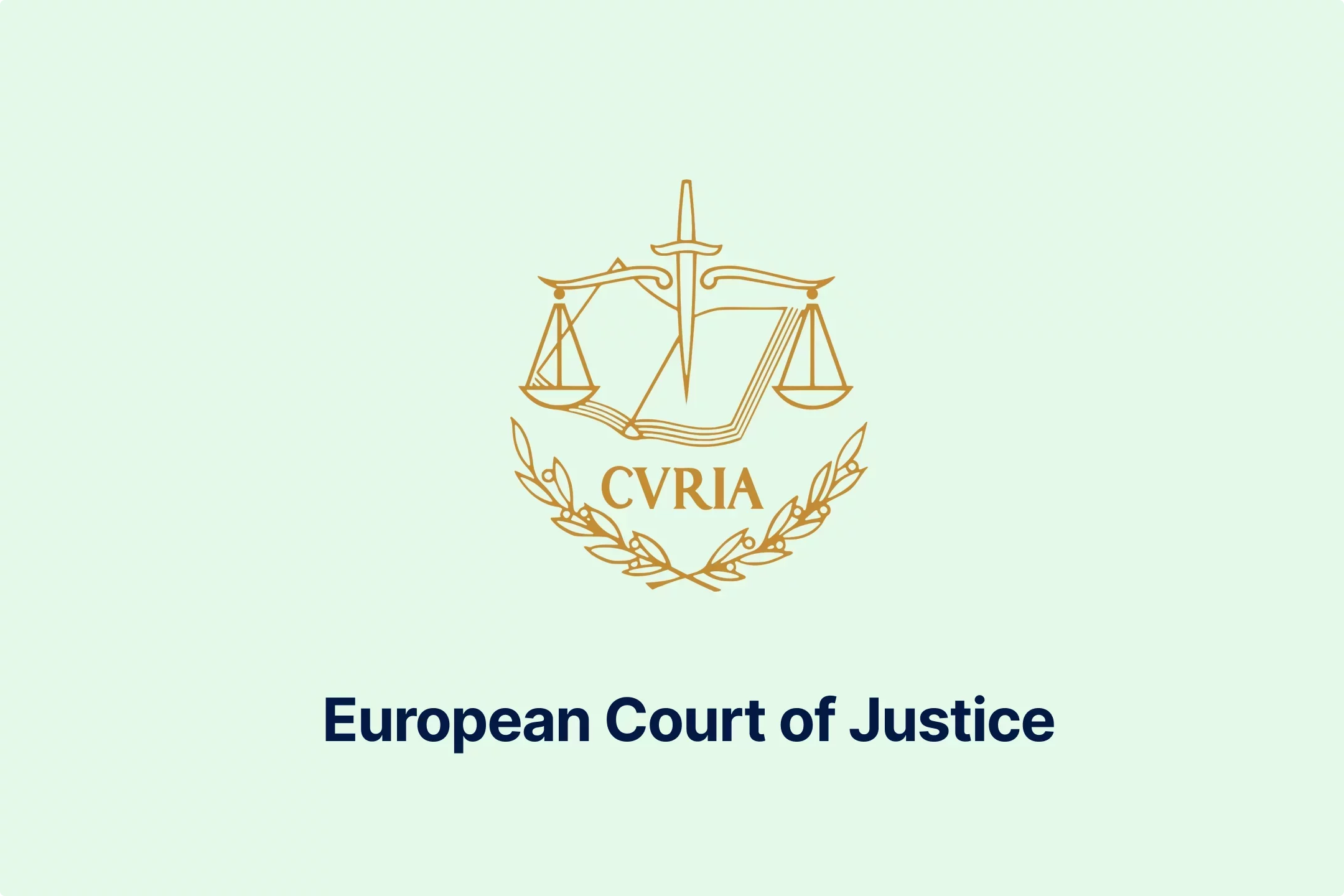
-z1d60bldtg.webp)
-d1a0q6n7mp.webp)
-viip8nvoeh.webp)
-bvv1otliox.webp)
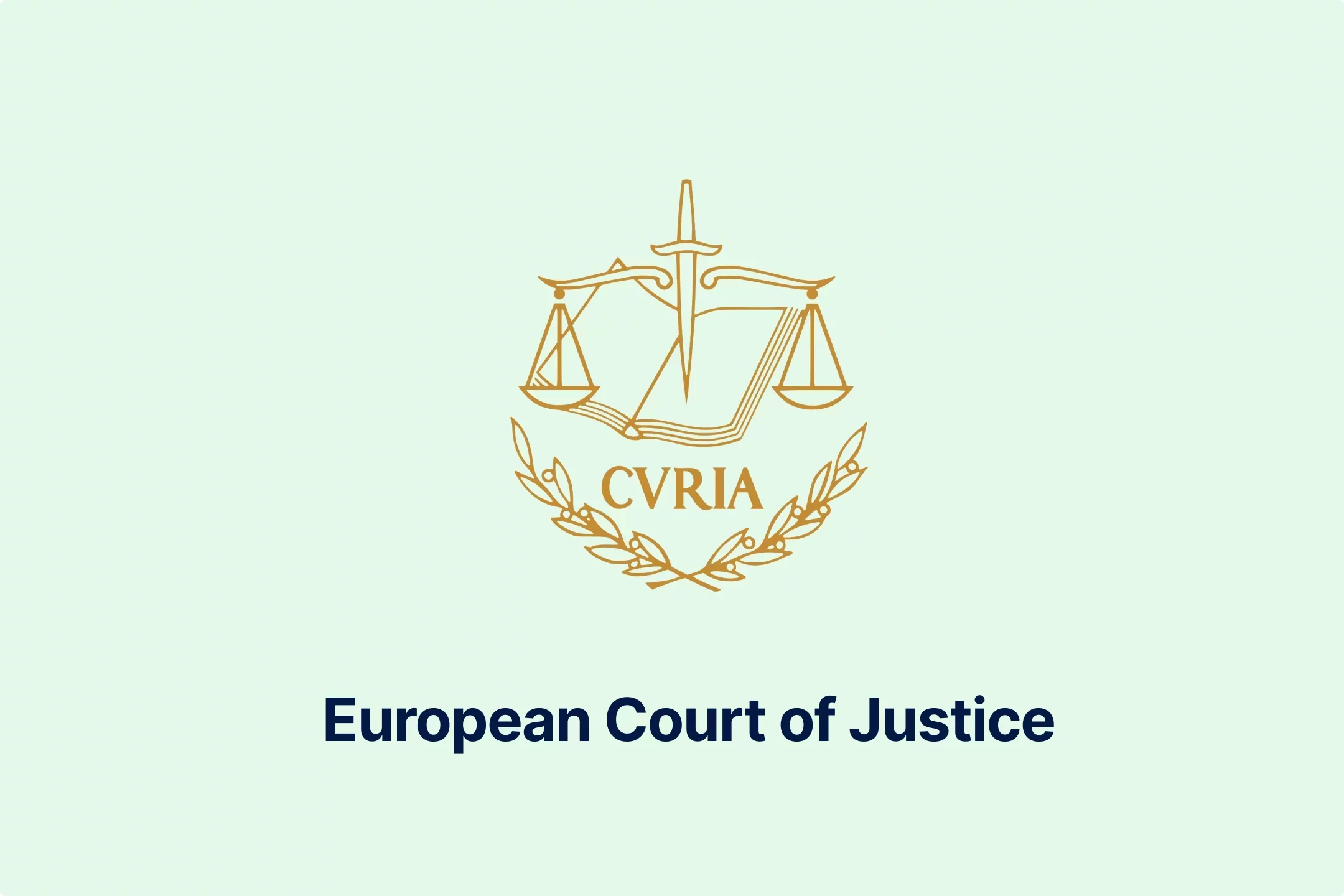
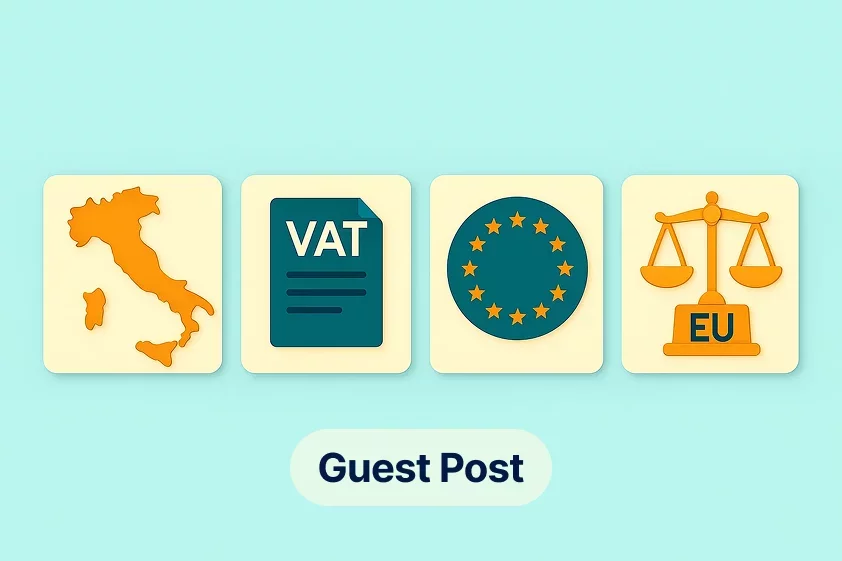
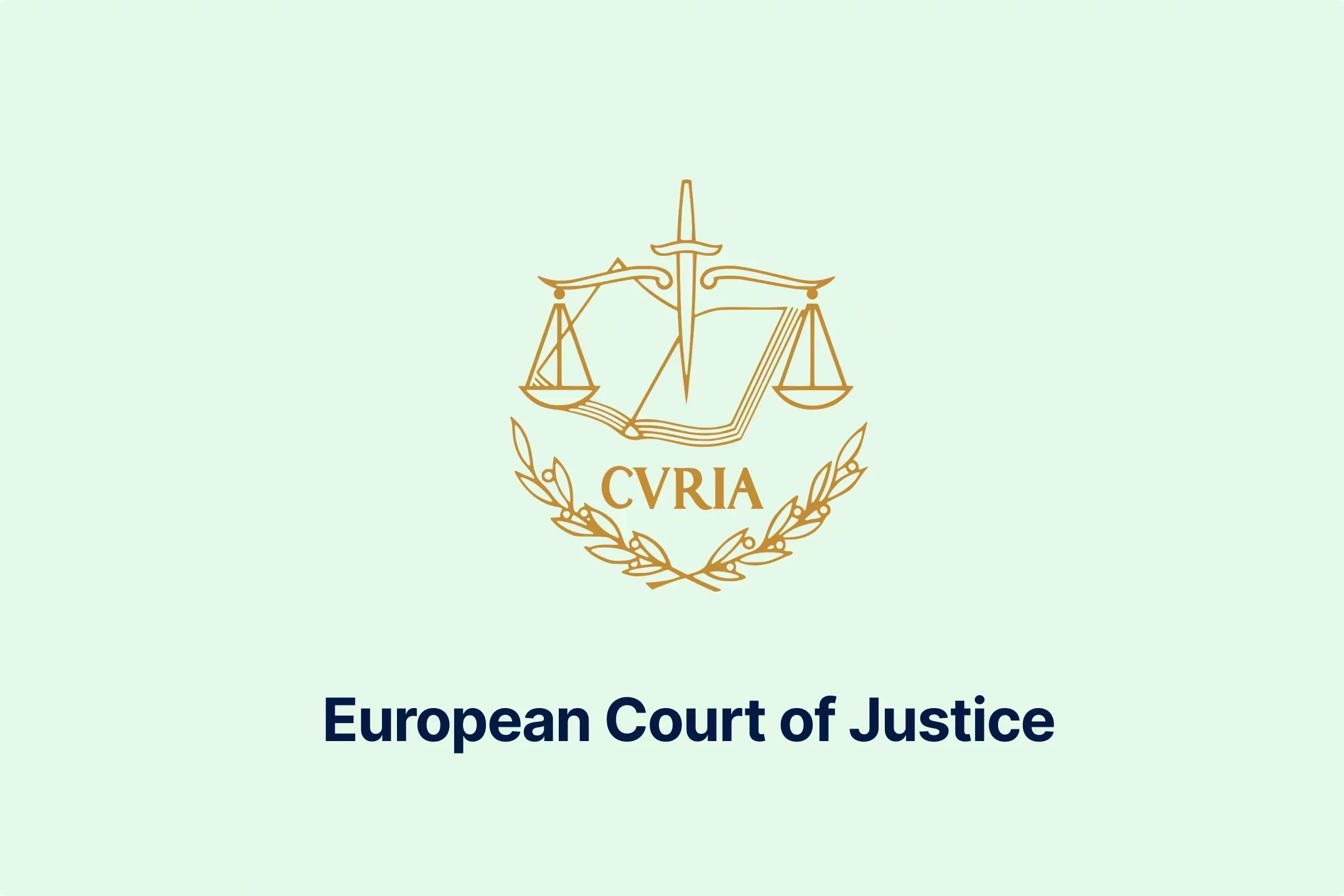
-de8hdb1bn3.webp)
-7xsxxoypnx.webp)
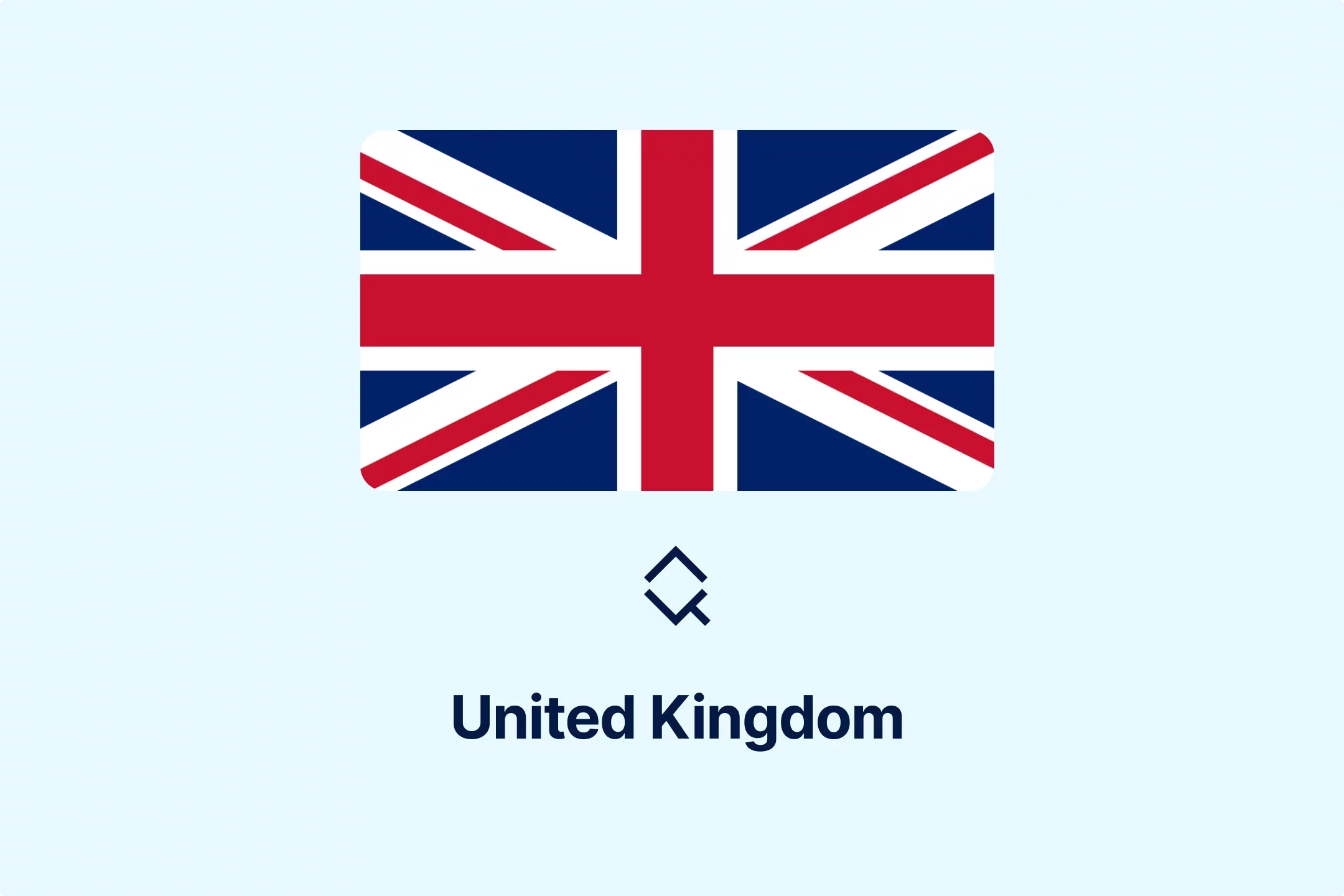
-cm0opezg73.webp)
-0tovsdupmi.webp)
-subxdamdj6.webp)
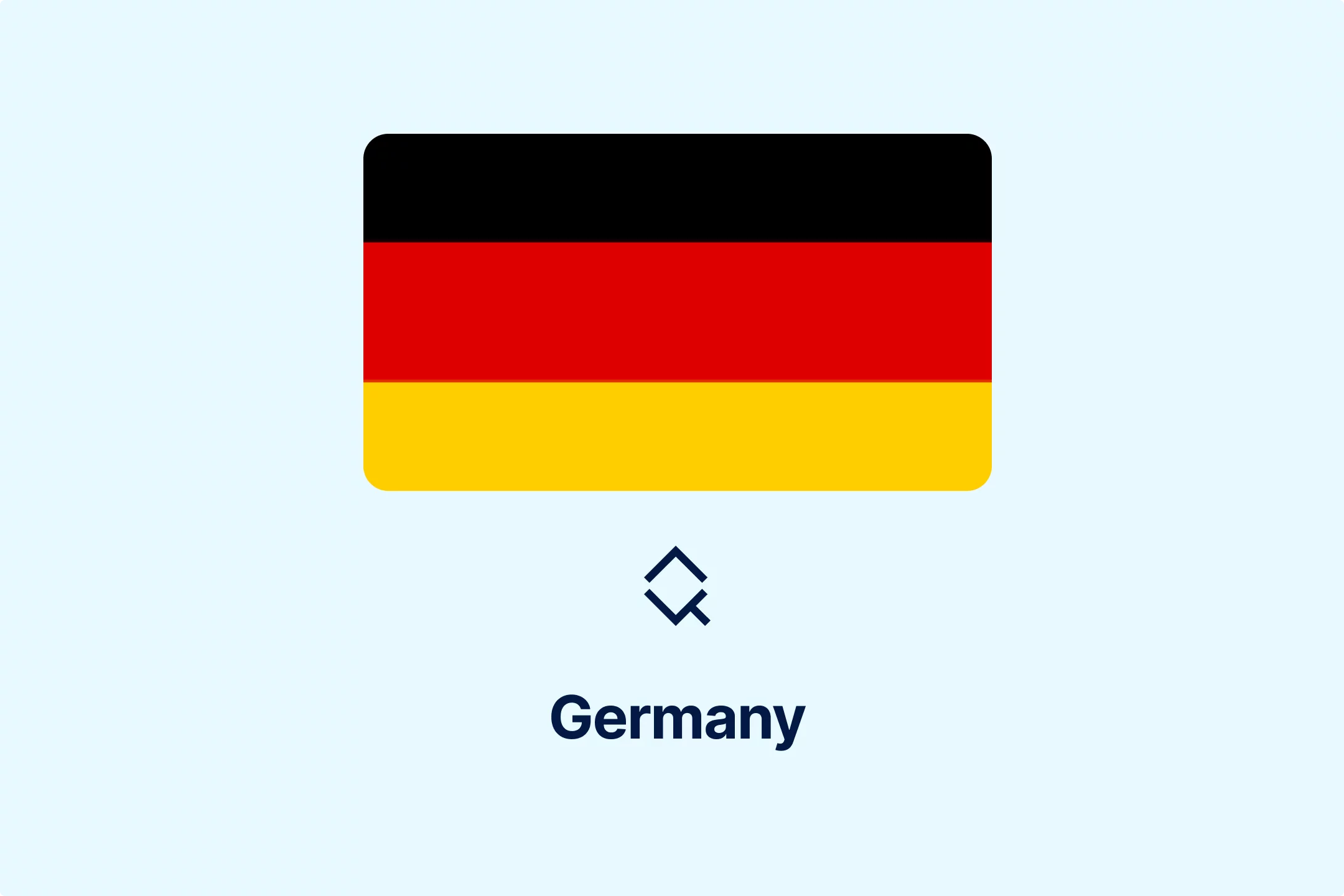
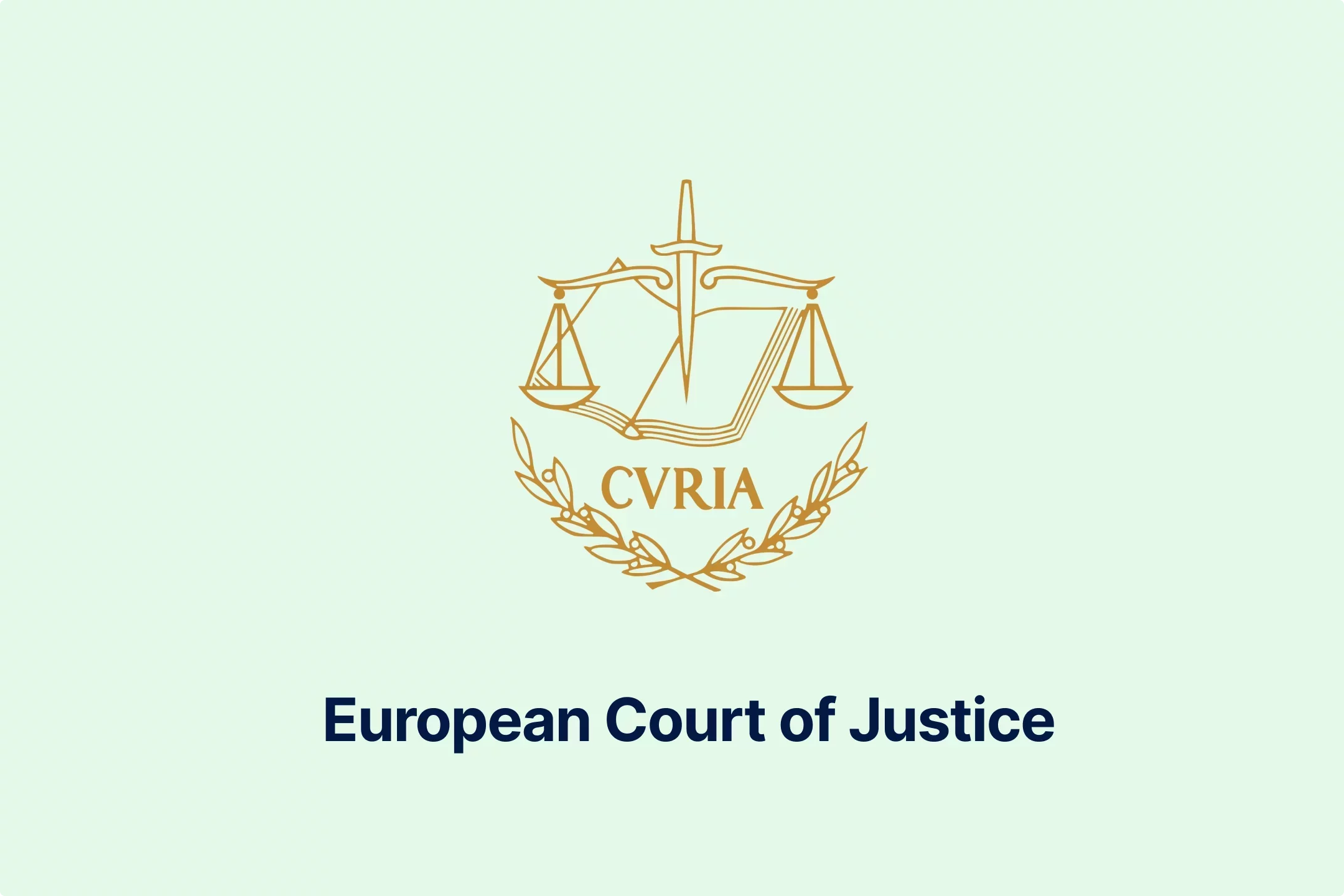
-gly6ablwnh.webp)
-gkduqhwbzh.webp)
-qpe1ld9vcj.webp)
-8noukwsmba.webp)
-aka29tuhkt.webp)


-fisvs27yrp.webp)


-mp0jakanyb.webp)

-aivzsuryuq.webp)



-o7f4ogsy06.webp)

-zjja92wdje.webp)
-hrbhdts8ry.webp)
-qtdkwpgkug.webp)


-cf8ccgah0p.webp)
-0em3cif5s6.webp)





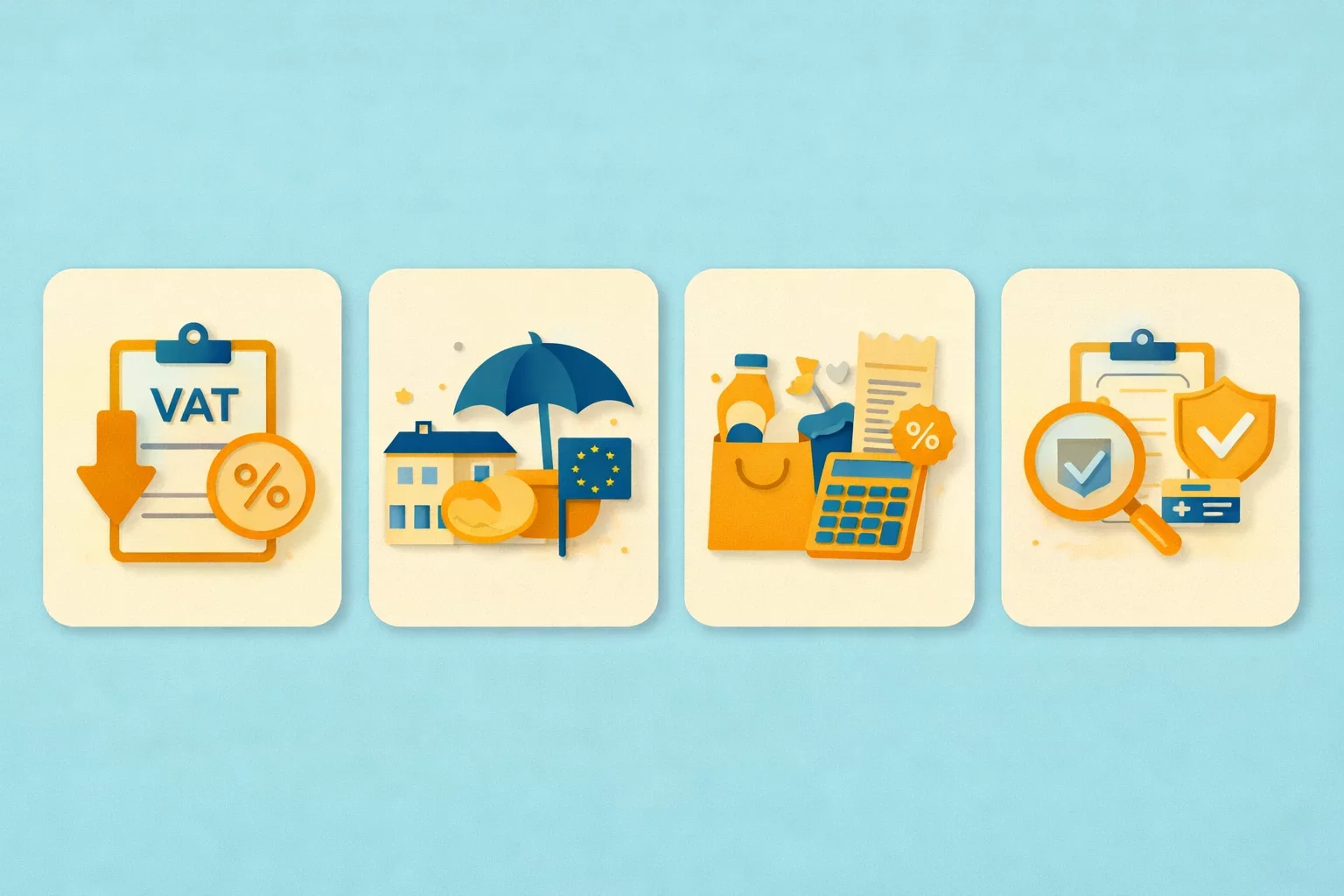
-ptzesl0kij.webp)

-tfzv42pyms.webp)
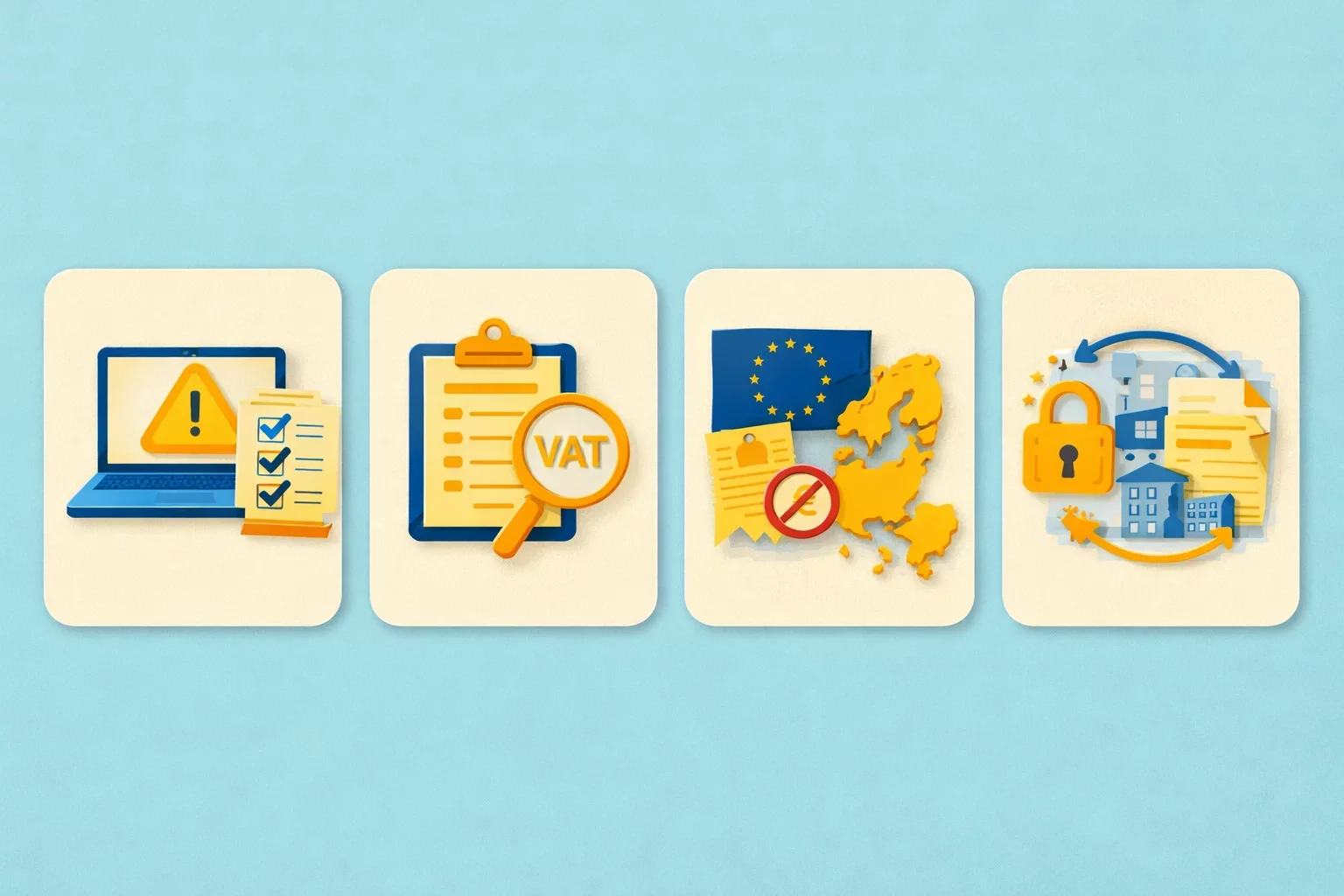






-uodv7sfbih.webp)
-bbrdfmm9qf.webp)



-m2tl8crfqr.webp)


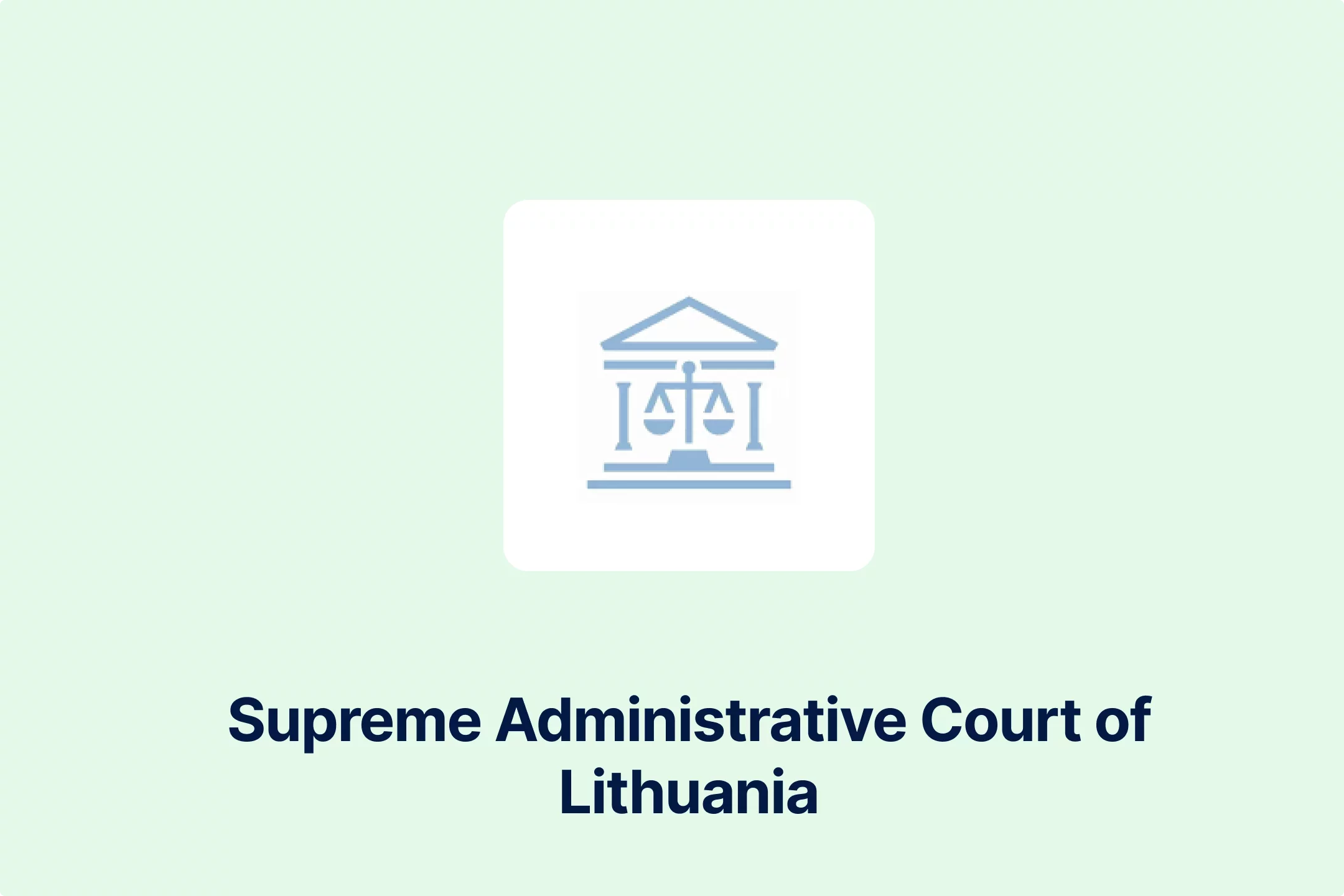

-1awbqjgpjs.webp)
-avbjsn1k1g.webp)


-0h8ohkx6s0.webp)


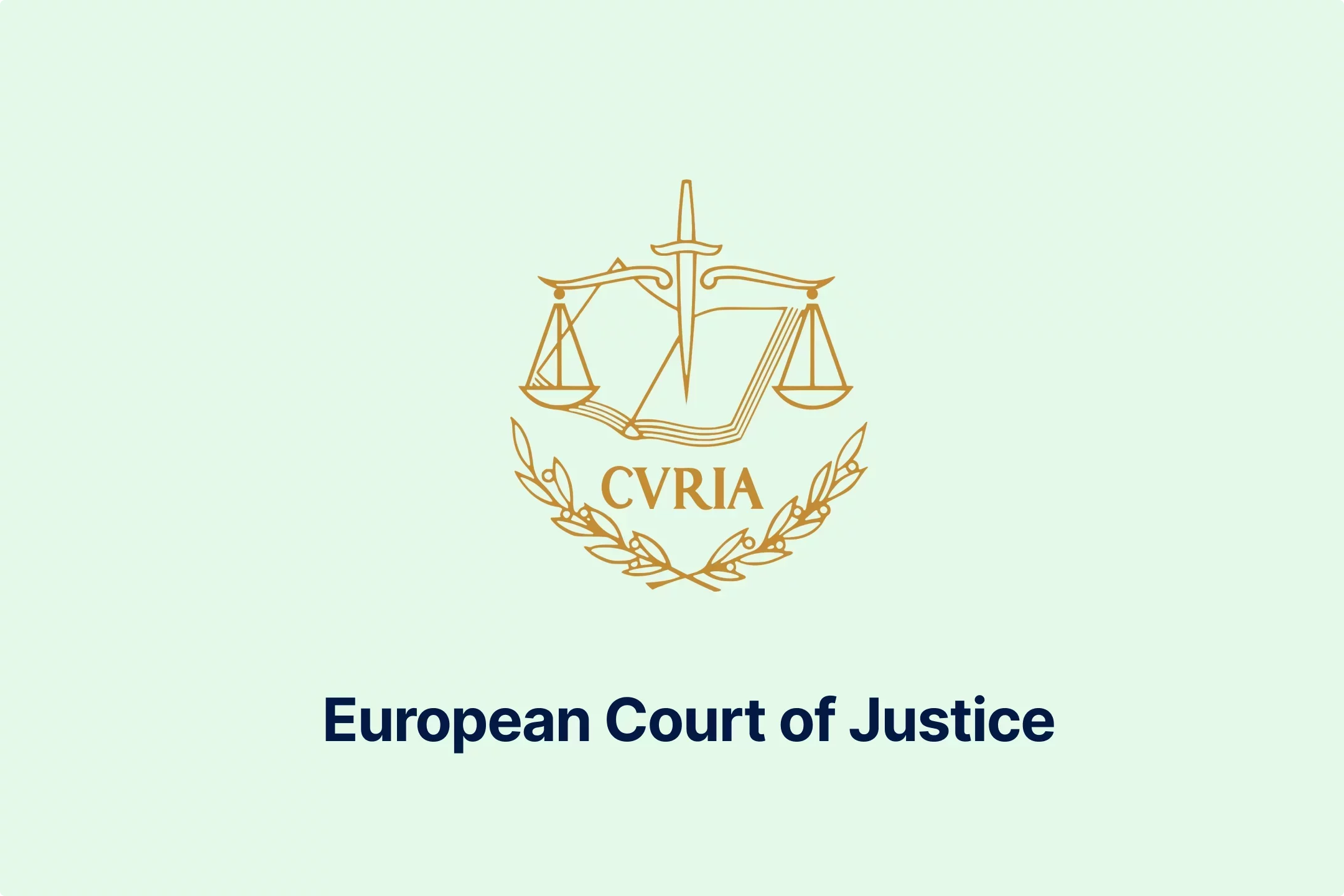
-wfmqhtc7i6.webp)
-7wljbof2zo.webp)
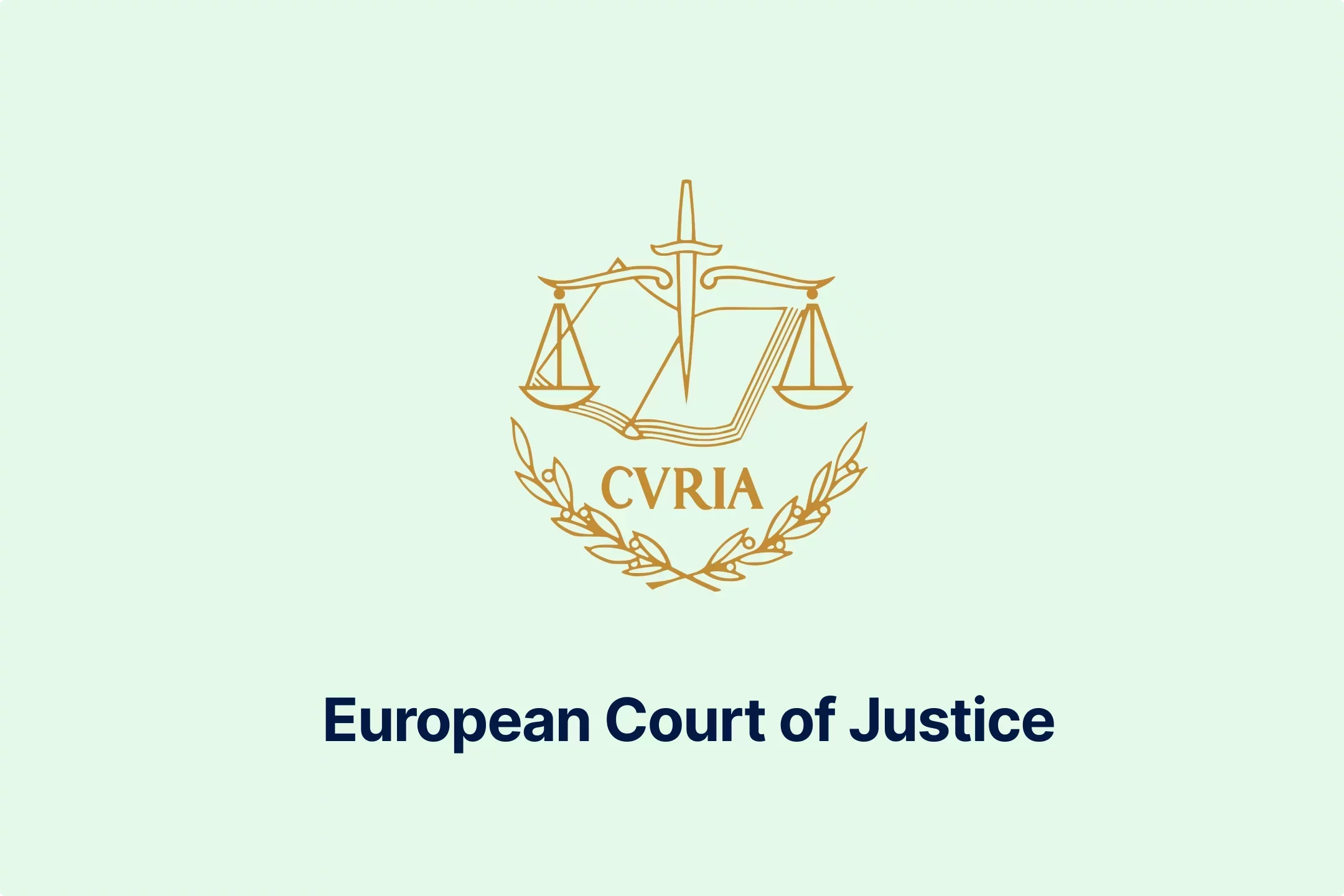
-eqt97uyekl.webp)
-wzw9mcf563.webp)

-z4oxr6i0zd.webp)




-l0zcrrzvhb.webp)
-fhtic1pwml.webp)

-iipdguuz9p.webp)
-nkhhwrnggm.webp)
-pltqwerr3w.webp)

-nn6mtfbneq.webp)

-tmnklelfku.webp)



-8z1msbdibu.webp)
-7g16lgggrv.webp)



-lxcwgtzitc.webp)
-9mc55kqwtx.webp)


-xla7j3cxwz.webp)
-jrdryw2eil.webp)






-t9qr49xs2u.webp)


-qjopq5jplv.webp)



-vune1zdqex.webp)

-qsozqjwle2.webp)
-rgjta7iwiv.webp)

-zb6bxxws47.webp)
-lyfjzw4okp.webp)

-ogpfmol5m1.png)


-czisebympl.png)

-zetvivc79v.png)
-ud7ylvkade.png)
-qizq6w2v5z.png)







-ihr6b4mpo1.webp)
-k1j4au0ph6.webp)
-swxxcatugi.webp)


-ig9tutqopw.webp)

-tauoa6ziym.webp)

-spr0wydvvg.webp)
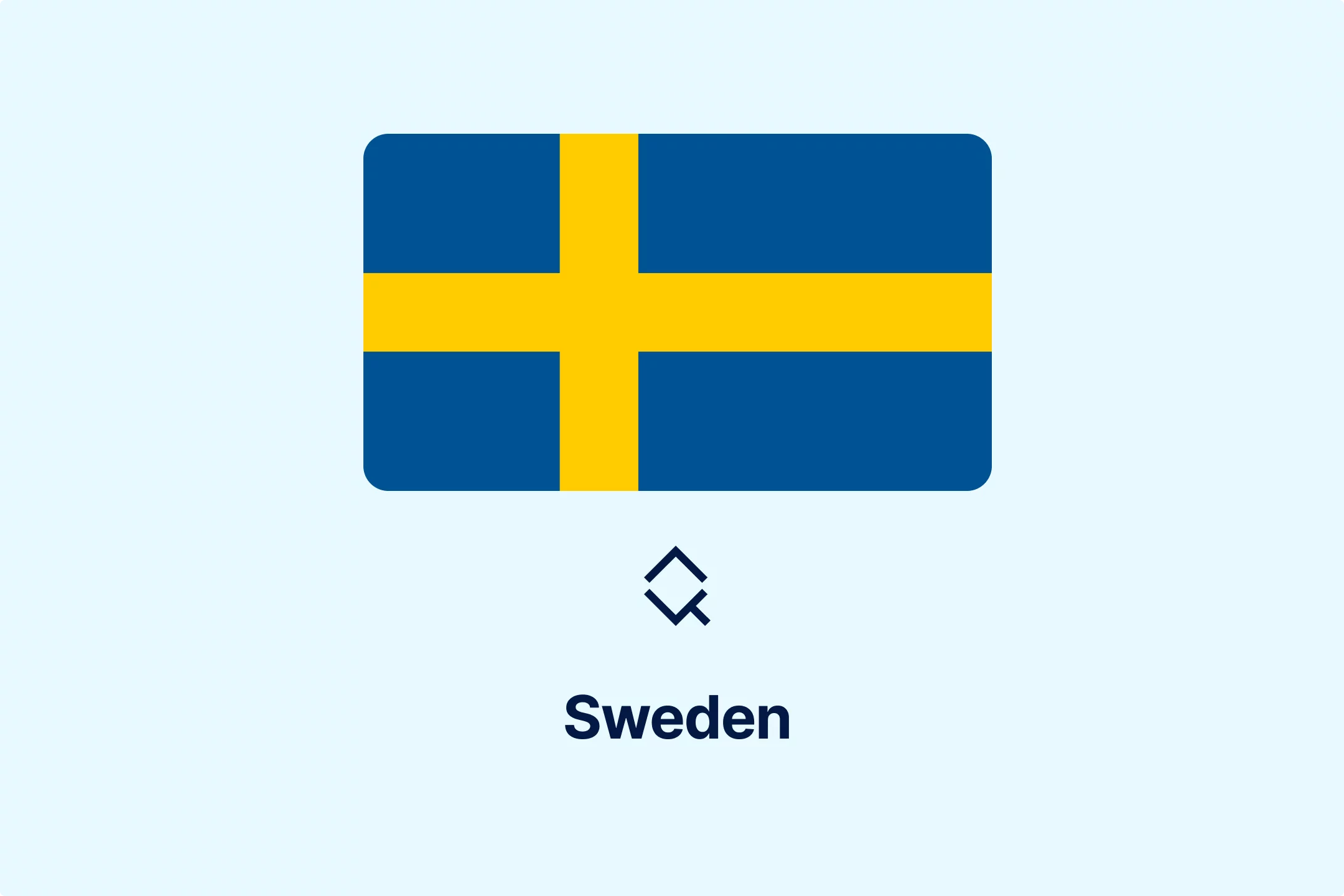
-xfuognajem.webp)





-u2nv5luoqc.webp)








-opuxpan2iu.webp)




-kwttsfd8ow.webp)
-8u14qi10nj.webp)

-wjpr96aq5g.webp)

.png)

.png)


.png)


.png)



.png)
.png)
.png)
.png)
.png)

.png)
.png)




.png)
.png)




































































































































